With the exception of the organically bound elements hydrogen, carbon, nitrogen and oxygen, there are about 20 or so inorganic mineral elements which are considered to be essential to animal life, including fish and shrimp. The essential mineral elements are usually classified into two main groups according to their concentration in the animal body; the macroelements and the microelements (Table 11)
Table 11. The essential mineral elements 1
| Macroelements |
Trace or microelements |
| Principal cations |
Principal anions |
| Calcium (Ca) |
Phosphorus (P) |
Iron (Fe) |
Fluorine (F) |
| Magnesium (Mg) |
Chlorine (Cl) |
Zinc (Zn) |
Vanadium (V) |
| Sodium (Na) |
Sulphur (S) |
Manganese (Mn) |
Chromium (Cr) |
| Potassium (K) |
|
Copper (Cu) |
Molybdenum (Mo) |
|
Iodine (I) |
Selenium (Se) |
| Cobalt (Co) |
Tin (Sn) |
| Nickel (Ni) |
Silicon (Si) |
1 Underwood (1971); Reinhold (1975)
The general function of minerals and trace elements can be summarised as follows:
-
Minerals are essential constitutents of skeletal structures such as bones and teeth.
-
Minerals play a key role in the maintenance of osmotic pressure, and thus regulate the exchange of water and solutes within the animal body.
-
Minerals serve as structural constituents of soft tissues.
-
Minerals are essential for the transmission of nerve impulses and muscle contraction.
-
Minerals play a vital role in the acid-base equilibrium of the body, and thus regulate the pH of the blood and other body fluids.
-
Minerals serve as essential components of many enzymes, vitamins, hormones, and respiratory pigments, or as cofactors in metabolism, catalysts and enzyme activators.
Biological function: The principal biological functions of calcium may be summarised as follows;
-
Calcium is an essential component of bone, cartilage and the crustacean exoskeleton.
-
Calcium is essential for the normal clotting of blood, by stimulating the release of thromboplastin from the blood platelets.
-
Calcium is an activator for several key enzymes, including pancreatic lipase, acid phosphatase, cholinesterase, ATPases, and succinic dehydrogenase.
-
Through its role in enzyme activation, calcium stimulates muscle contraction (ie. promotes muscle tone and normal heart beat) and regulates the transmission of nerve impulses from one cell to another through its control over acetylcholine production.
-
Calcium, in conjunction with phospholipids, plays a key role in the regulation of the permeability of cell membranes and consequently over the uptake of nutrients by the cell.
-
Calcium is believed to be essential for the absorption of vitamin B12 from the gastro-intestinal tract.
Dietary sources and absorption: Rich dietary sources of calcium include limestone, oystershell grit, bone meal, rock phosphate (40–30%); crab meal, shrimp meal, meat and bone meal (20–10%); white fish meal, poultry manure, meat meal (10–5%); and brown fish meal, delactose whey powder, dried skim milk, poultry by-product meal, kelp meal, alfalfa meal (5–1%).
Calcium is readily absorbed through the gastro-intestinal tract (through vitamin D3 action), gills, skin and fins of fish and crustacea. In general, dietary calcium absorption is facilitated by dietary lactose (by forming a soluble sugar-calcium complex) and by high gastric acidities (by aiding solubilization of the calcium salt).
Biological function: The principal biological functions of phosphorus may be summarized as follows;
-
Phosphorus is an essential component of bone, cartilage and the crustacean exoskeleton.
-
Phosphorus is an essential component of phospholipids, nucleic acids, phosphoproteins (casein), high energy phosphate esters (ATP), hexose phosphates, creatine phosphate, and several key enzymes.
-
As a component of these important biological substances, phosphorus plays a central role in energy and cell metabolism.
-
Inorganic phosphates serve as important buffers to regulate the normal acidbase balance (ie. pH) of animal body fluids.
Dietary sources and absorption: Rich dietary sources of phosphorus include rock phosphate, dicalcium phosphate, bone meal (20–10% P); meat and bone meal, meat meal, white fish meal, shrimp meal, poultry by-product meal, dried poultry manure (5–2%); and rice bran, rice polishings, wheat bran, wheat mill run, dried brewers yeast, sunflower seed meal, cottonseed meal, rapeseed meal, sesame seed meal, dried delactose whey (2–1%).
Although soluble phosphorus salts can be absorbed through the skin, fins and gills of fish and shrimp, the concentration of phosphorus in fresh and sea water is low, and consequently body phosphorus requirements are usually met from dietary sources. Within plant foods, including cereals and oilseeds, 50–80% of the phosphorus occurs in the form of the calcium or magnesium salt of phytic acid; phytic acid being the hexaphosphate ester of inositol. This organic form of phosphorus must first be hydrolyzed within the gastro-intestinal tract by the enzyme phytase to inositol and phosphoric acid before it can be utilized and absorbed by the animal. As with calcium, the absorption of inorganic phosphorus salts is facilitated by high gastric acidity; the more soluble the salt the higher the availability and absorption of phosphorus.
Biological function: The principal biological functions of magnesium may be summarised as follows;
-
Magnesium is an essential component of bone, cartilage and the crustacean exoskeleton.
-
Magnesium is an activator of several key enzyme systems, including kinases, (ie. enzymes that catalyse the transfer of the terminal phosphate of ATP to sugar or other acceptors), mutases (transphosphorylation reactions), muscle ATPases, and the enzymes cholinesterase, alkaline phosphatase, enolase, isocitric dehydrogenase, arginase (magnesium is a component of the arginase molecule), deoxyribonuclease, and glutaminase.
-
Through its role in enzyme activation, magnesium (like calcium) stimulates muscle and nerve irritability (contraction), is involved in the regulation of intracellular acid-base balance, and plays an important role in carbohydrate, protein and lipid metabolism.
Dietary sources and absorption: Rich dietary sources of magnesium include; meat and bone meal, rice bran, kelp meal, sunflower seed meal (1.0–0.75% Mg); and wheat bran, wheat mill run, rice polishings, rapeseed meal, shrimp meal, cottonseed meal, linseed meal, poultry manure and crab meal (0.75–0.5%).
Magnesium is readily absorbed through the gastro-intestinal tract, gills, skin and fins of fish and crustacea. As with calcium and phosphorus, a proportion of the magnesium contained in plant foodstuffs may be present in the form of phytin (Ca or Mg salt of phytic acid).
Biological function: Sodium, potassium, and chlorine occur almost entirely in the fluids and soft tissues of the body, sodium and chlorine being found mainly in the body fluids, and potassium occuring mainly in the cells. They serve a vital function in controlling osmotic pressures and acid-base equilibrium. They also play important roles in water metabolism.
Sodium is the main monovalent ion of extracellular fluids; sodium ions constituting 93% of the ions (bases) found in the blood stream. Although the principal role of sodium in the animal is connected with the regulation of osmotic pressure and the maintenance of acid-base balance, sodium also has an effect on muscle irritability, and plays a specific role in the absorption of carbohydrate.
Potassium is the major cation of intracellular fluid, and regulates intracellular osmotic pressue and acid-base balance. Like sodium, potassium has a stimulating effect on muscle irritability. Potassium is also required for glycogen and protein sysnthesis, and the metabolic breakdown of glucose.
Chlorine is the main monovalent anion of extracellular fluids; chlorine ions constituting about 65% of the total anions of blood plasma and other extracellular fluids within the body (ie. gastric juice). Chlorine is therefore essential for the regulation of osmotic pressue and acid-base balance. Chlorine also plays a specific role in the transport of oxygen and carbon dioxide in the blood, and the maintenance of digestive juice pH.
Dietary sources and absorption: Rich dietary sources of sodium, potassium and chlorine include: kelp meal, condensed fish solubles, dried delactose whey, shrimp meal, white fish meal, meat meal, meat and bone meal (4–1% Na in decreasing order); dehydrated cane molasses, condensed fish solubles, delactose whey powder, alfalfa meal, dried torula yeast, soybean meal, rice bran (4-2% K in decreasing order); dried brewers yeast, dried distillers solubles, wheat bran, cottonseed meal, meat and bone meal, wheat mill run, copra meal, rapeseed meal, peanut meal, and sunflower seed meal (2–1% K in decreasing order); salt (sodium chloride, 60% Cl) and potassium chloride (48% Cl).
Potassium, sodium and chloride are readily absorbed from the gastrointestinal tract, skin, fins and gills of fish and crustacea.
Biological function: The principal biological functions of sulphur may be summarised as follows;
-
Sulphur is an essential component of several key amino acids (methionine and cystine), vitamins (thiamine and biotin), the hormone insulin, and the crustacean exoskeleton.
-
As the sulphate, sulphur is an essential component of heparin, chondroitin, fibrinogen and taurine.
-
Several key enzyme systems such as coenzyme A and glutathione depend for their activity on free sulphydryl (SH) groups.
-
Sulphur is believed to be involved in the detoxification of aromatic compounds within the animal body.
Dietary sources and absorption: Rich dietary sources of the sulphur containing amino acids include fish meal, chicken eggs, and hydrolysed feather meal (the latter containing primarily cystine, Table 5). Sulphur containing amino acids and to a lesser extent inorganic sulphates are readily absorbed from the gastrointestinal tract of fish and shrimp.
Biological function: The principal biological functions of iron may be summarised as follows;
-
Iron is an essential component of the respiratory pigments haemoglobin and myoglobin.
-
Iron is an essential component of various enzyme systems including the cytochromes, catalases, peroxidases, and the enzymes xanthine and aldehyde oxidase, and succinic dehydrogenase.
-
As a component of the respiratory pigments and enzymes concerned in tissue oxidation, iron is essential for oxygen and electron transport within the body.
Dietary sources and absorption: Rich dietary sources of iron include; blood meal (0.3–0.2% Fe); kelp meal, coconut meal, meat and bone meal, sunflower seed meal, dried distillers solubles (1000–500 mg/kg); alfalfa meal, crab meal, condensed fish solubles, fish meal, meat meal, poultry by-product meal, linseed meal, dried brewers yeast, dehydrated cane molasses, rice bran, delactose whey powder, and dried poultry manure (500–200 mg/kg).
Iron is readily absorbed through the gastro-intestinal tract, gills, fins and skin of fish and crustacea. Dietary iron availability and absorption is usually depressed by high dietary intakes of phosphate, calcium, phytates, copper and zinc. In general, inorganic sources of iron are more readily absorbed than organic sources; the ferrous iron (Fe++) being more available for absorption than ferric iron (Fe+++). Reducing substances such as vitamin C enhance the absorption of non-haem iron.
Biological function: The principal biological functions of zinc may be summarised as follows;
-
Zinc is an essential component of more than 80 metalloenzymes, including carbonic anhydrase (required for the transport of carbon dioxide by the blood and for the secretion of HCI in the stomach), glutamic dehydrogenase, alkaline phosphatase, pyridine nucleotide dehydrogenase, alcohol dehydrogenase, superoxide dismutase, pancreatic carboxypeptidase, and tryptophan desmolase.
-
Zinc serves as a cofactor in many enzyme systems, including arginase, enolase, several peptidases, and oxalacetic decarboxylase.
-
As an active component or cofactor for many important enzyme systems zinc plays a vital role in lipid, protein, and carbohydrate metabolism; being particularly active in the synthesis and metabolism of nucleic acids (RNA) and proteins.
-
Although not proven, it has been suggested that zinc plays a role in the action of hormones such as insulin, glucagon, corticotrophin, FSH and LH.
-
Zinc is believed to play a positive role in wound healing.
Dietary sources and absorption: Rich dietary sources of zinc include chick hatchery meal (0.15% Zn), dried Candida yeast, dehydrated fish solubles, dried distillers grains with solubles, dried poultry manure (500–200 mg/kg); fish meal, corn gluten meal, poultry by-product meal, wheat bran, rice mill run, dehydrated cattle manure, wheat middlings, crab meal, sunflower seed meal, dried torula yeast (200–100 mg/kg Zn).
Zinc is readily absorbed from the gastro-intestinal tract, gills, fins and skin of fish and crustacea. Dietary zinc availability and absorption is reduced in the presence of phytates, and high dietary intakes of calcium, phopshorus and copper.
Biological function: The principal biological functions of managanese may be summarised as follows,
-
Manganese functions in the body as an enzyme activator for those enzymes that mediate phosphate group transfer (ie. phosphate transferases and phosphate dehydrogenases), particularly those concerned with the citric acid cycle including arginase, alkaline phosphatase and hexokinase.
-
Manganese is an essential component of the enzyme pyruvate carboxylase
-
As a cofactor or component of several key enzyme systems, manganese is essential for bone formation (re. mucopolysaccharide synthesis), the regeneration of red blood cells, carbohydrate metabolism, and the reproductive cycle.
Dietary sources and absorption: Rich dietary sources of manganese include kelp meal (0.10% Mn), rice bran, dehydrated poultry manure, palm kernel meal, crab meal, wheat bran, wheat germ meal, wheat mill run, wheat middlings (300–100 mg/kg); dehydrated cattle manure, corn distillers dried solubles, rye grain, dehydrated cane molasses, dehydrated fish solubles, copra meal (100–50 mg/kg); wheat, rapeseed meal, sesame seed meal, linseed meal, brewers dried grains, safflower seed meal, shrimp meal and oats (50–30 mg/kg).
Manganese is readily absorbed from the gastro-intestinal tract, gills, fins and skin of fish and crustacea. Dietary manganese availability and absorption is reduced in the presence of phytates, and high dietary intakes of calcium.
Biological function: The principal biological functions of copper may be summarised as follows;
-
Copper is an essential component of numerous oxidation-reduction enzyme systems. For example, copper is a component of the enzymes cytochrome oxidase, uricase, tyrosinase, superoxide dismutase, amine oxidase, lysyl oxidase, and caeruloplasmin.
-
As a component of the enzyme caeruloplasmin (ferroxidase), copper is intimately involved with iron metabolism, and therefore haemoglobin synthesis and red blood cell production and maintenance.
-
Copper is also believed to be necessary for the formation of the pigment melanin and consequently skin pigmentation, for the formation of bone and connective tissue, and for maintaining the integrity of the myelin sheath of nerve fibres.
Dietary sources and absorption: Rich dietary sources of copper include condensed fish solubles, corn distillers dried solubles, dehydrated sugar cane molasses (100-75 mg/kg Cu); corn distillers grains with solubles, dehydrated poultry manure (75–50 mg/kg); dried brewers yeast, crab meal, corn gluten meal, linseed meal, soybean meal, dried brewers grains, wheat mill run, millet, cottonseed meal, wheat middlings, and copra meal (50–20 mg/kg).
Copper is readily absorbed from the gastro-intestinal tract, gills, fins and skin of fish and crustacea. Dietary copper availability and absorption is reduced in the presence of phytates, and high dietary intakes of zinc, iron, molybdenum, cadmium, inorganic sulphates and calcium carbonate.
Biological function: The principal biological functions of cobalt may be summarised as follows;
-
Cobalt is an integral component of cyanocobalamin (vitamin B12), and as such is essential for red blood cell formation and the maintenance of nerve tissue.
-
Although not confirmed, cobalt may also function as an activating agent for various enzyme systems.
Dietary sources and absorption: Rich dietary sources of cobalt include copra meal (2 mg/kg Co), linseed meal, dried brewers yeast, fish meal, meat meal, cottonseed meal, and soybean meal (0.5–0.1 mg/kg).
Cobalt is readily absorbed from the gastro-intestinal tract and the surrounding water by fish and crustacea. Dietary cobalt availability and absorption is reduced in the presence of high dietary intakes of iodine.
Biological function: Iodine is an integral component of the thyroid hormones, thyroxine and tri-iodo-thyronine, and as such is essential for regulating the metabolic rate of all body processes.
Dietary sources and absorption: Rich dietary sources of iodine include all food stuffs of marine origin, and in particular seaweed meals (which may contain up to 0.6% I) and marine fish and crustacean meals. Iodine is readily absorbed from the gastro-intestinal tract and the surrounding water by fish and crustacea. Dietary availability and absorption is reduced in the presence of high dietary intakes of cobalt.
Biological function: Selenium is an essential component of the enzyme glutathione peroxidase, and as such (together with the tocopherols - vitamin E) serves to protect cellular tissues and membranes against oxidative damage. It has also been suggested that selenium participates in the biosynthesis of ubiquinone (coenzyme Q; involved in cellular electron transport) and influences the absorption and retention of vitamin E.
Dietary sources and absorption: Rich dietary sources of selenium include dehydrated fish solubles, fish meal (5–2 mg/kg Se); dried brewers yeast, corn gluten meal, dried torula yeast, rapeseed meal, cottonseed meal (2–1 mg/kg); and dried brewers grains, wheat bran, wheat middlings, linseed meal, hydrolyzed feather meal, poultry by-product meal, meat meal and alfalfa (1–0.5 mg/kg). Selenium is readily absorbed from the gastro-intestinal tract and the surrounding water by fish and crustacea.
Biological function: Trivalent chromium is an integral component of the glucose tolerance factor (GTF; a low molecular weight compound with trivalent chromium coordinated to two nicotinic acid molecules with the remaining coordinates protected by amino acids) and acts as a cofactor for the hormone insulin. Apart from its vital role in carbohydrate metabolism (ie. glucose tolerance and glycogen synthesis), trivalent chromium is also believed to play an important role in cholesterol and amino acid metabolism.
Dietary sources and absorption: Rich dietary sources of trivalent chromium include chick shell meal (15 mg/kg), shrimp tail meat, Artemia salina, dried brewers yeast, shellfish, liver, poultry by-product meal and fish meal (5–1 mg/kg dry weight). Trivalent chromium is readily absorbed from the gastrointestinal tract and the surrounding water by fish and crustacea.
There is scant information on the dietary mineral requirements of fish and shrimp. This is mainly due to complexities which arise because of the ability of aquatic animals to absorb minerals from the surrounding water in addition to the food ingested, and because of their variation in response to salt regulation or osmotic pressure. For example, because marine fish and shrimp live in a hypertonic environment (ie. in a medium containing an excess of salt) they tend to suffer from dessication through water loss across the gills. To compensate for this loss marine fish therefore have to continually drink small amounts of water; the excess salt contained within the intestinal seawater being pumped out of the gill to the exterior (Cowey and Sargent, 1979). Consequently, since marine fish are reported to drink up to 50 percent of their total body weight per day, drinking may satisfy a substantial part of their mineral requirements (NRC, 1983). Coupled with the direct absorption of minerals through the gills, fins and skin, it is perhaps not surprising that marine fish such as the red sea bream (C. major) have only been found to have a positive dietary requirement for phosphorus, potassium and iron when fed a purified diet; the nutritional requirement for the remaining physiologically essential minerals being apparently satisfied through direct absorption and/or drinking (Yone and Toshima, 1979). The situation in freshwater fish and prawns is the reverse; here the animals suffer from hydration across the gills due to the steady loss of salt to the hypotonic environment. These animals therefore drink little or no water, and have to compensate for their urinary salt losses by actively pumping salt from the external medium across the gills into the plasma. Freshwater fish and prawns are therefore more demanding on an adequate dietary mineral supply than marine fish and shrimp (Cowey and Sargent, 1979).
From the above it follows therefore that the dietary requirement of a fish or shrimp species for a particular element will depend to a large extent upon the concentration of that element in the water body. At present there is little information concerning the contribution of waterborne elements to the total mineral balance of fish or shrimp (Tacon, Knox and Cowey, 1984).
Dietary mineral requirements are usually determined by feeding graded levels of each element within a purified or semi-purified test diet; dietary requirement being taken at ‘break-point’ on the basis of the observed growth response, feed efficiency, or tissue enzyme indicator level (for review see Cowey and Sargent, 1972; Cho, Cowey and Watanabe, 1985; Kanazawa, 1983; Lall, 1979; Nose and Arai, 1979; NRC, 1983; and Robinson and Wilson, 1985). As with the vitamins, the majority of studies have been conducted under controlled laboratory conditions and so little information exists on the dietary mineral requirements of fish or shrimp under practical semi-intensive or intensive farming conditions using practical diets.
Despite these limitations, the known dietary mineral requirements of the major aquaculture species are summarised in Table 12.
Table 12. Dietary mineral requirements of fish and shrimp
| Species/Element |
Dietary requirement |
Reference |
| CALCIUM |
| Rainbow trout (S. gairdneri) |
0.24 % |
Arai et al., (1975) |
| Eel (A. japonica) |
0.27 % |
Arai, Nose & Hashimoto (1975) |
| Channel catfish (I. punctatus) |
≤0.05 % |
Lovell & Li (1978) |
| Channel catfish (I. punctatus) |
0.45 % 1 |
Robinson et al., (1985) |
| Channel catfish (I. punctatus) |
1.50 % |
Andrews, Murai & Campbell (1973) |
| Common acrp (C. carpio) |
≤0.028 % |
Ogino & Takeda (1976) |
| Red sea bream (C. major) |
0.34 % |
Sakamoto & Yone (1973) |
| Red sea bream (C. major) |
>0.14 % |
Sakamoto & Yone (1976) |
| Penaeids (P. japonicus) |
1–2 % |
Kanazawa, Teshima & Sasaki (1984) |
| Penaeids (P. japonicus) |
1.24 % |
Kitabayashi et al., (1971) |
| Penaeids (P. japonicus) |
1.0 % |
Kanazawa (1983) |
| Penaeids (P. japonicus) |
<0.5 % |
Deshimaru et al., (1978) |
1 Dietary calcium requirement determined in calcium-free water
| PHOSPHORUS |
| Rainbow trout (S. gairdneri) |
0.70 % |
Ogino & Takeda (1978) |
| Atlantic salmon (S. salar) |
1.12 % 1 |
Ketola (1975) |
| Common carp (C. carpio) |
0.6–0.7 % 2 |
Ogino & Takeda (1976) |
| Tilapia (O. niloticus) |
≤0.90 % 2 |
Watanabe et al., (1980) |
| Tilapia (O. aureus/niloticus) |
0.45–0.6 % 2, 3 |
Viola, Zohar & Arieli (1986) |
| Eel (A. japonica) |
0.29 % |
Arai, Nose & Kawatsu (1974) |
| Channel catfish (I. punctatus) |
0.42 % 2 |
Wilson et al., (1982) |
| Channel catfish (I. punctatus) |
0.50 % 2 |
NRC (1983) |
| Channel catfish (I. punctatus) |
0.45 % 2 |
Lovell (1978) |
| Red sea bream (C. major) |
0.68 % |
Sakamoto & Yone (1973) |
| Penaeids (P. japonicus) |
1.04 % |
Kitabayashi et al., (1971) |
| Penaeids (P. japonicus) |
2.00 % |
Deshimaru & Yone (1978a) |
| Penaeids (P. japonicus) |
1.00 % |
Kanazawa (1983) |
| Penaeids (P. japonicus) |
1–2 % |
Kanazawa, Teshima & Sasaki (1984) |
1 Basal diet contained 0.62% P derived mainly from plant sources and requireda minimum of 0.6% supplemental inorganic P as dibasic calcium phosphate formaximum growth response
2 Available phosphorus requirement (as determined with fish)
3 Experiments conducted in floating cages suspended in an earthen pond, 100 fishof average size 120g/m3, and available P requirement based on P availabilitiesof 70% for fish meal and Dicalcium phosphate and 33% for plant phosphorus
| MAGNESIUM |
| Rainbow trout (S. gairdneri) |
0.06–0.07 % |
Ogino, Takashima & Chiou (1978) |
| Rainbow trout (S. gairdneri) |
0.05 % |
Knox, Cowey & Adron (1981, 1983) |
| Common carp (C. carpio) |
0.04–0.05 % |
Ogino & Chiou (1976) |
| Eel (A. japonica) |
0.04 % |
Nose & Arai (1979) |
| Channel catfish (I. punctatus) |
0.04 % |
Gatlin et al., (1982) |
| Red sea bream (C. major) |
<0.012 % |
Sakamoto & Yone (1979) |
| Penaeids (P. japonicus) |
0.30 % |
Kanazawa (1983) |
| Penaeids (P. japonicus) |
ND 1 |
Deshimaru & Yone (1978a) |
1 No dietary requirement demonstrated
| POTASSIUM 1 |
| Penaeids (P. japonicus) |
1.0 % |
Deshimaru & Yone (1978a) |
| Penaeids (P. japonicus) |
0.9 % |
Kanazawa (1983) |
| Red sea bream (C. major) |
0.21 % |
Yone & Toshima (1979) |
1 No dietary requirement or deficiency symptom demonstrated for sodium orchlorine in fish or shrimp to date
| ZINC |
| Rainbow trout (S. gairdneri) |
15–30 mg/kg |
Ogino & Yang (1978) |
| Rainbow trout (S. gairdneri) |
150 mg/kg 1 |
Ketola (1978, 1979) |
| Common carp (C. carpio) |
15–30 mg/kg |
Ogino & Yang (1979) |
| Channel catfish (I. punctatus) |
20 mg/kg |
Gatlin & Wilson (1983) |
| Channel catfish (I. punctatus) |
150 mg/kg2 |
Gatlin & Wilson (1984) |
1 Basal practical diet containing white fish meal as the major protein sourceand 60 mg/kg Zn; diet required supplemental Zn as ZnSO4.7H2O at 150 mg/kgdiet to prevent Zn deficiency and produce normal growth
2 Basal practical diet containing 1.1% phytic acid from soybean meal and rice,and requiring a dietary supplementation of 150 mg Zn/kg diet to preventdeficiency symptoms
| IRON |
| Channel catfish (I. punctatus) |
≤30 mg/kg |
Gatlin & Wilson (1986) |
| Eel (A. japonica) |
170 mg/kg |
Nose & Arai (1979) |
| Red sea bream (C. major) |
150 mg/kg |
Sakamoto & Yone (1976a, 1978) |
| Penaeids (P. japonicus) |
ND1 |
Kanazawa, Teshima & Sasaki (1984) |
1 No dietary requirement demonstrated
| COPPER |
| Rainbow trout (S. gairdneri) |
3 mg/kg |
Ogino & Yang (1980) |
| Common carp (C. carpio) |
3 mg/kg |
Ogino & Yang (1980) |
| Channel catfish (I. punctatus) |
5 mg/kg |
Gatlin & Wilson (1986a) |
| Penaeids (P. japonicus) |
60 mg/kg |
Kanazawa (1983) |
| Penaeids (P. japonicus) |
ND 1 |
Kanazawa, Teshima & Sasaki (1984) |
1 No dietary requirement demonstrated
| MANGANESE |
| Rainbow trout (S. gairdneri) |
12–13 mg/kg |
Ogino & Yang (1980) |
| Common carp (C. carpio) |
12–13 mg/kg |
Ogino & Yang (1980) |
| Channel catfish (I. punctatus) |
≤2.4 mg/kg 1 |
Robinson & Wilson (1985) |
| Channel catfish (I. punctatus) |
25 mg/kg 2 |
Robinson & Wilson (1985) |
1 No dietary requirement demonstrated with fish fed purified diets for 13 weeks,and containing a basal manganese content of 2.4 mg/kg (studies in press)
2 Recommended dietary Mn level for practical catfish feeds
| IODINE |
| Chinook salmon (O. tshawytscha) |
0.6–1.1 mg/kg |
Woodall & LaRoche (1964) |
| Salmonids |
1–5 mg/kg |
NRC (1983) |
| SELENIUM |
| Rainbow trout (S. gairdneri) |
0.07–0.38 mg/kg |
Hilton, Hodson & Slinger (1980) |
| Channel catfish (I. punctatus) |
0.1–0.25 mg/kg 1 |
Gatlin & Wilson (1984) |
1 Dietary requirement of 0.25 mg/kg within purified diets, and a recommendeddietary requirement of 0.1 mg/kg Se within practical catfish feeds
| CHROMIUM |
| Rainbow trout (S. gairdneri) |
≤1.0 mg/kg |
Tacon & Beveridge (1982) |
The following gross anatomical deficiency signs have been reported in juvenile fish or shrimp fed experimental diets lacking in one or more essential mineral elements:
| Element/species |
Deficiency signs 1 |
| PHOSPHORUS |
| Common carp (C. carpio) |
Reduced growth, poor feed efficiency (1,2); bone demineralization, skeletal deformity, abnormal calcification of ribs and soft rays of pectoral fin (1); cranial deformity (1,3); increased visceral fat (4) |
| Channel catfish (I. punctatus) |
Reduced growth, poor feed efficiency (5); bone demineralization (5,6) |
| Red sea bream (C. major) |
Reduced growth, poor feed efficiency, bone demineralization, increased muscle, liver and vertebrae lipid content (7); curved and enlarged spongy vertebrae (8); decreased liver glycogen (9) |
| Eel (A. japonica) |
Anorexia, reduced growth (10) |
| Rainbow trout (S. gairdneri) |
Reduced growth, poor feed efficiency, bone demineralization (13,14) |
| Atlantic salmon (S. salar) |
Reduced growth, poor feed efficiency, bone demineralization (13,14) |
| Penaeids (P. japonicus) |
Reduced growth (41) |
| CALCIUM |
| Channel catfish (I. punctatus) |
Reduced growth, low carcass ash, Ca and P content (fed vitamin D deficienct diets, 6) |
| Rainbow trout (S. gairdneri) |
Anorexia, reduced growth and feed efficiency (15) |
| Eel (A. japonica) |
Anorexia, reduced growth and feed efficiency (16) |
| Red sea bream (C. major) |
Anorexia, reduced growth and feed efficiency (17) |
| MAGNESIUM |
| Common carp (C. carpio) |
Reduced growth (11, 18); sluggishness, anorexia, convulsions, high mortality (11); cataracts (18) |
| Channel catfish (I. punctatus) |
Anorexia, reduced growth, sluggishness, muscle flacidity, high mortality (19) |
| Eel (A. japonica) |
Anorexia, reduced growth (20) |
| Rainbow trout (S. gairdneri) |
Reduced growth (21–24); anorexia (22,23); cataracts (25); sluggishness, calcinosis of kidney (21,22); increased mortality, vertebral curvature, degener- ation of muscle fibres and epithelial cells of pyloric caecae and gill filaments (23); reduced bone ash, Mg and elevated Ca content (24) |
| Penaeids (P. japonicus) |
Reduced growth, poor survival and reduced feed efficiency (41) |
| IRON |
Hypochromic microcytic anaemia (C. carpio - 26; C. major - 27; Salvelinus fontinalis - 28; A. japonica - 20; I. punctatus - 42; reduced growth and feed efficiency (42) |
| ZINC |
| Channel catfish (I. punctatus) |
Reduced growth, anorexia, depressed bone Ca and Zn content (29) |
| Common carp (C. carpio) |
Reduced growth (18, 30); cataracts (18); anorexia, high mortality, erosion of fins and skin, elevated tissue concentrations of Fe and Cu in intestine and hepatopancreas (30) |
| Rainbow trout (S. gairdneri) |
Reduced growth (25,31,32); increased mortality (31, 32); cataracts (25, 31); short body dwarfism (25); fin erosion (31) |
| MANGANESE |
| Tilapia (O. mossambicus) |
Reduced growth, anorexia, loss of equilibrium, mortality (33) |
| Common carp (C. carpio) |
Reduced growth (34, 18); short body dwarfism, cataracts (18) |
| Rainbow trout (S. gairdneri) |
Cataracts (25, 35); reduced growth, short body dwarfism (34, 35); abnormal tail growth (34) |
| COPPER |
|
| Common carp (C. carpio) |
Reduced growth (34, 18); cataracts (18) |
| SELENIUM |
|
| Atlantic salmon (S. salar) |
Increased mortality, muscular dystrophy, depressed glutathione peroxidase activity (36) |
| Common carp (C. carpio) |
Reduced growth (18, 37); cataracts (18); anaemia (37) |
| Channel catfish (I. punctatus) |
Reduced growth (38) |
| IODINE |
|
| Salmonids |
Thyroid hyperplasia/goitre (39, 40) |
1 1-Ogino & Takeda (1976); 2-Yone & Toshima (1979); 3-Ogino et al., (1979); 4-Takeuchi & Nakazoe (1981); 5-Andrews, Murai & Campbell (1973); 6-Lovell & Li(1978); 7-Sakamoto & Yone (1980); 8-Sakamoto & Yone (1979); 9-Sakamoto & Yone(1978); 10-Arai, Nose & Kawatsu (1974); 11-Ogino & Chiou (1976); 12-Ogino &Takeda (1978); 13-Ketola (1975); 14-Lall & Bishop (1977); 15-Arai et al. (1975);16-Arai, Nose & Hashimoto (1975); 17-Sakamoto & Yone (1973); 18-Satoh et al.,(1983); 19-Gatlin et al., (1982); 20-Arai et al., (cited by Nose and Arai, 1979);21-Cowey et al., (1977); 22-Knox, Cowey & Adron (1981); 23-Ogino, Takashima &Chiou (1978); 24-Knox, Cowey & Adron (1983); 25-Satoh et al., (1983a); 26-Sakamoto& Yone (1978a); 27-Sakamoto & Yone (1978); 28-Kawatsu (1972); 29-Gatlin& Wilson (1983); 30-Ogino & Yang (1979); 31-Ogino & Yang (1978); 32-Wekell,Shearer & Houle (1983); 33-Ishak & Dollar (1968); 34-Ogino & Yang (1980);35-Yamamoto et al., (1983); 36-Poston, Combs & Leibovitz (1976); 37-Lall (1979); 38-Gatlin & Wilson (1984a); 39-Woodall & LaRoche (1964); 40-NRC (1983);41-Kanazawa, Teshima & Sasaki (1984); 42-Gatlin & Wilson (1986).
Despite the adequate presence of macro and trace elements in virtually all raw ingredients commonly used for fish feeding (Tacon and De Silva, 1983), and the ability of fish and shrimp to absorb certain trace elements from the surrounding water, mineral deficiencies may arise under intensive culture conditions through:
-
The absence of a specific macro or trace mineral premix within the diet (for details of specific mineral premix formulations see NRC, 1983).
-
Reduced mineral bioavailability through dietary imbalances. The availability and utilization of dietary trace elements in fish or shrimp is dependent upon the dietary source and form of the element ingested, the adequacy of stores within the body, interactions with other mineral elements present in the gastro-intestinal tract and within the body tissues (antagonisms), and finally by element interactions with other dietary ingredients or their metabolites (ie. vitamins, fibre and phytic acid). For example, Table 13 shows the relative availabilities or apparent absorption efficiency of various forms or sources of dietary phosphorus for three fish species.
Table 13. Availability of various sources of dietary phosphorus in fish 1
| Phosphorus source |
Channel catfish |
Common carp |
Rainbow trout |
| (%) |
(%) |
(%) |
| Phosphates |
|
|
|
| Sodium phosphate, mono |
90 |
94 |
98 |
| Potassium phosphate, mono |
- |
94 |
98 |
| Calcium phosphate: |
|
|
|
| monobasic |
94 |
94 |
94 |
| dibasic |
65 |
46 |
71 |
| tribasic |
- |
13 |
64 |
| Fish meals |
|
|
|
| Fish meal, white |
- |
0–18 |
66 |
| Fish meal, brown |
- |
24 |
74 |
| Fish meal, anchovy |
40 |
- |
- |
| Fish meal, menhaden |
39 |
- |
- |
| Protein sources |
|
|
|
| Egg albumin |
71 |
- |
- |
| Casein |
90 |
97 |
90 |
| Brewers yeast |
- |
93 |
91 |
| Plant products |
|
|
|
| Rice bran |
- |
25 |
19 |
| Wheat germ |
- |
57 |
58 |
| Wheat middlings |
28 |
- |
- |
| Corn, ground |
25 |
- |
- |
| Soybean meal, with hulls |
50 |
- |
- |
| Soybean meal, dehulled |
29–54 |
- |
- |
| Phytate |
0 |
8–38 |
0–19 |
1 Source: NRC (1983)
For certain fish species the availability and absorption of phosphorus and other major elements (ie. calcium) from fish meal and meat and bone meal is further complicated by the absence of an acid-secreting stomach, which is essential for normal bone solubilization. For stomachless fish species soluble monobasic inorganic salts or bioavailable organic salts must therefore be provided in the diet. Conversely, within plant proteins a large proportion of phosphorus is present as organically bound phytates. Not only is phytic acid phosphorus believed to be largely biologically unavailable, but phytic acid also has the capacity to chelate other trace elements (iron, copper, zinc, cobalt, molybdenum) and by so doing may render them biologically unavailable to the fish during digestion (Spinelli, 1980; Robinson and Wilson, 1985).
Under practical farming conditions mineral deficiency signs often arise from a dietary imbalance of calcium; due to the antagonistic effect of excess dietary calcium on the absorption of phosphorus (Nakamura, 1982) and the trace elements zinc, iron and manganese (Lall, 1979). For example, the bioavailability of zinc, and to a lesser extent manganese within white fish meal has been found to be much lower than that contained in brown fish meal (which has a much lower ash and calcium content; Ketola, 1978; Watanabe, Takeuchi and Ogino, 1980). Thus in experimeental feeding trials with rainbow trout, chum salmon and common carp fed on diets in which white fish meal was used without a trace element supplement, overt trace element deficiency signs arise such as depressed growth, short body dwarfism and cataracts (Watanabe, Takeuchi and Ogino, 1980; Satoh et al., 1983, 1983a; Yamamoto et al, 1983).
A major hazard which may be associated with the use of dietary feed ingredients is the presence of potentially toxic mineral elements such as the accumulative elements copper, lead, cadmium, mercury, arsenic, fluorine, selenium, molybdenum and vanadium. For example, contamination with copper may arise from products fermented within copper lined vessels (ie. brewery by-products), or within pig and poultry excreta from the use of copper based growth stimulants or anti-fungal agents. Other feed ingredients which may contain potentially toxic metal contaminants include: poultry manure (arsenic); paper pulp waste (lead); fish meal (mercury, selenium, arsenic, cadmium, and lead); poultry by-product meals (zinc); shellfish (zinc); seleniferous accumulating plants of the genera Astragalus and Machaeranthera, or cereals grown in seleniferous soils (selenium); and Antartic krill (fluorine).
Dietary toxicity signs which have been reported in fish and shrimp under controlled laboratory conditions include:
| Element |
Species |
Toxicity sign 1 |
| Zinc |
Common carp (C. carpio) |
Reduced growth (dietary level above 300 mg/kg Zn; 1) |
| Copper 2 |
Channel catfish (I. punctatus) |
Reduced growth, feed efficiency and haematocrit (dietary level above 15 mg/kg;2) |
| Selenium |
Rainbow trout (S. gairdneri) |
Reduced growth and feed efficiency, high mortality (dietary levels above 13 mg/kg; 3,4); nephrocalcinosis (4,5) |
| Channel catfish (I. punctatus) |
Reduced growth (dietary levels above 15 mg/kg; 6) |
| Cadmium |
Rainbow trout (S. gairdneri)
Common carp (C. carpio) |
Scoliosis, hyperactivity (7–10) |
| Lead |
Rainbow trout (S. gairdneri) |
Scoliosis, lordosis, black tail, anaemia, degeneration of caudal fin (11) |
| Chromium |
Rainbow trout (S. gairdneri) |
Reduced growth and feed efficiency (12) |
| Iron |
Penaeids (P. japonicus) |
Reduced growth (dietary levels above |
|
|
0.014%; 13) |
1 1-Jeng and Sun (1981); 2-Murai, Andrews & Smith (1981); 3-Hilton, Hodson &Slinger (1980); 4-Hicks, Hilton & Ferguson (1984); 5-Hilton & Hodson (1983);6-Gatlin & Wilson (1984a); 7-Koyama & Itazawa (1977); 8-Koyama & Itazawa (1977a);9-Koyama & Itazawa (1979); 10-Roch & Maly (1979); 11-Johansson-Sjöbeck & Larsson(1979); 12-Tacon & Beveridge (1982); 13-Kanazawa, Teshima & Sasaki (1984)
2 Recent trials with channel catfish failed to demonstrate a deleterious effect of40 mg supplemental copper/kg diet on growth, feed efficiency or blood chemistry(Gatlin and Wilson, 1986a). The absence of dietary copper toxicity has alsobeen reported for rainbow trout fed 150 mg supplemental copper or 500 mg totaldietary copper (Knox, Cowey and Adron, 1982, 1984).
ab470e06.htm (??? Kb)





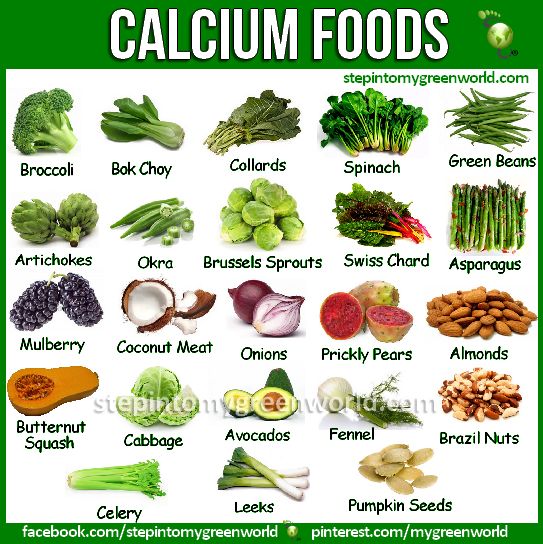

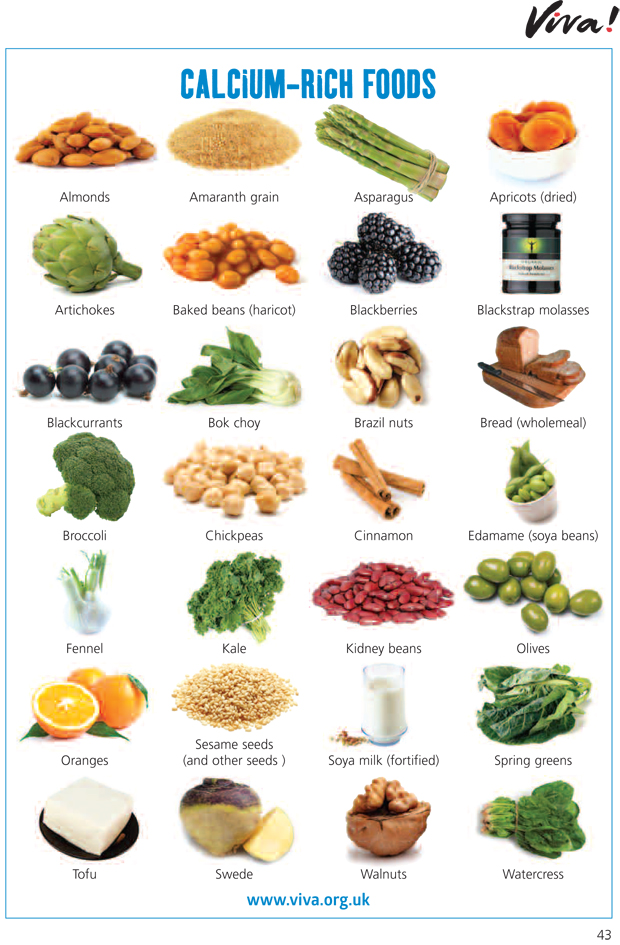
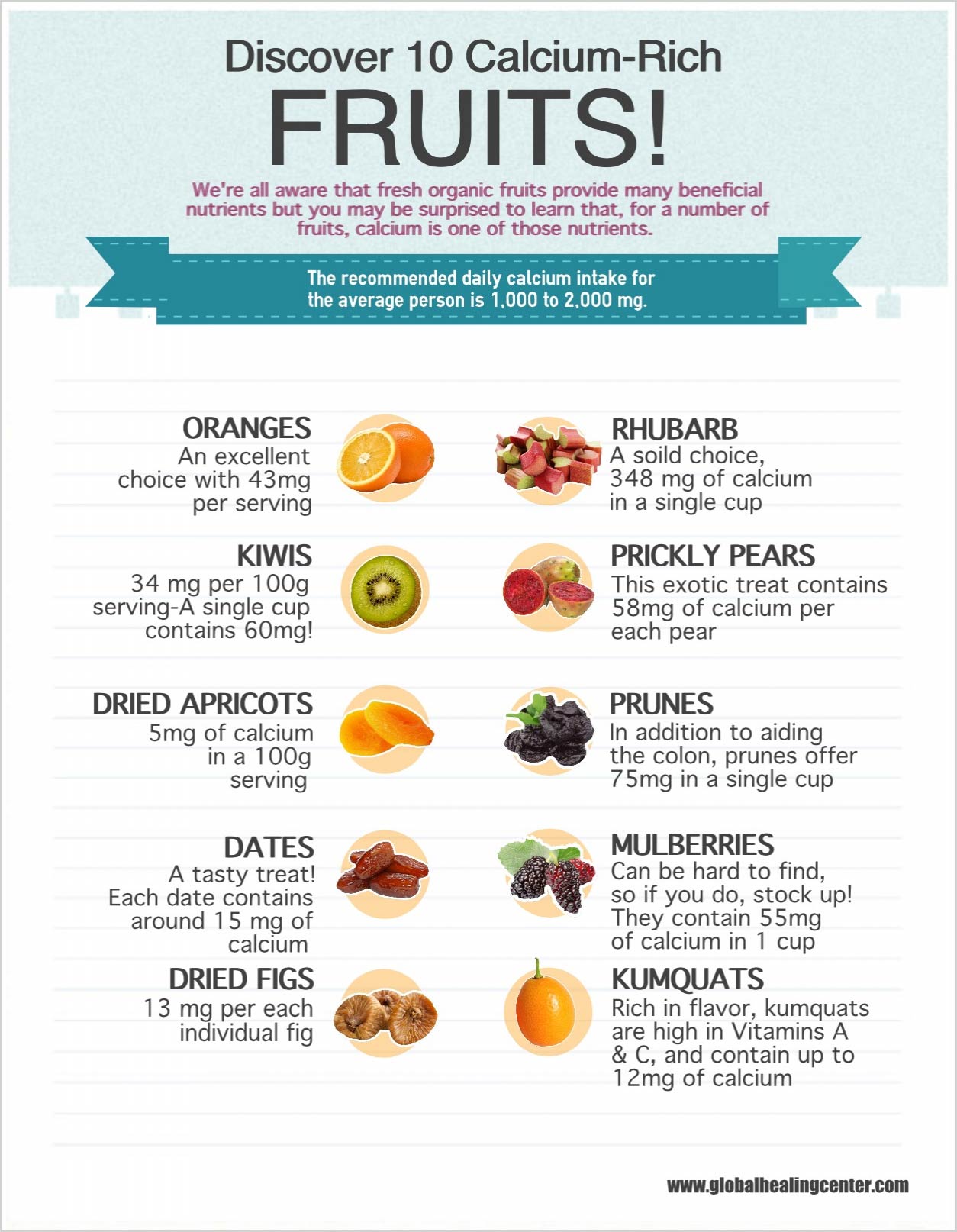
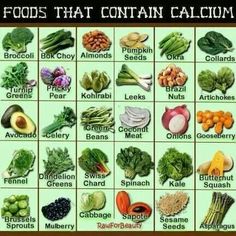
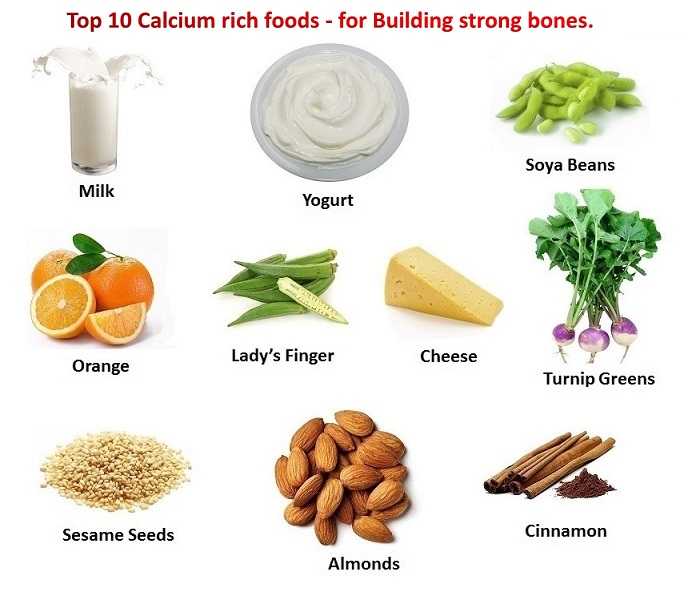
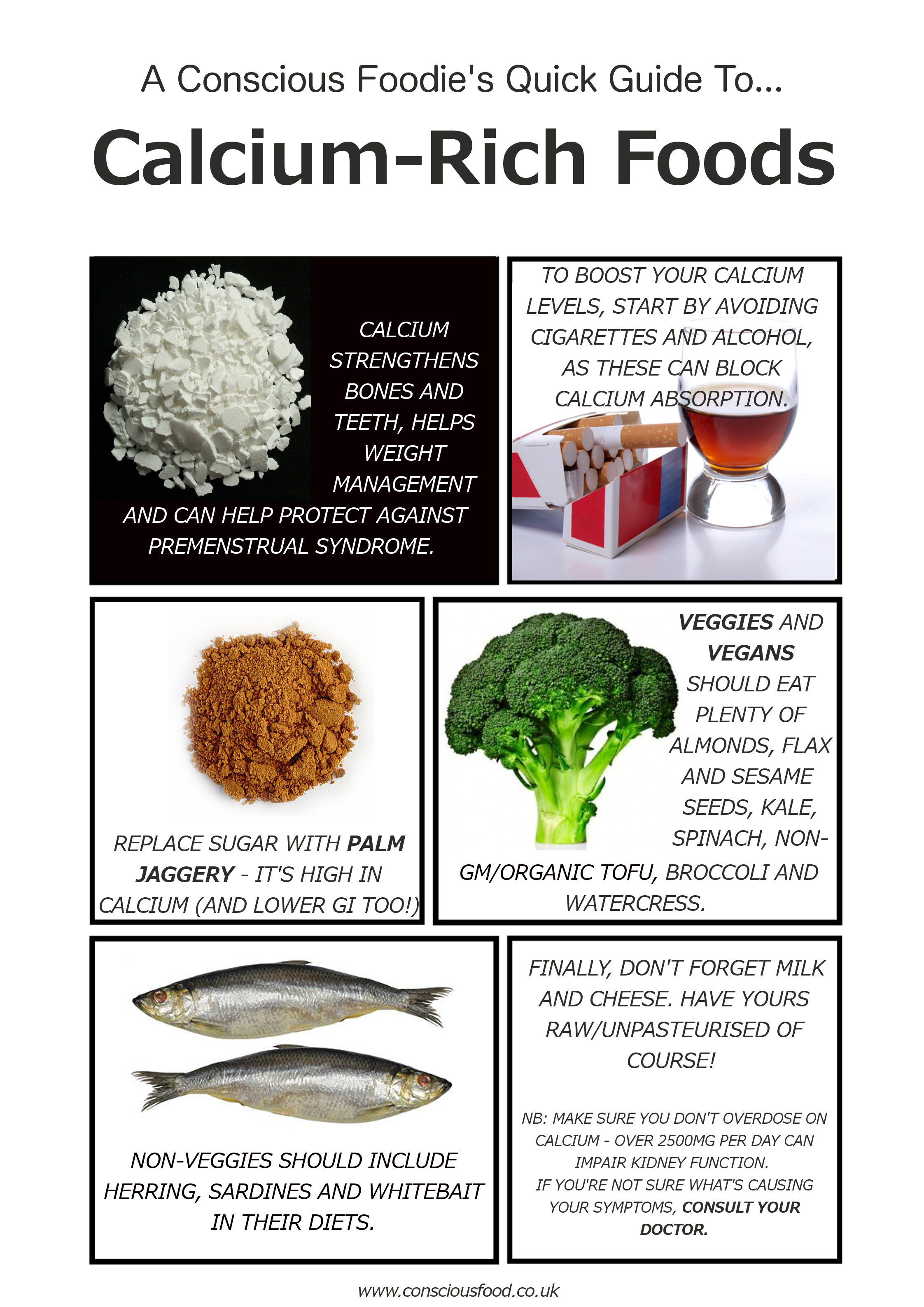
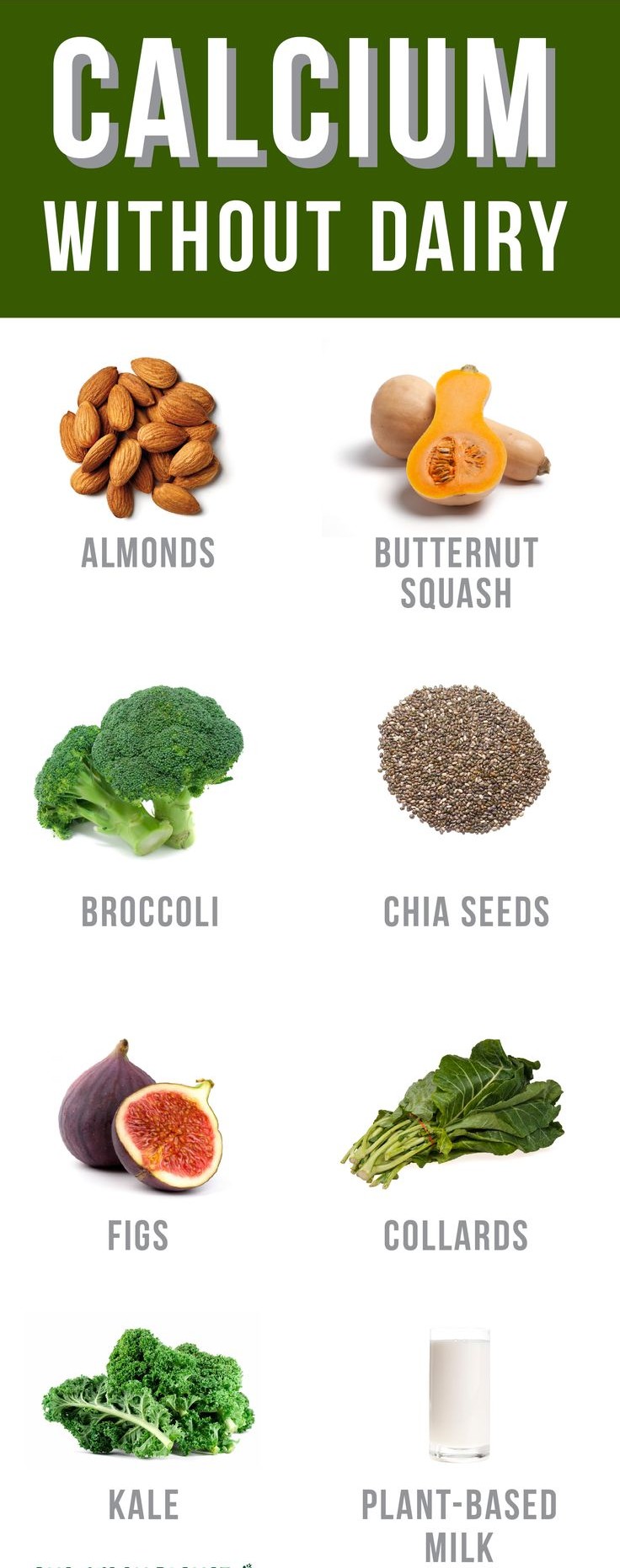
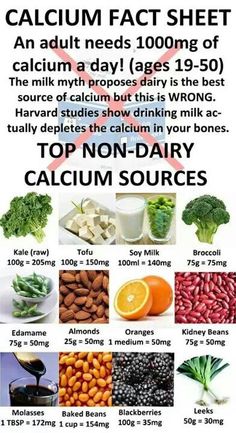

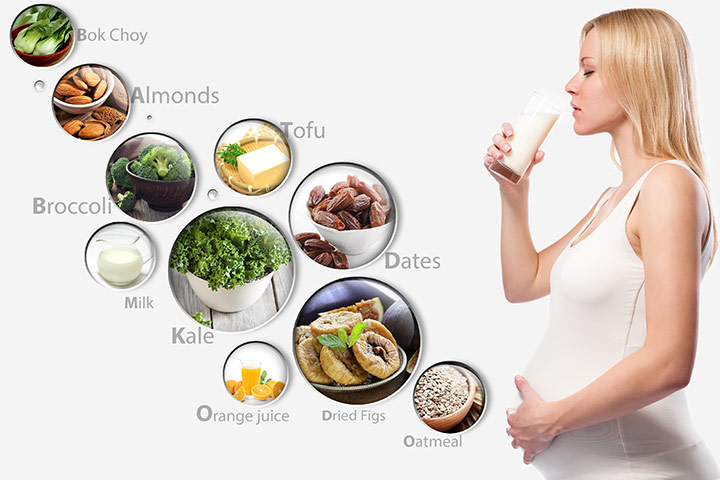
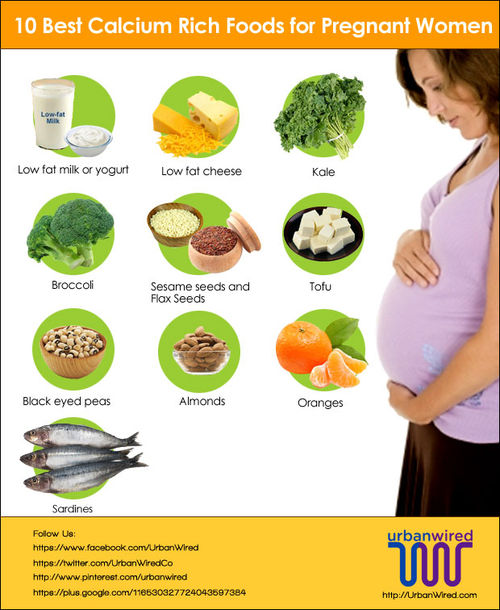
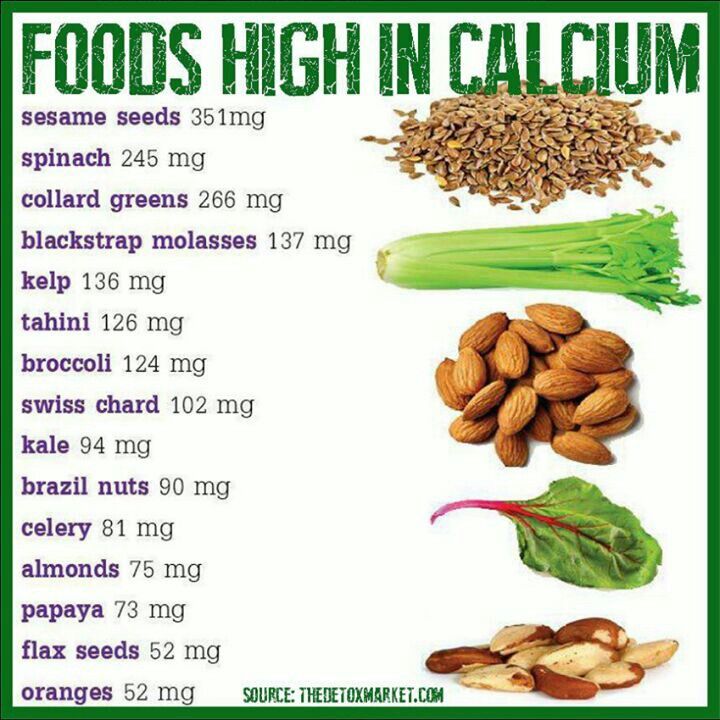
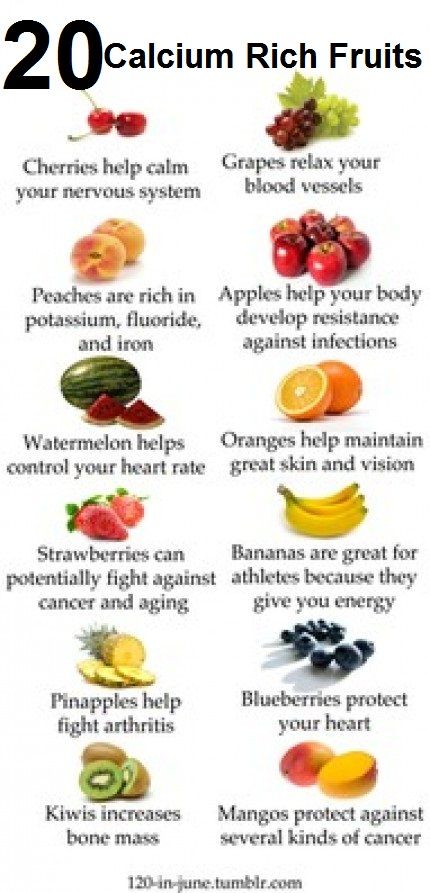
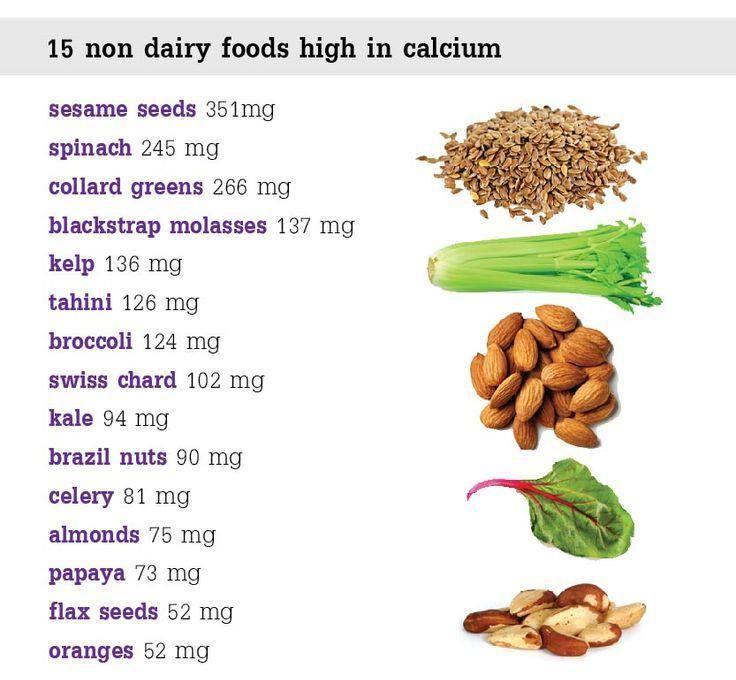
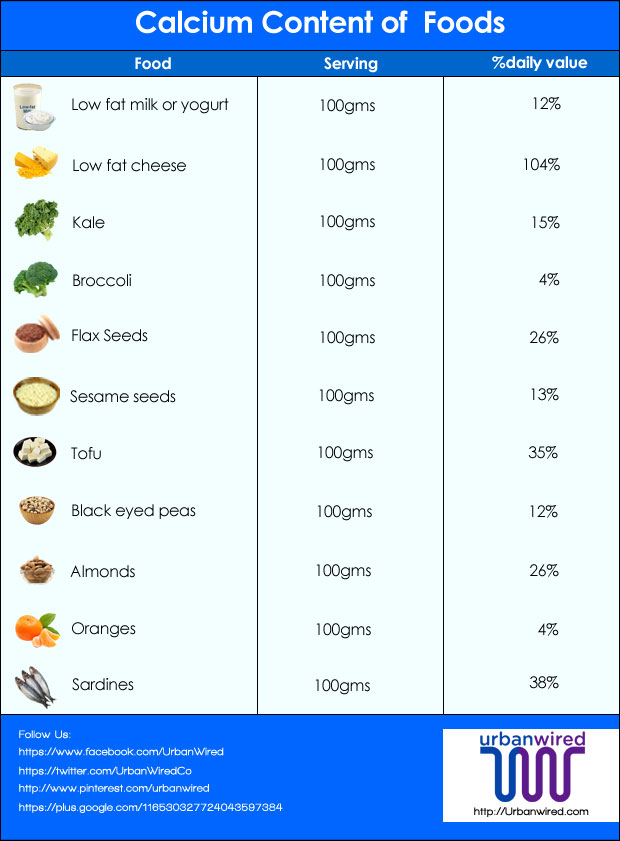
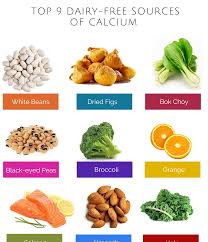
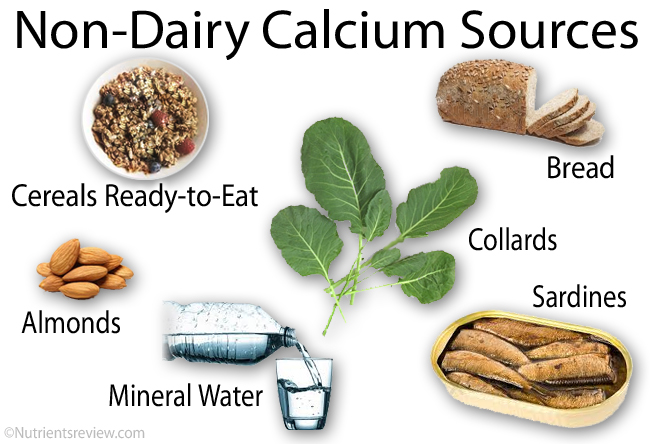
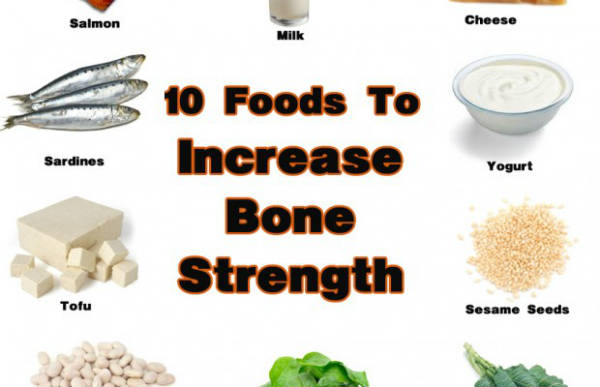
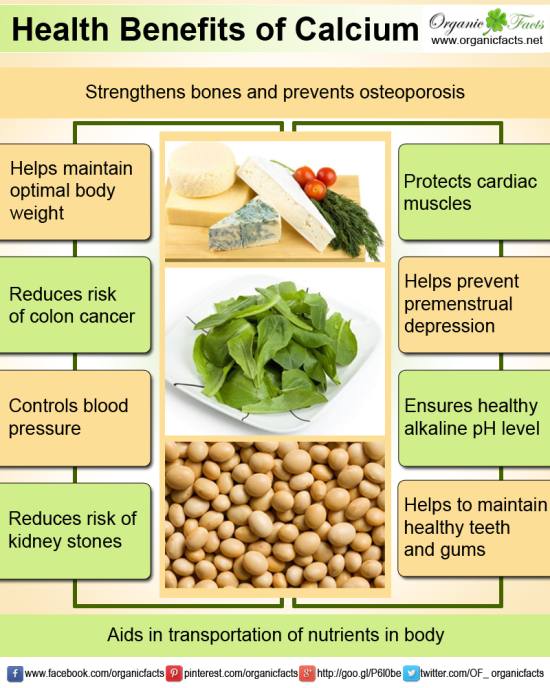

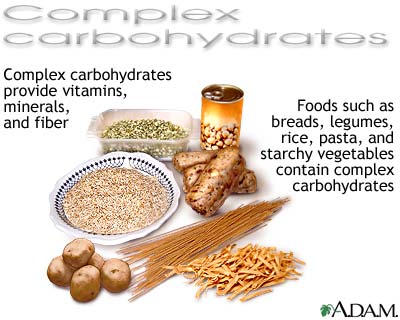
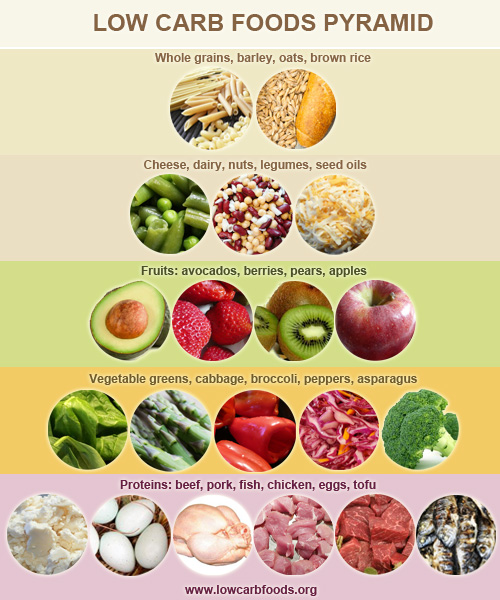

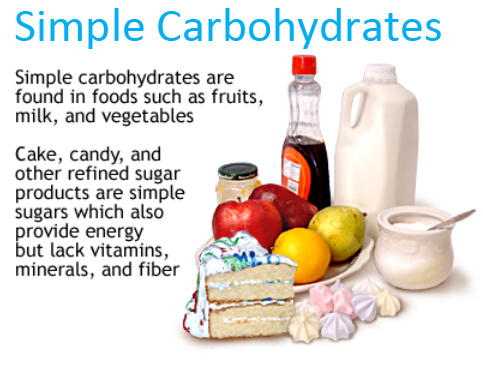
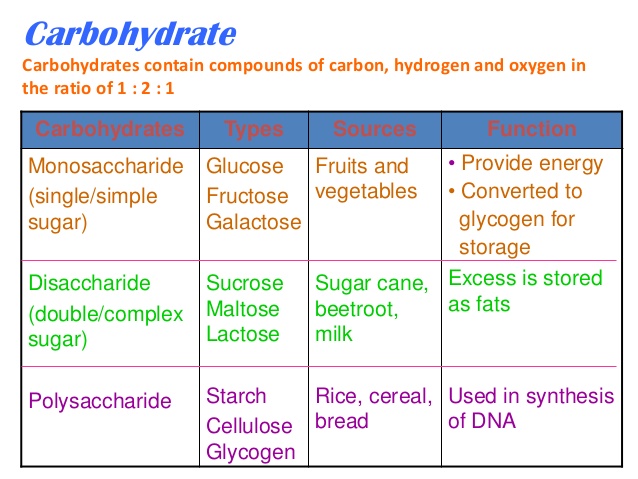
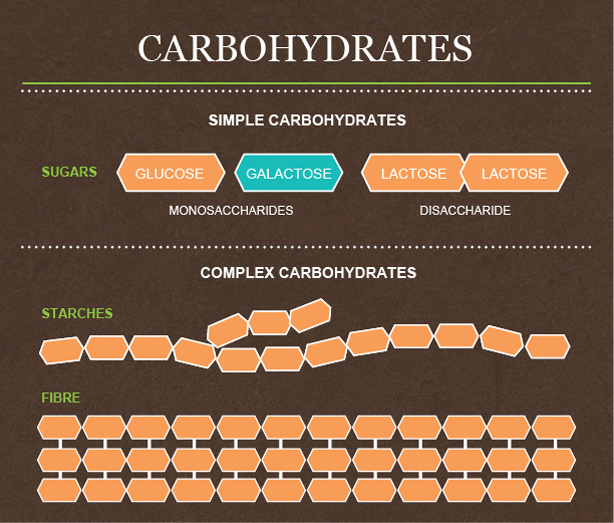
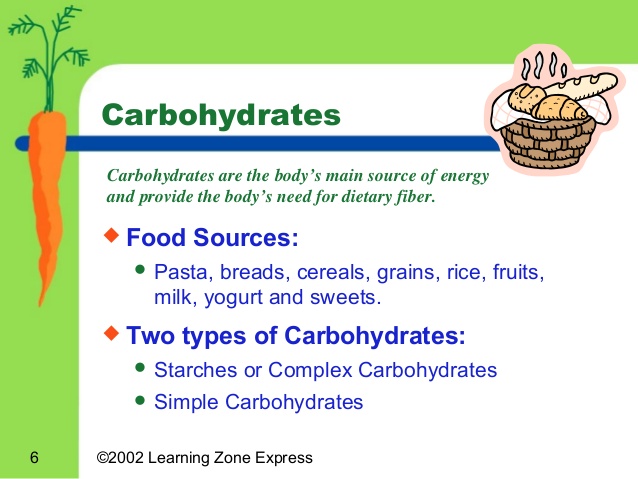
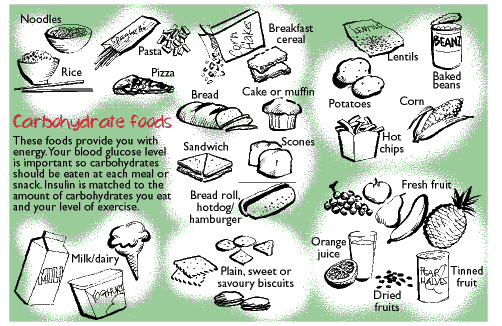
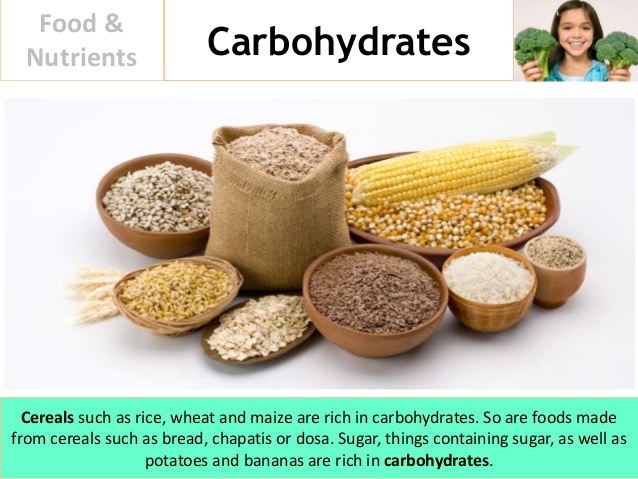
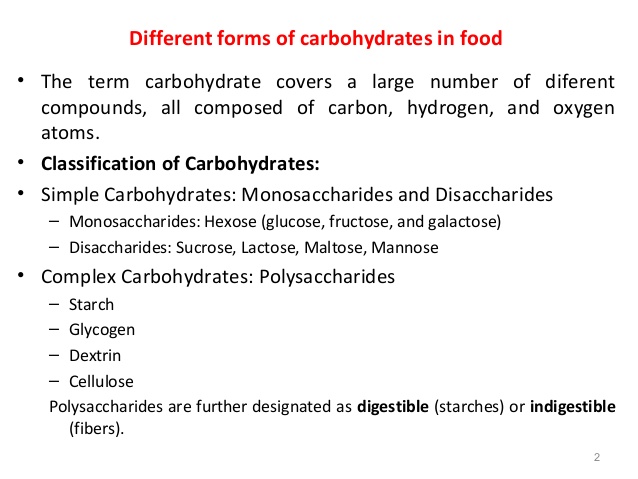
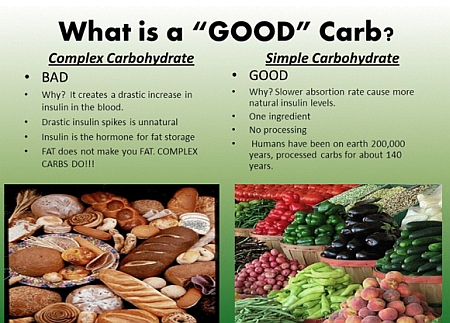
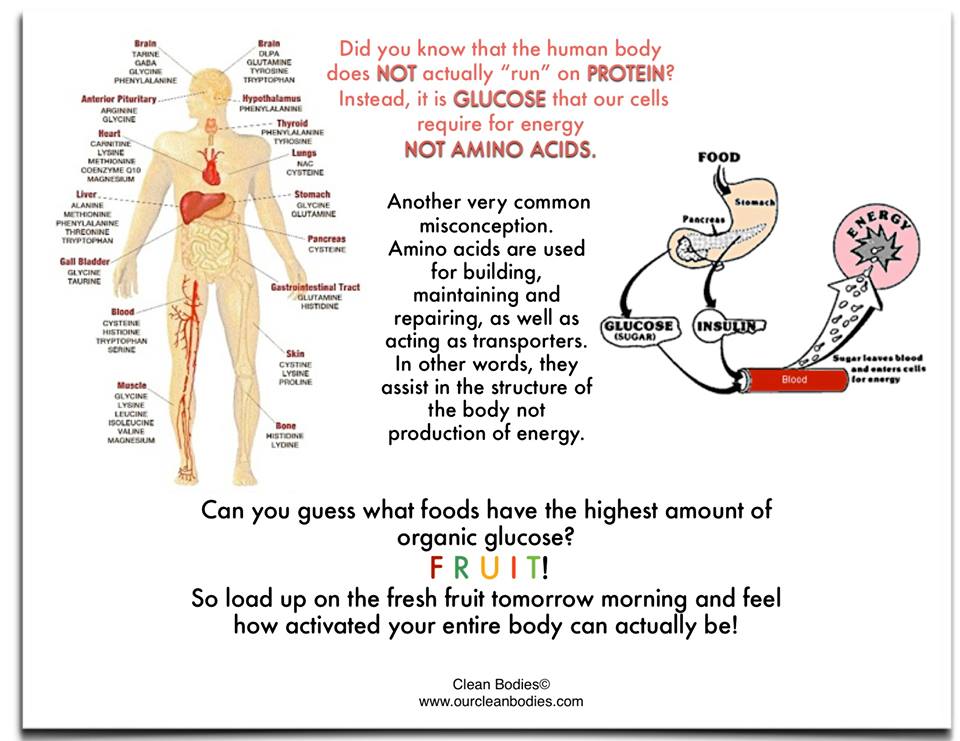
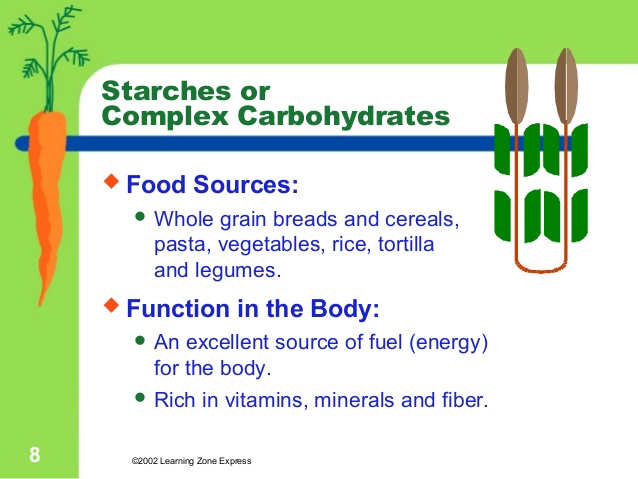
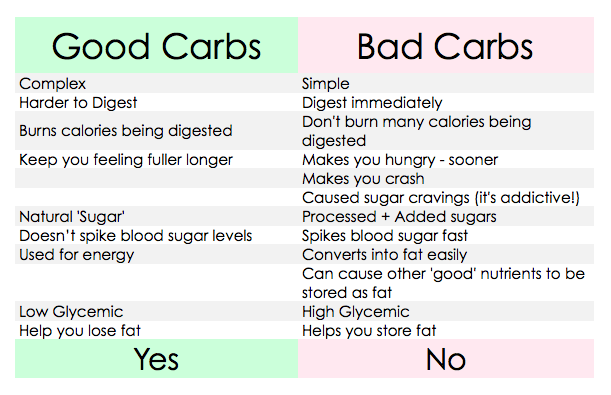
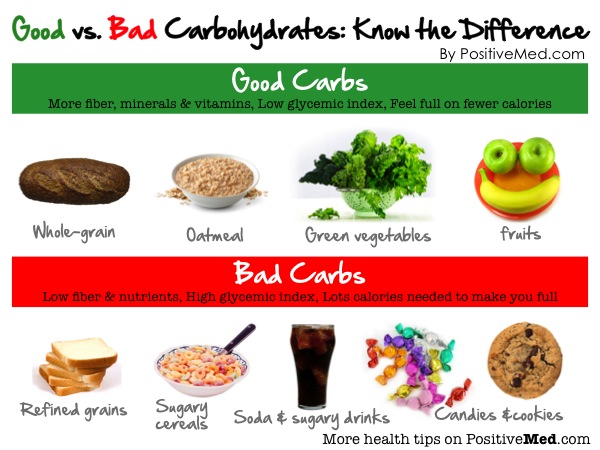
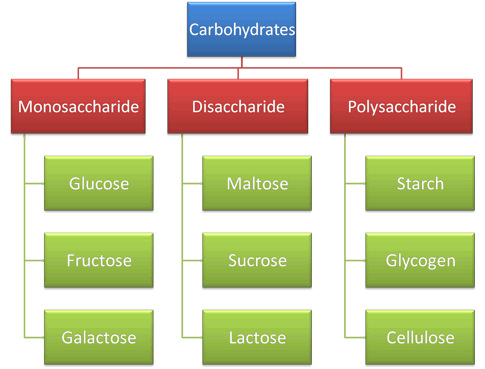
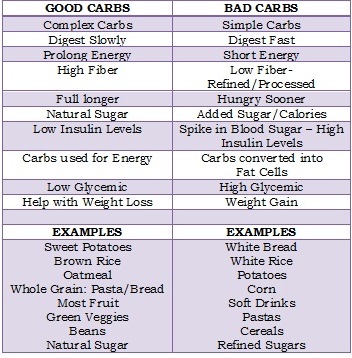
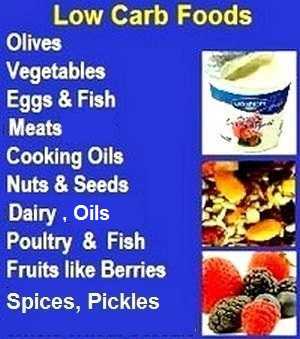
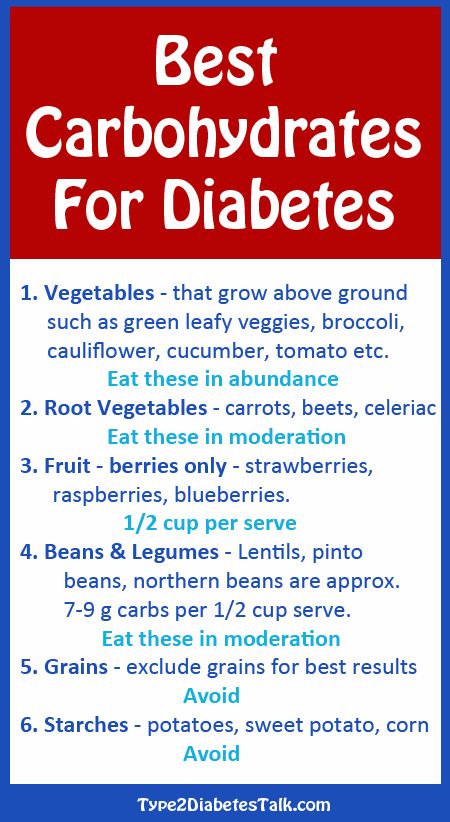
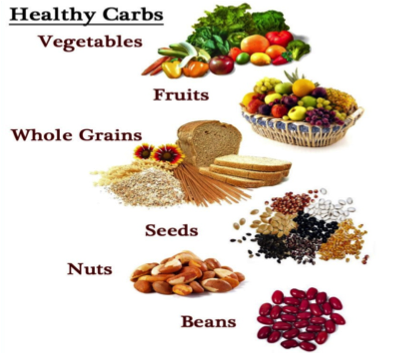


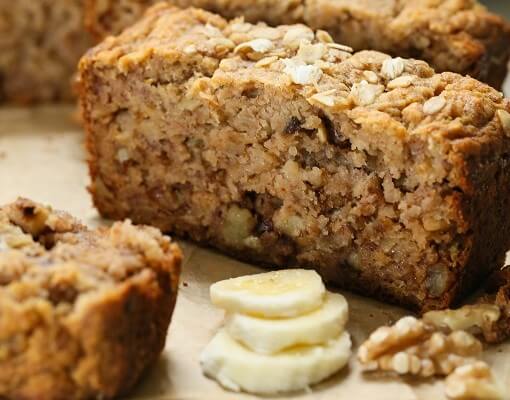
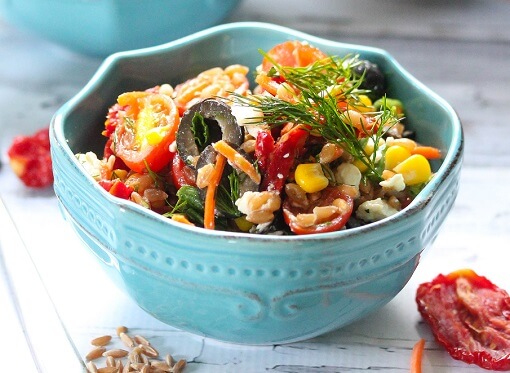
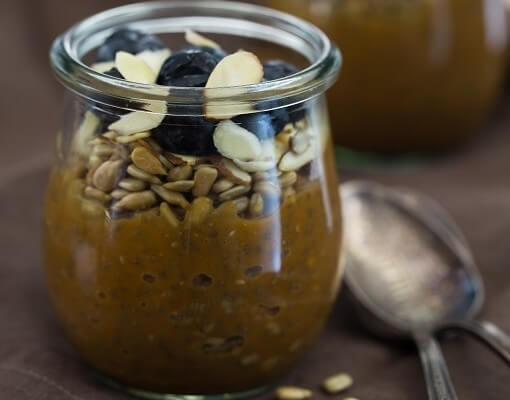

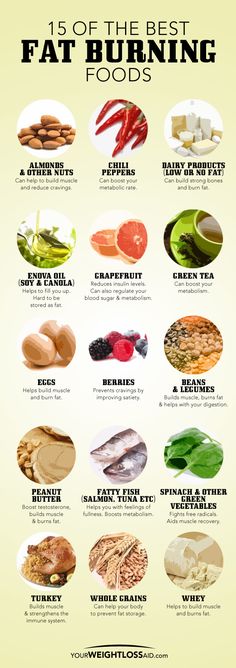
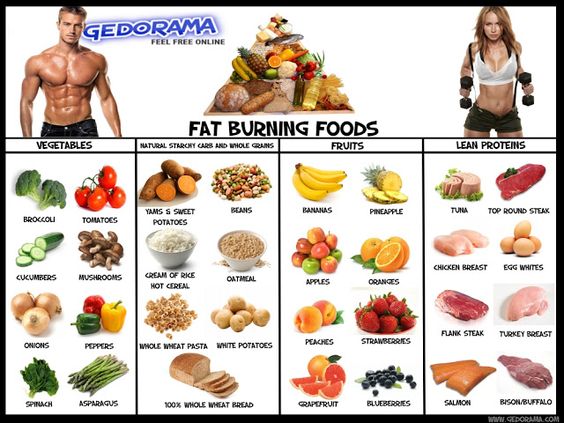
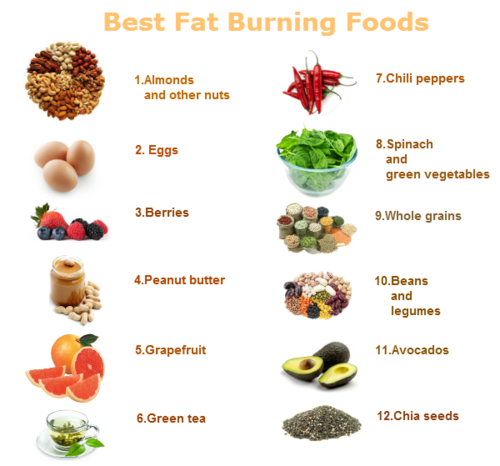
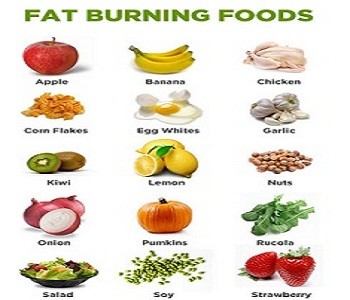
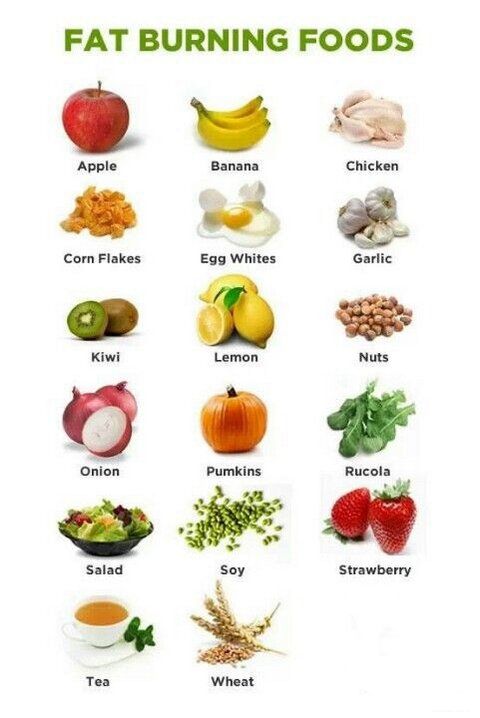
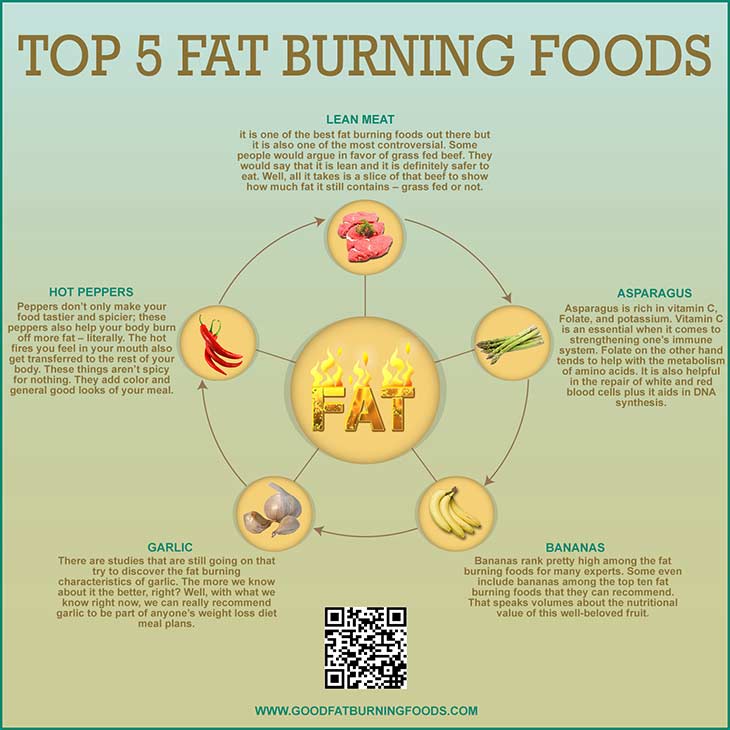
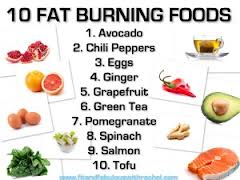
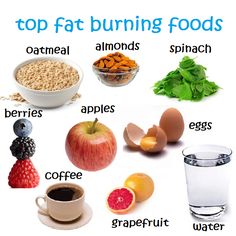
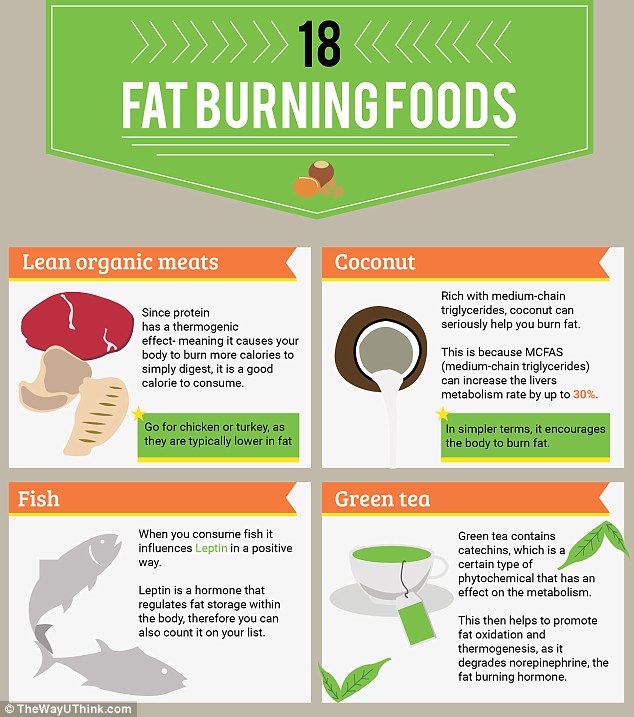
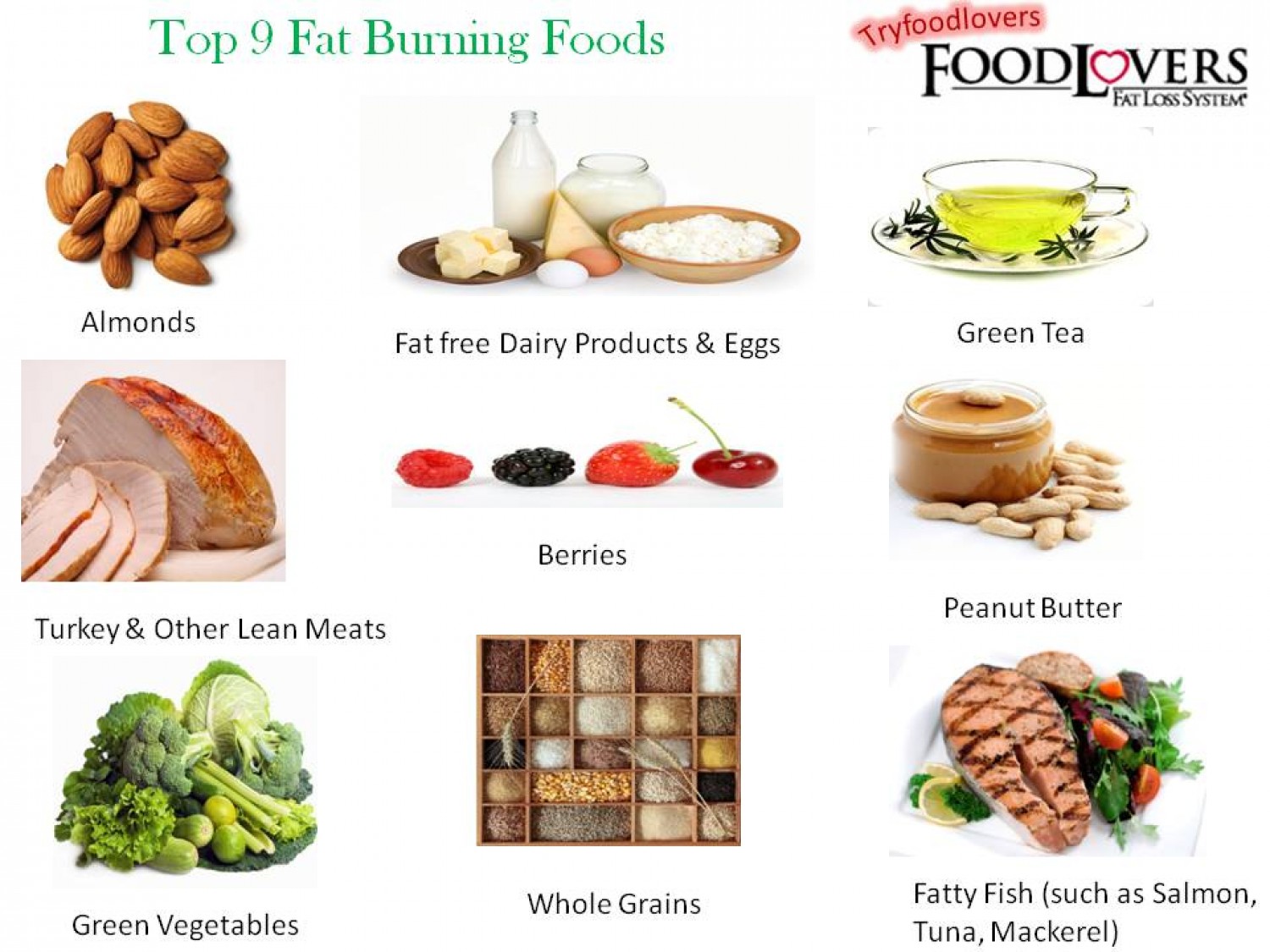
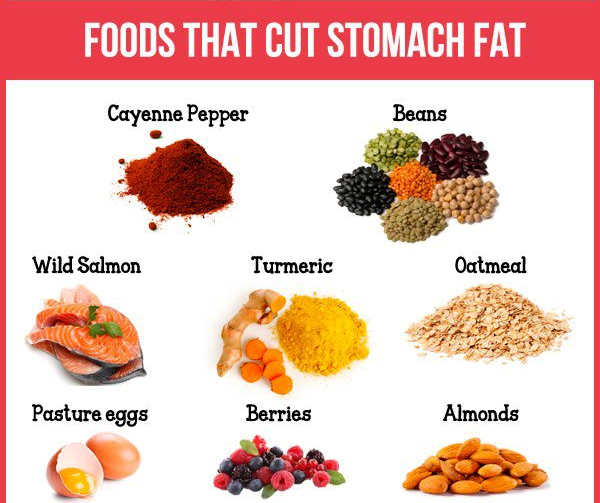
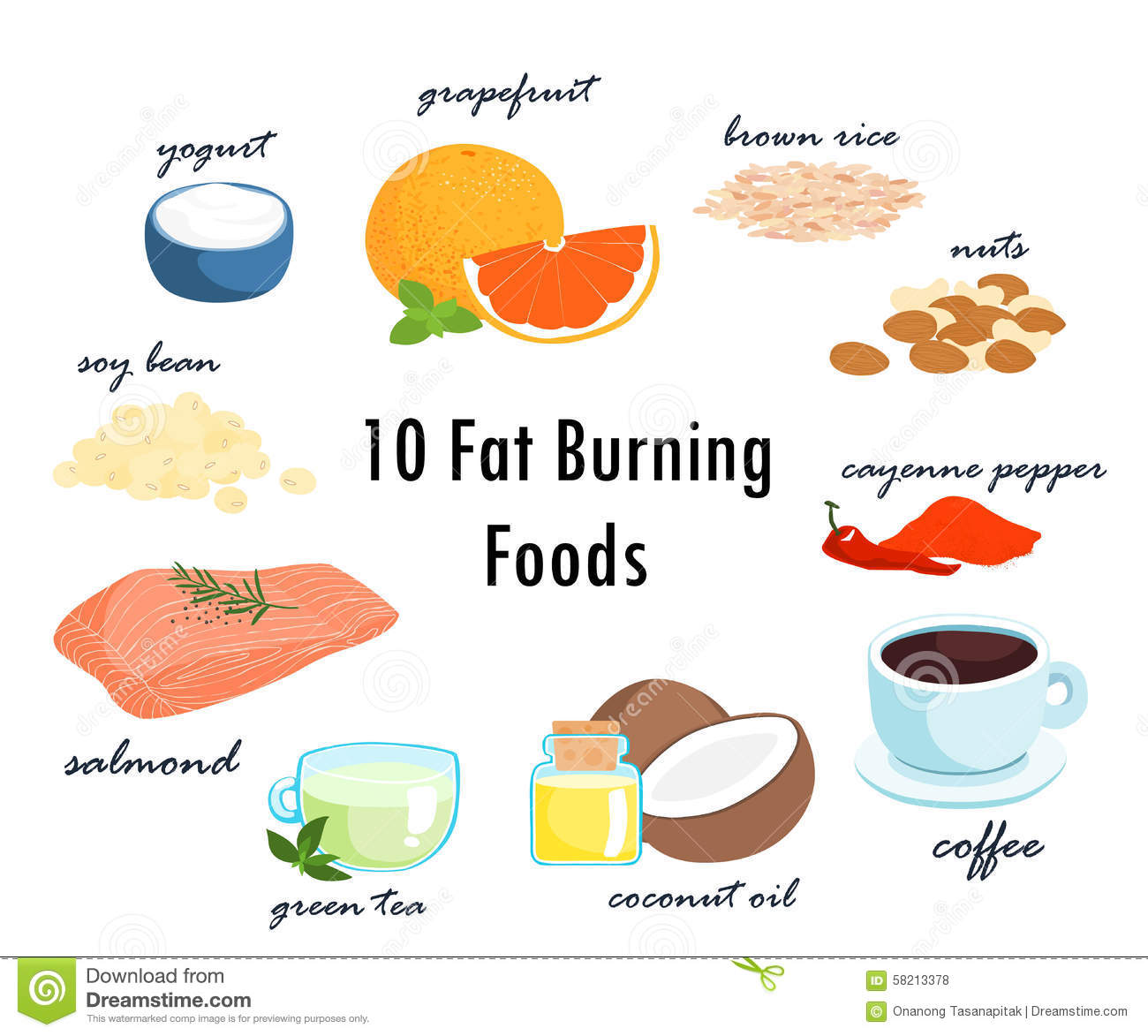
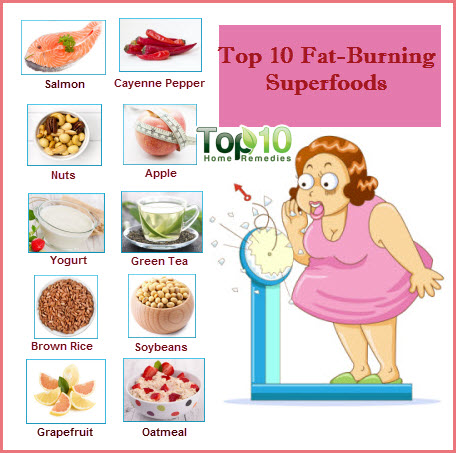
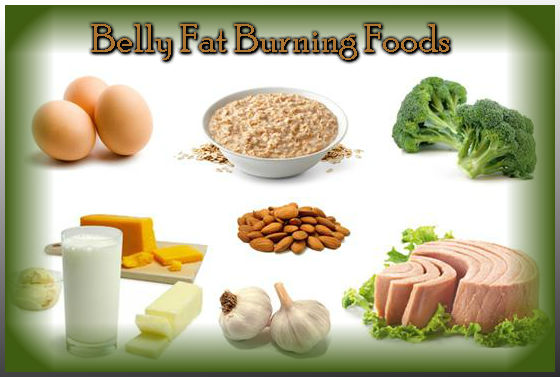
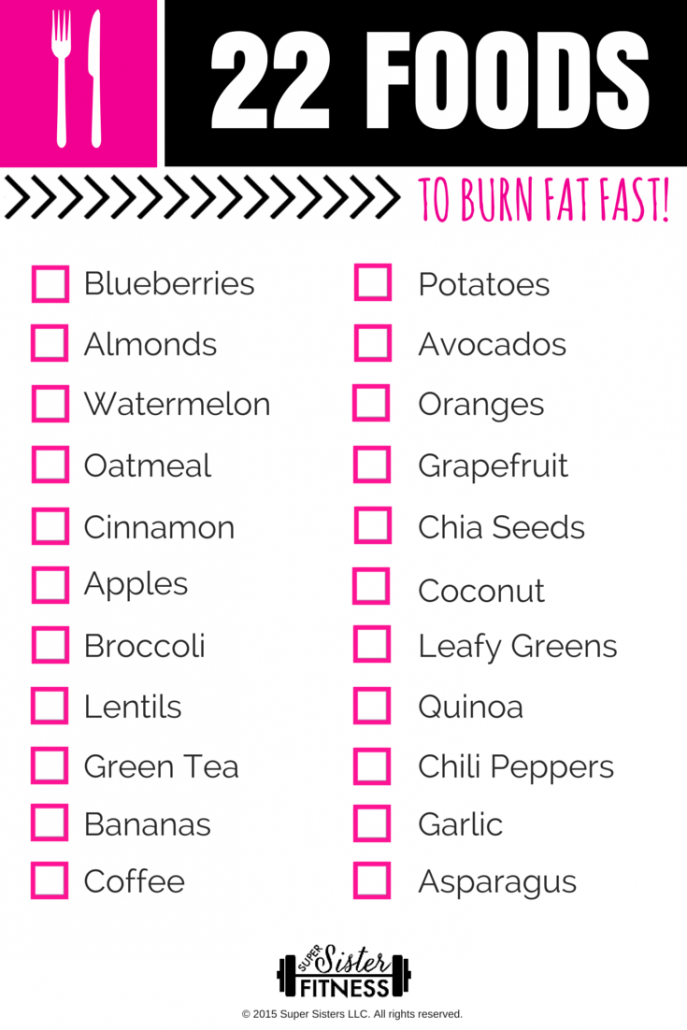
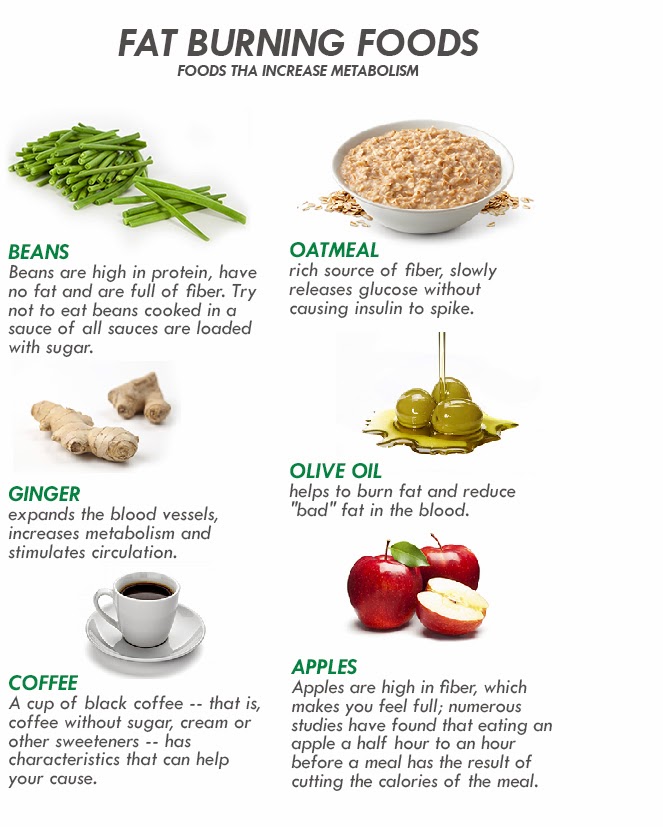
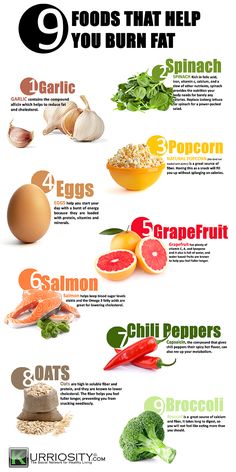
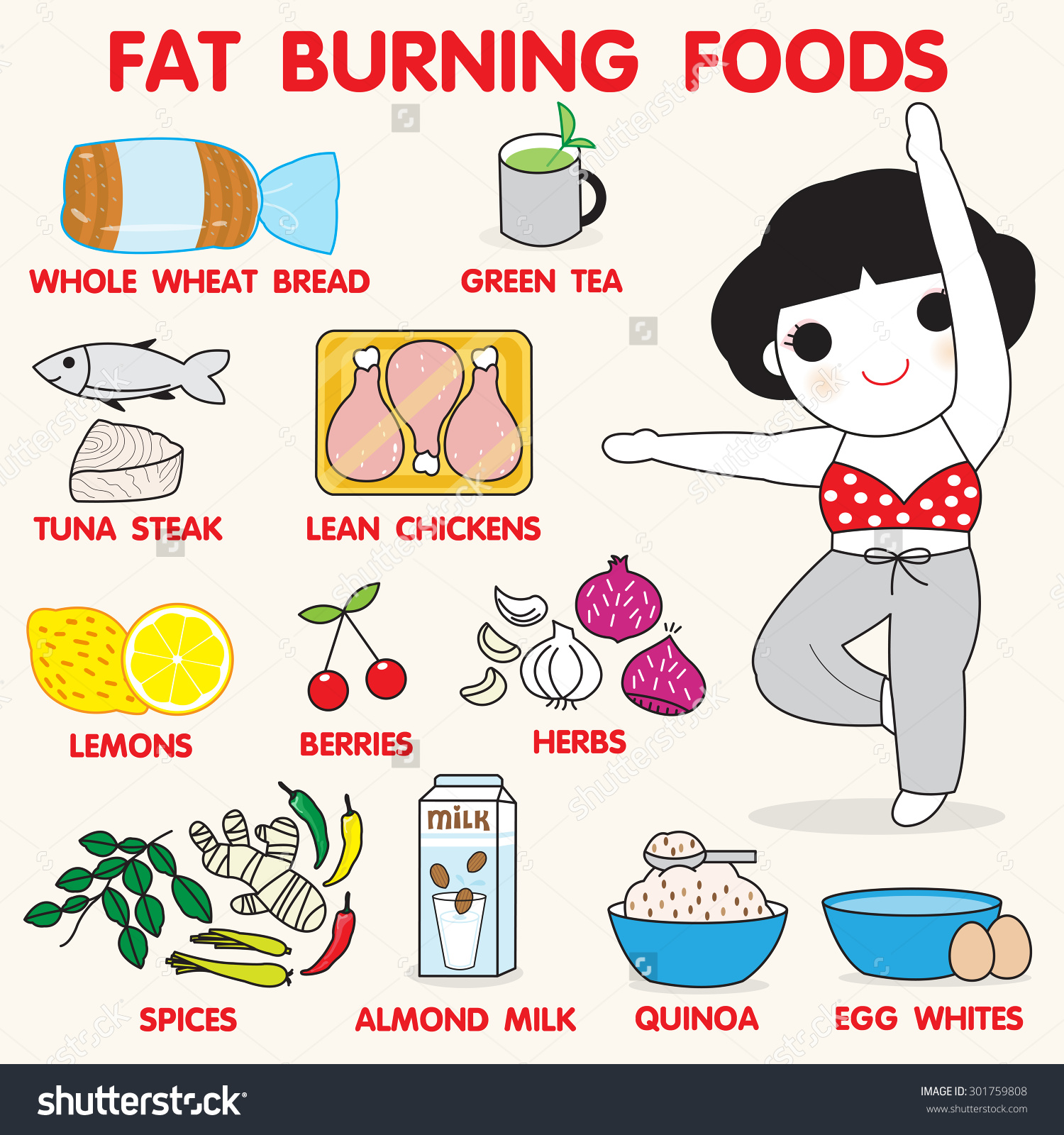
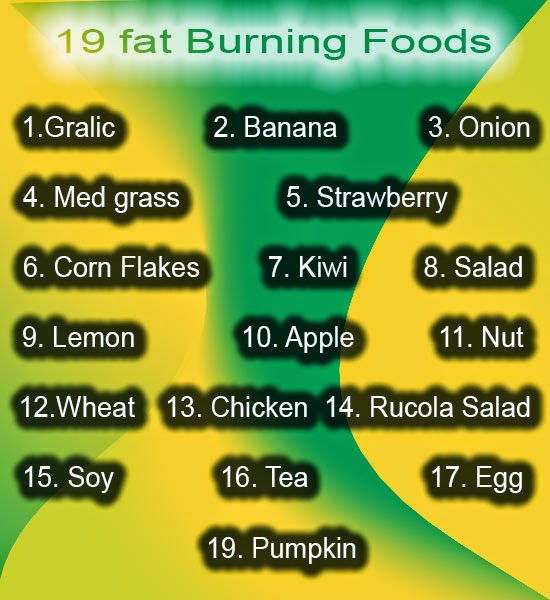
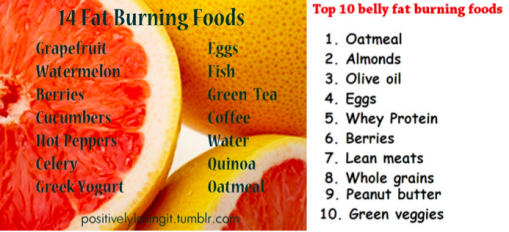
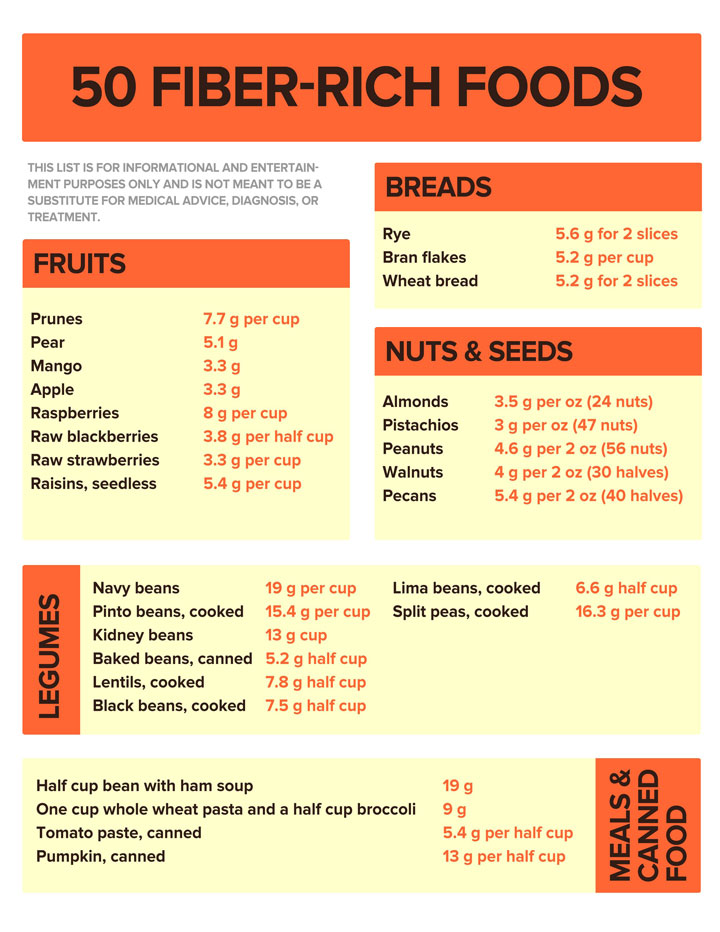
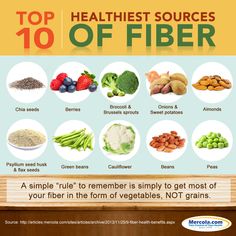
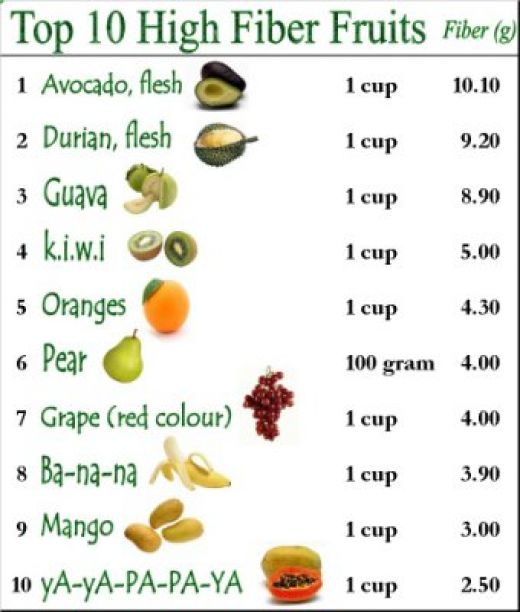

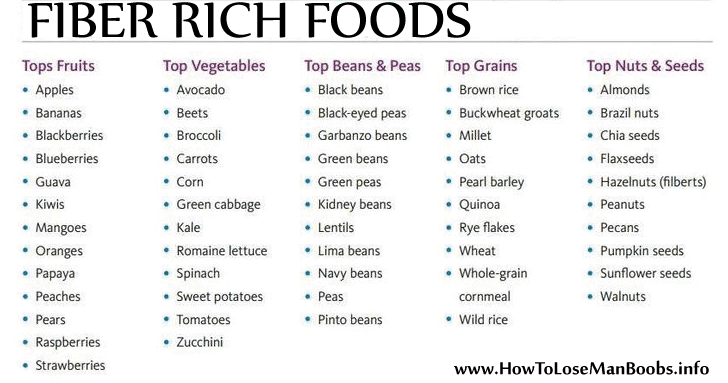
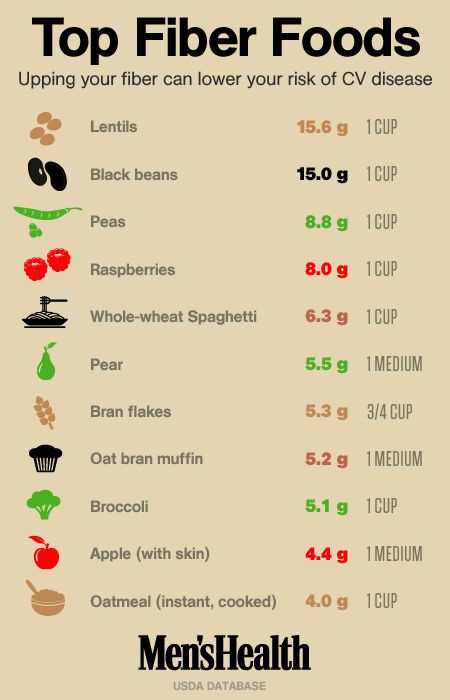
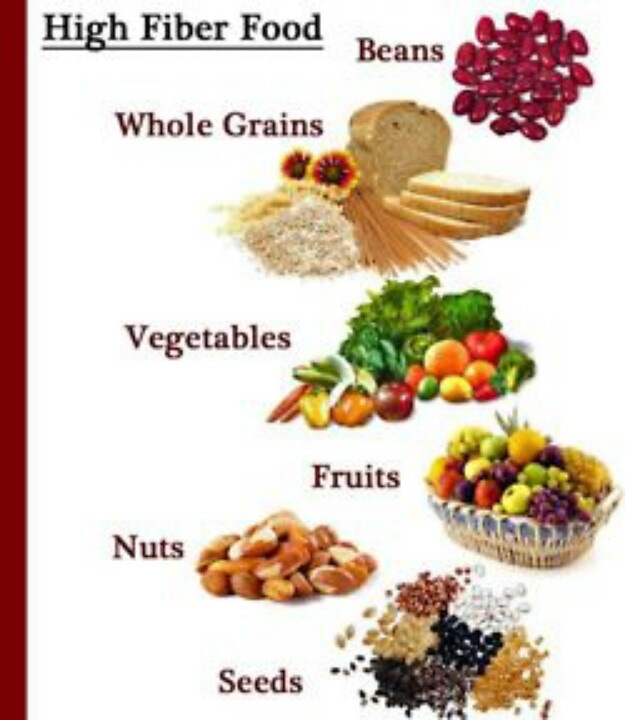
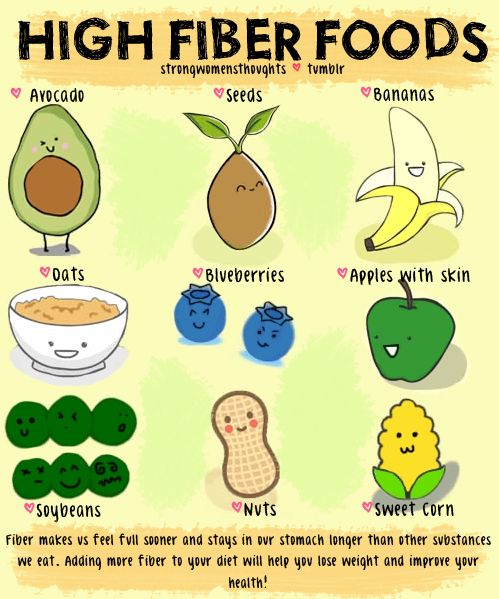
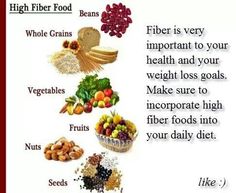
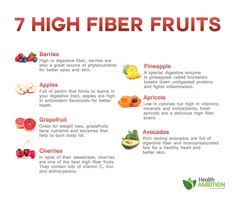
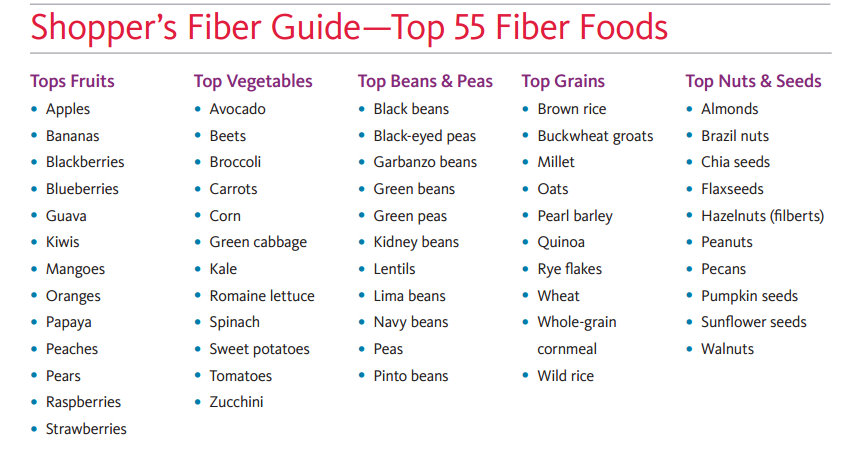
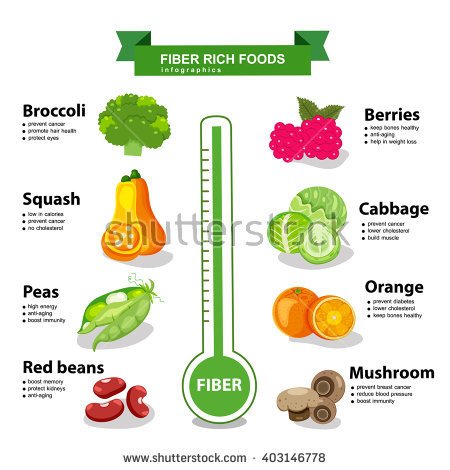
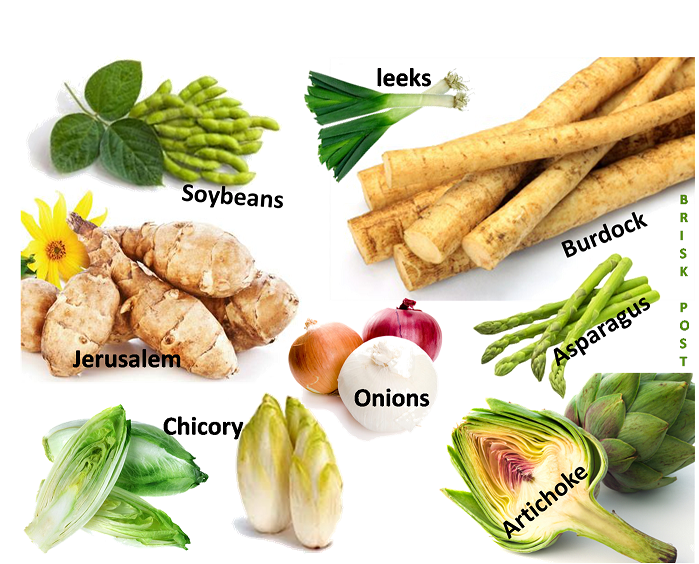
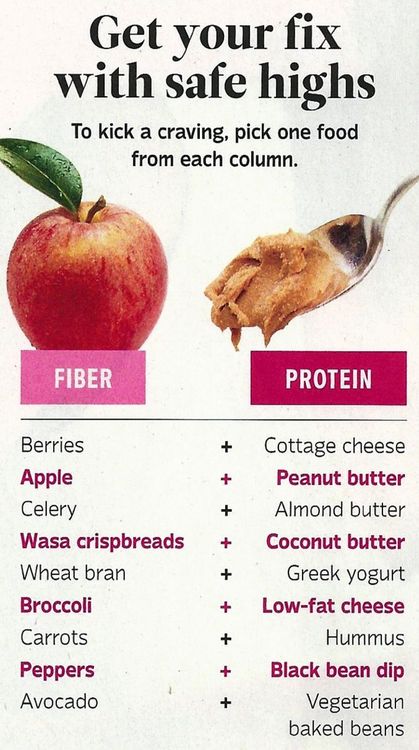

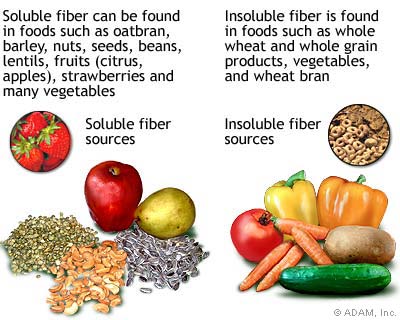
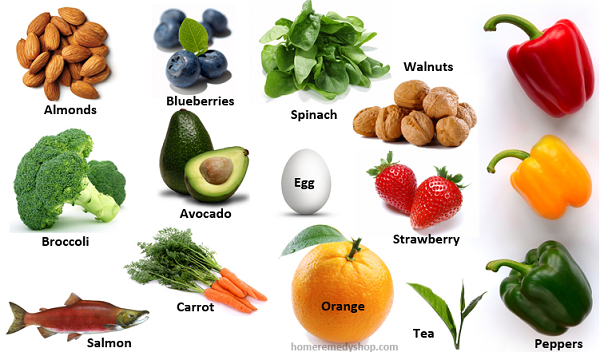

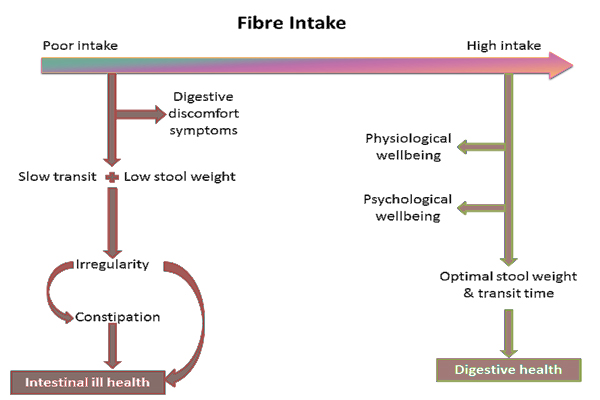
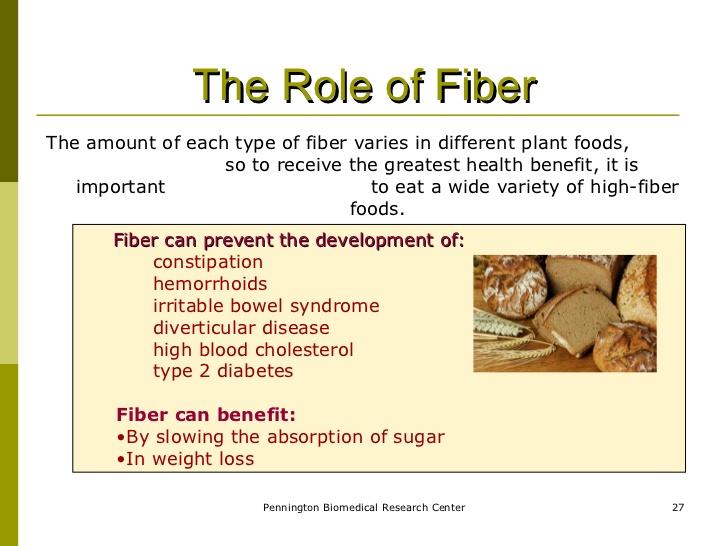

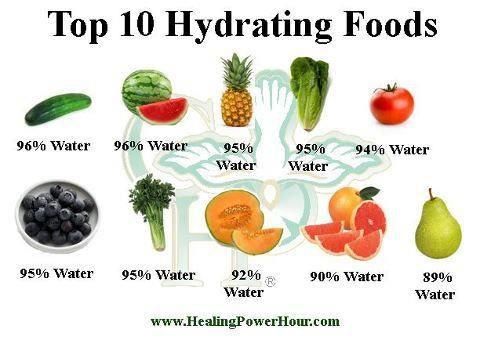
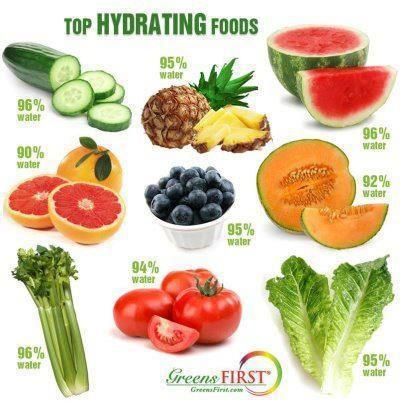
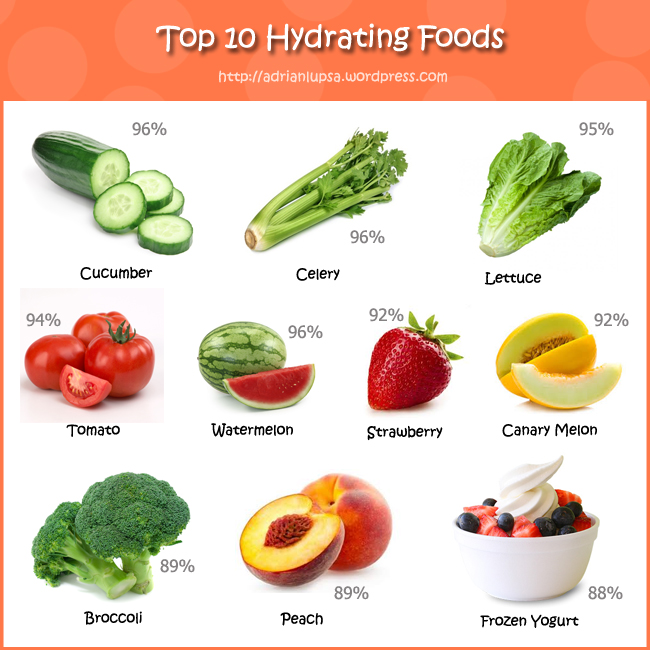
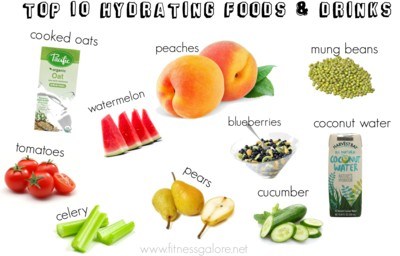
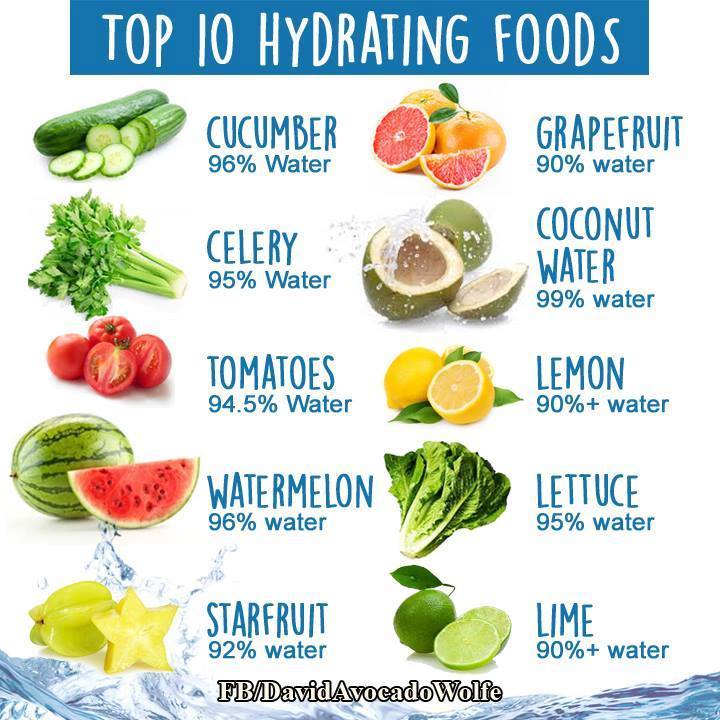
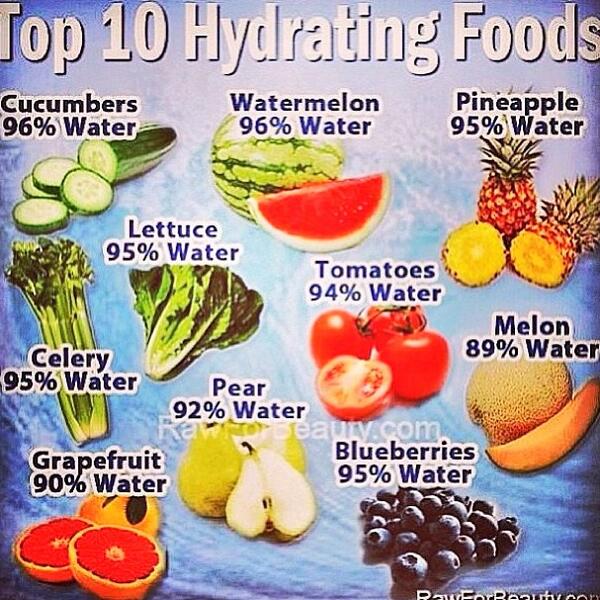
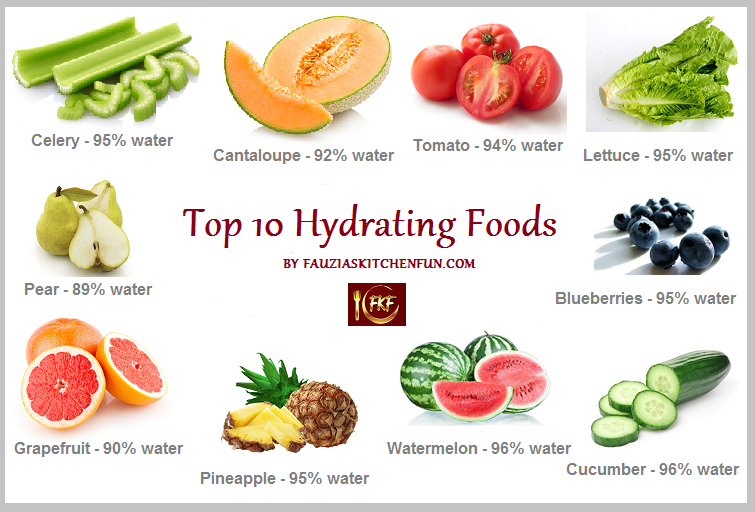
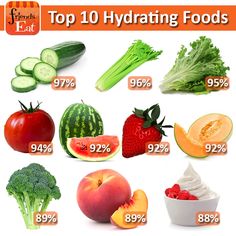
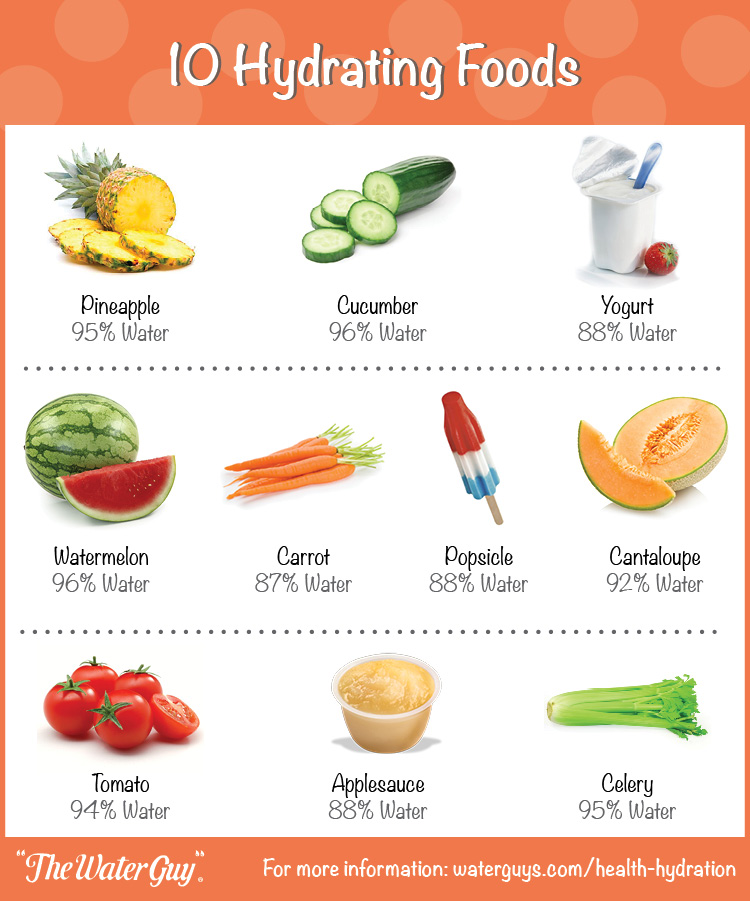
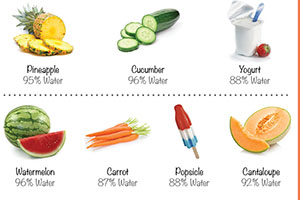

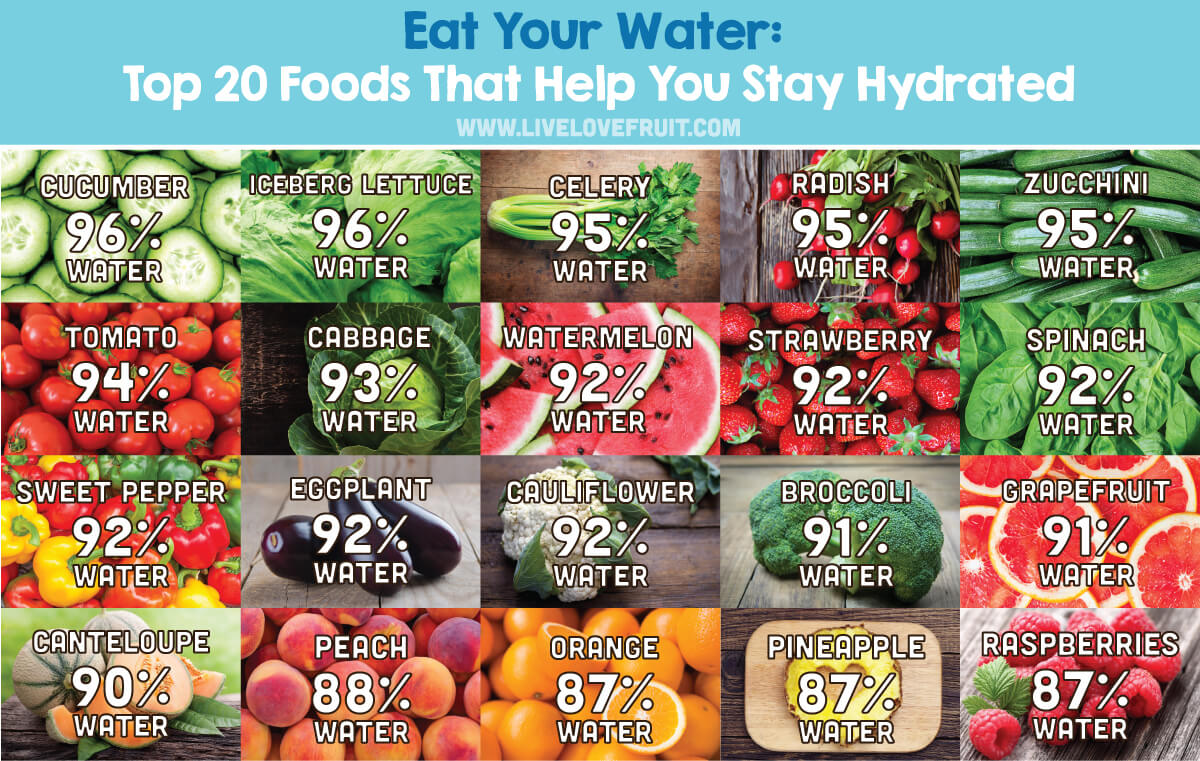
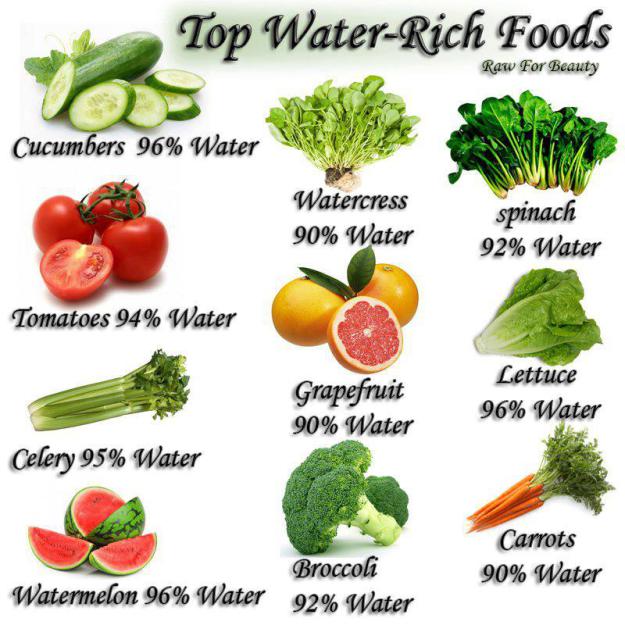
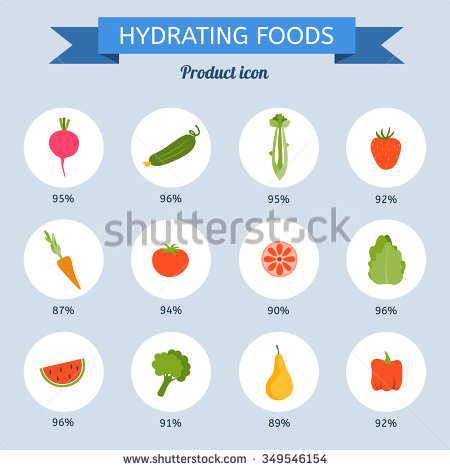
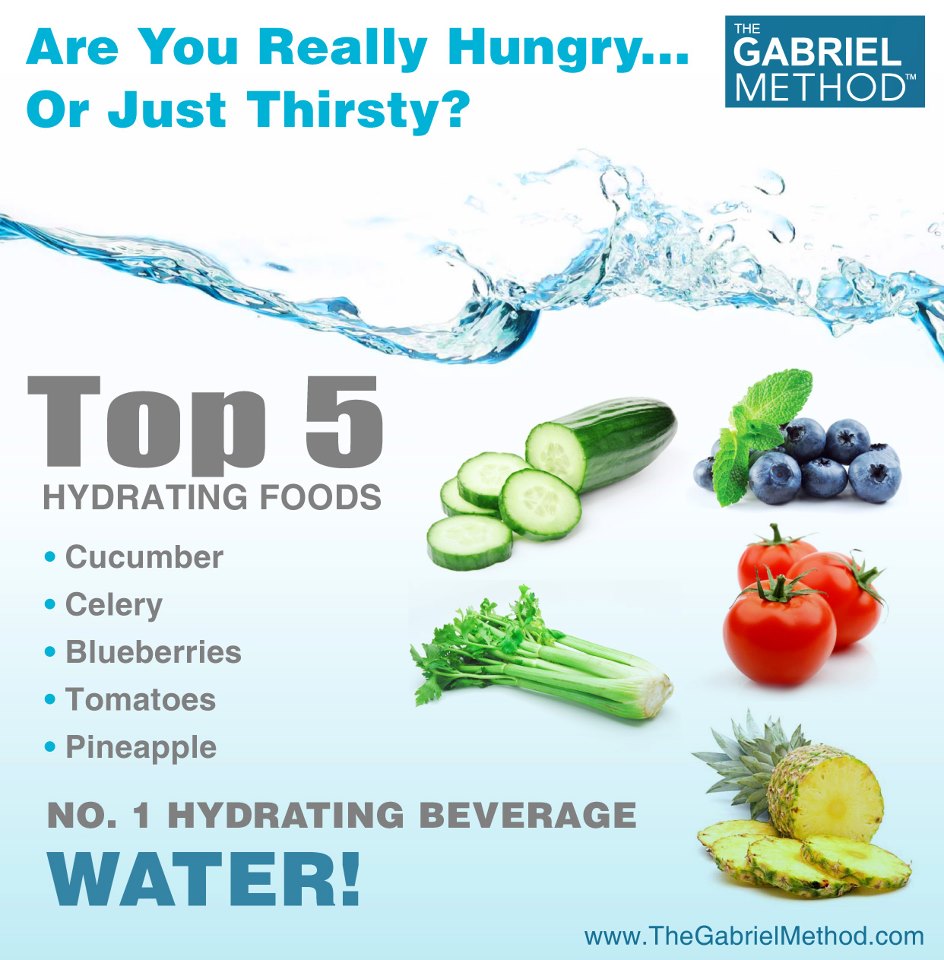
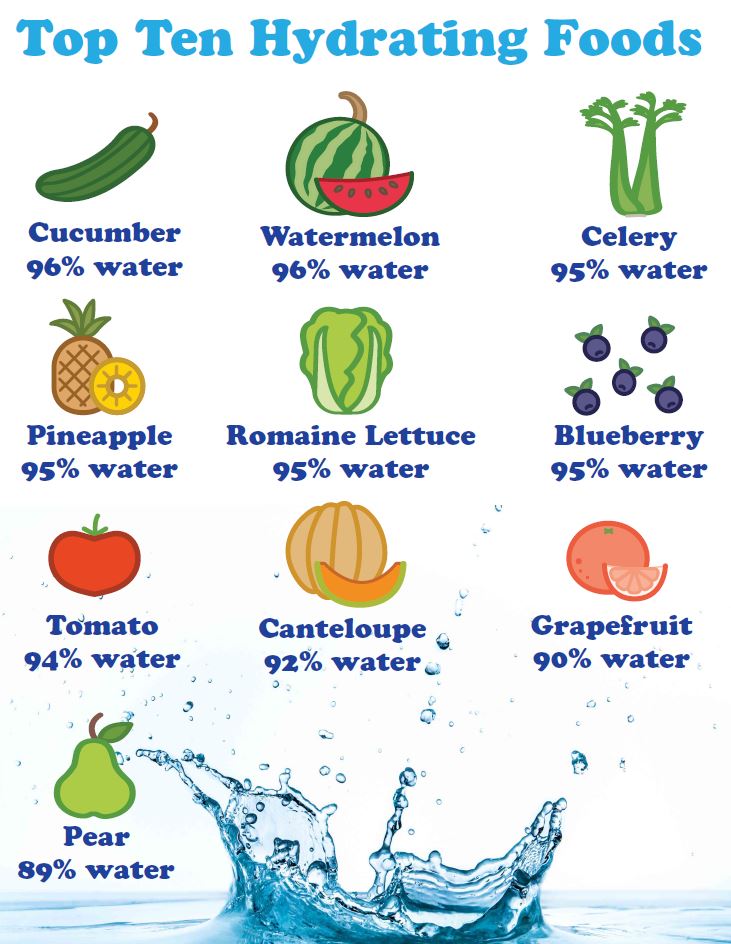
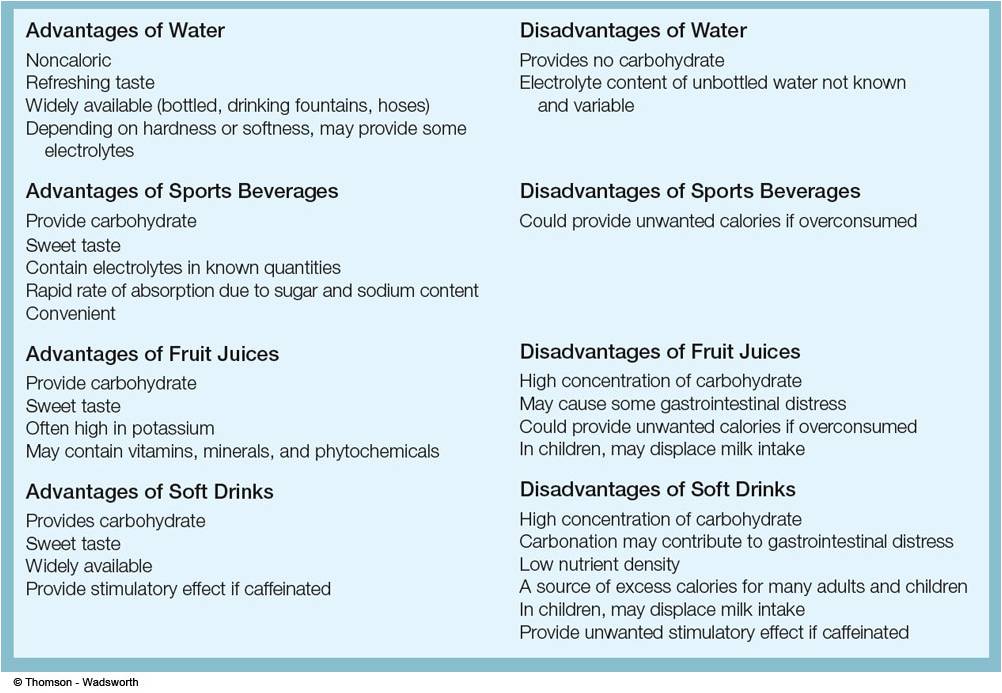
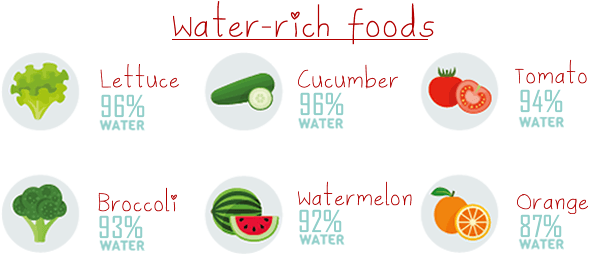
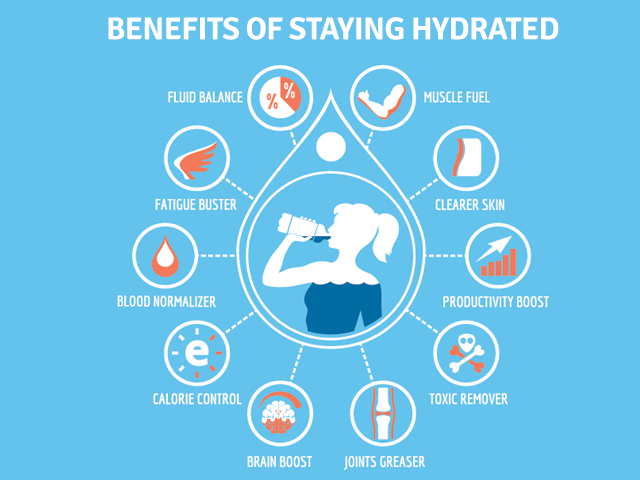
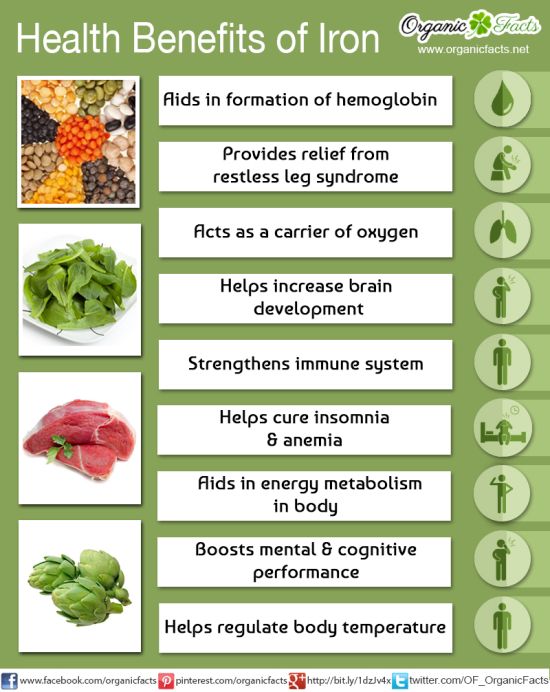
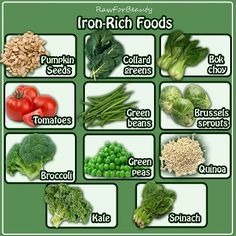
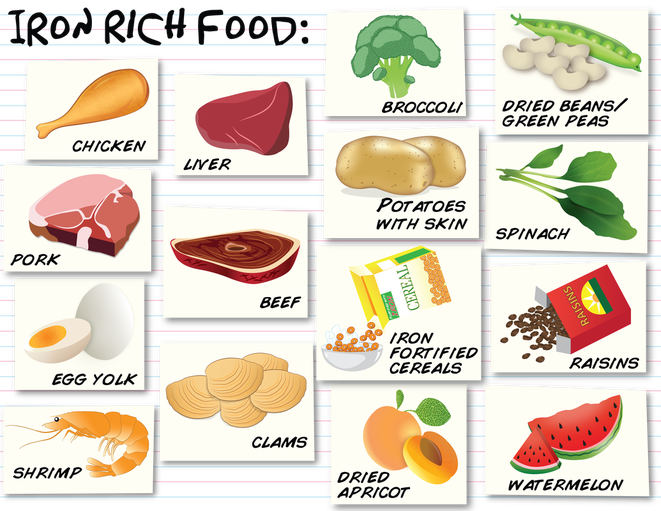
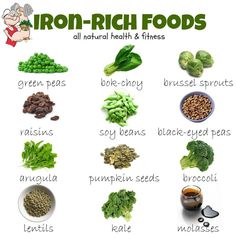
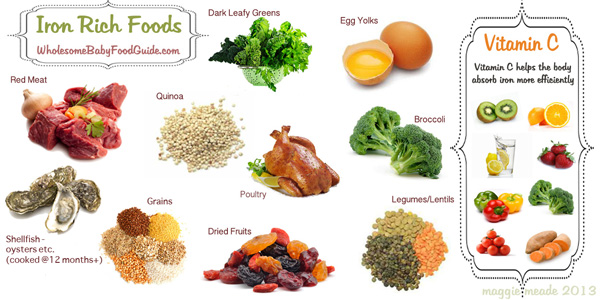
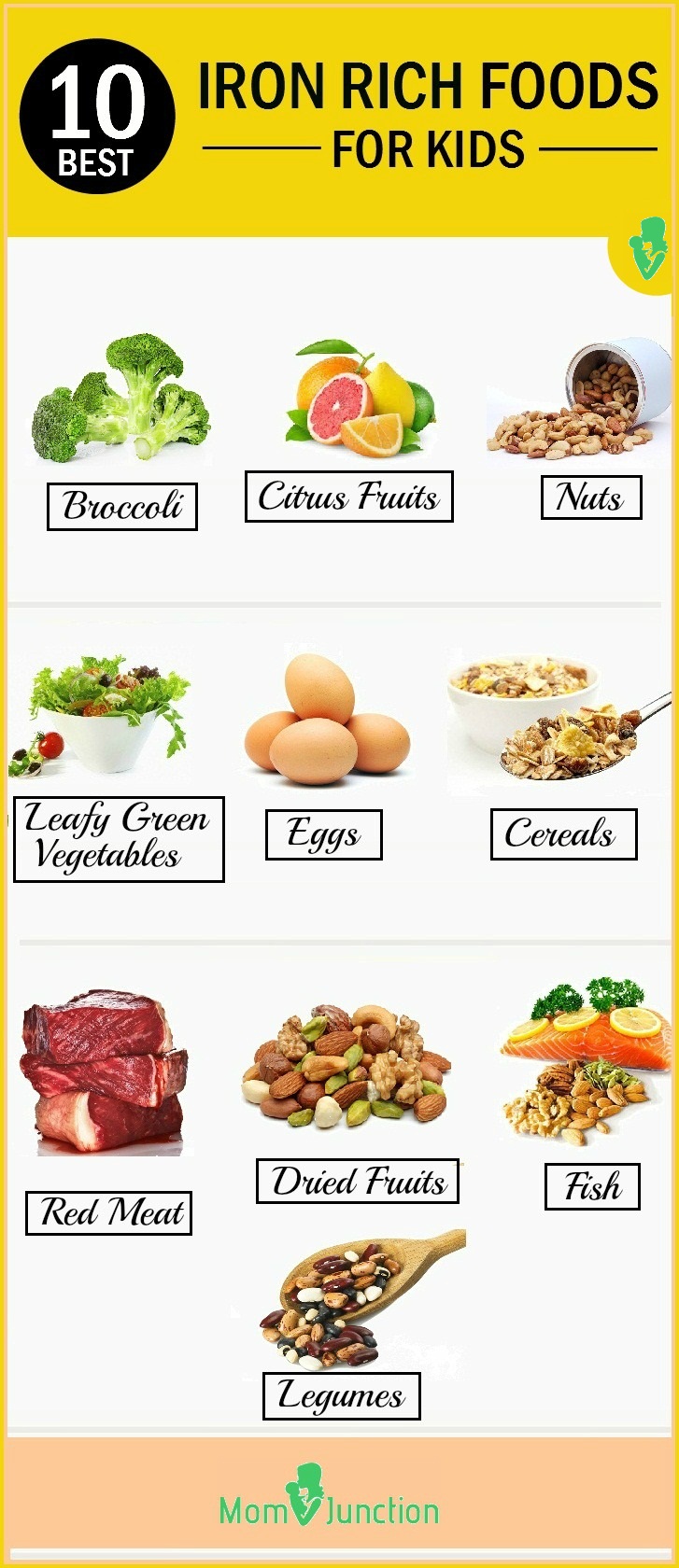
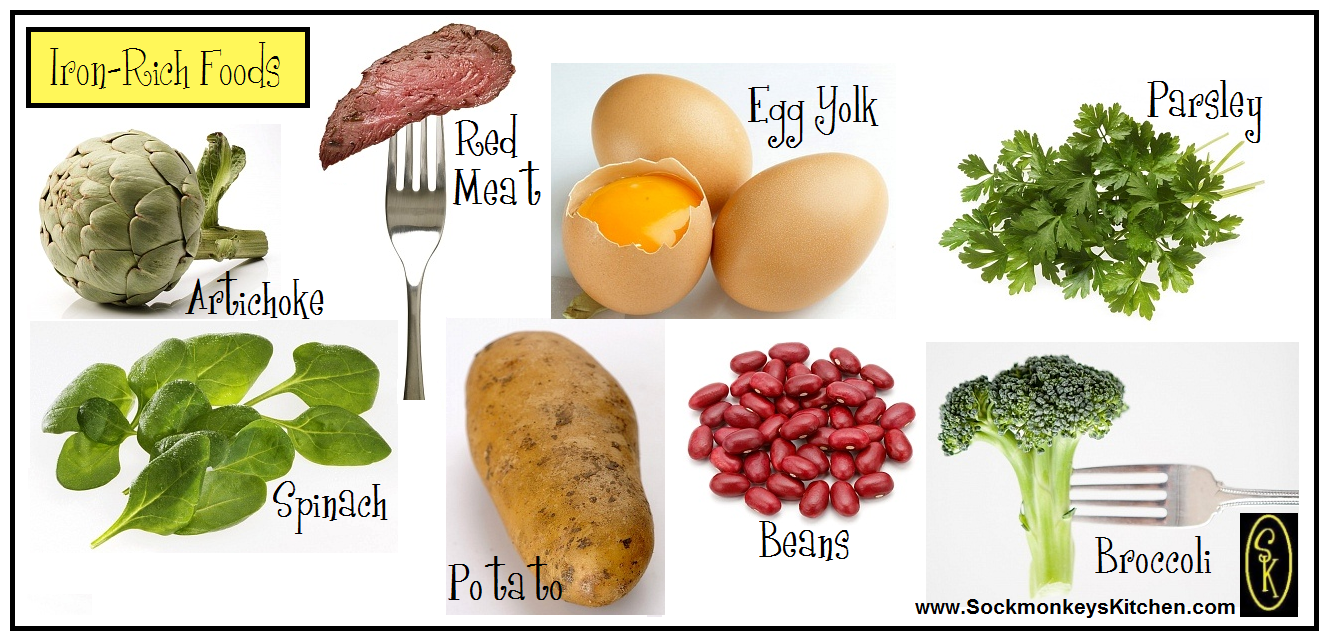
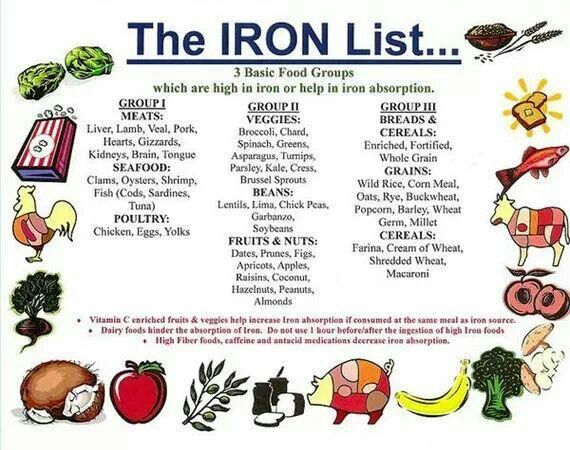
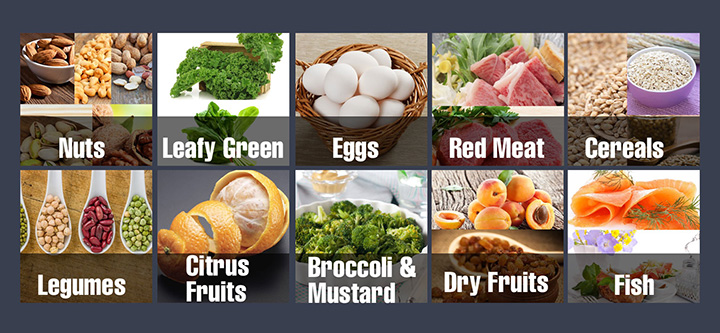
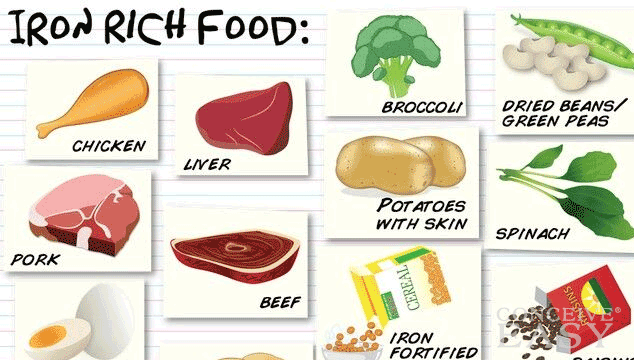
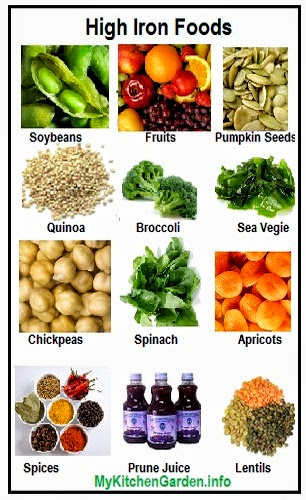
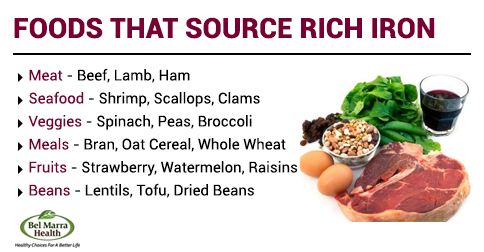
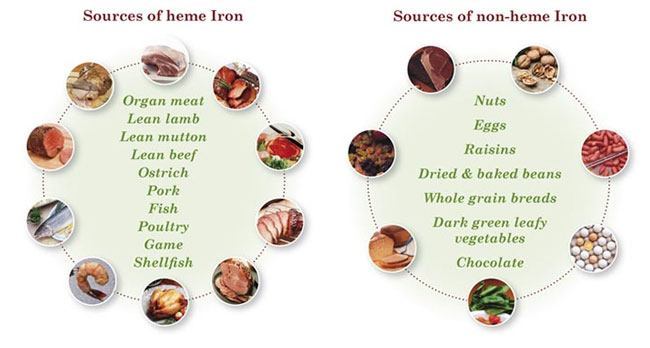
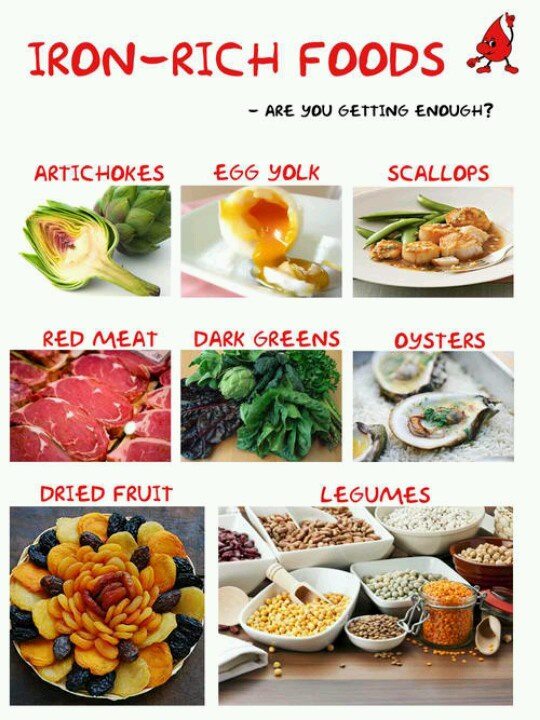
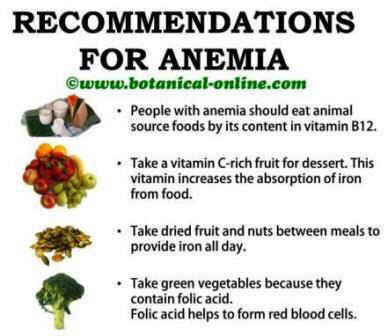

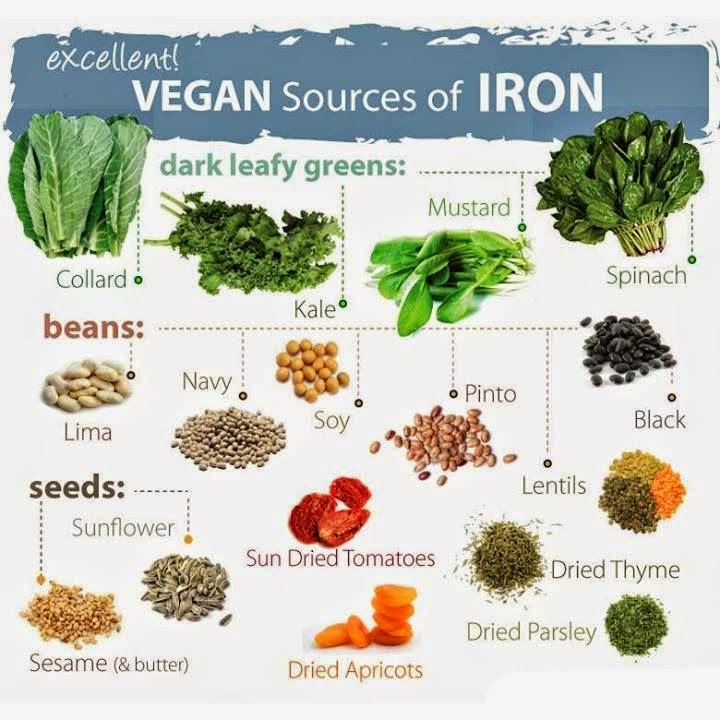
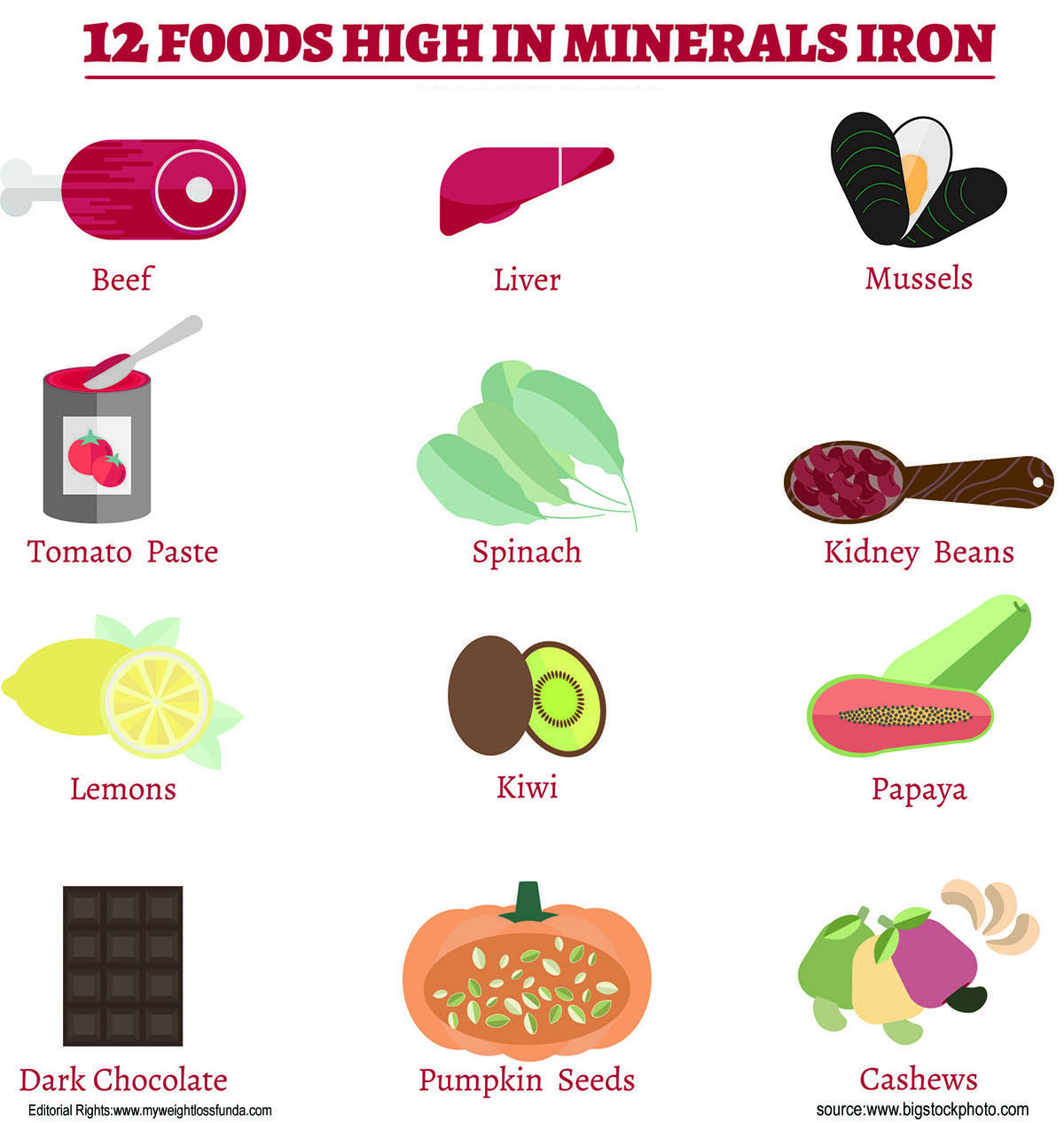
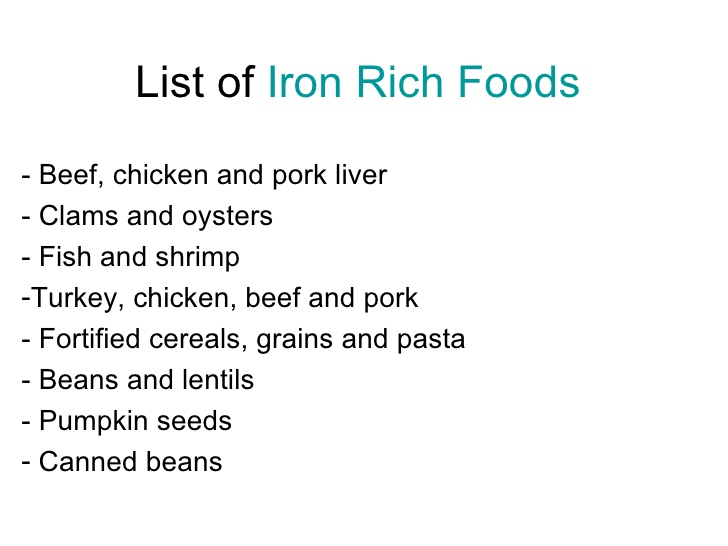
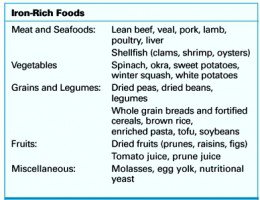

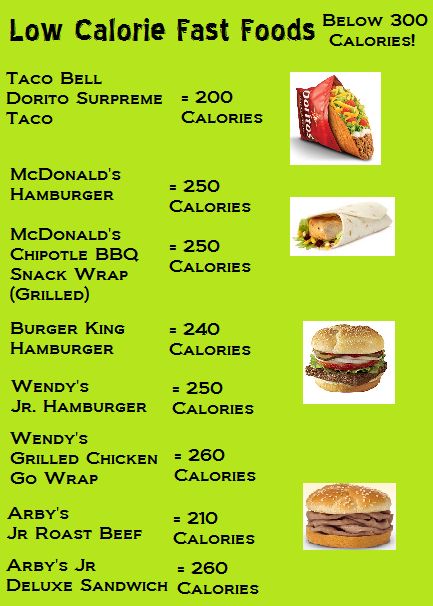
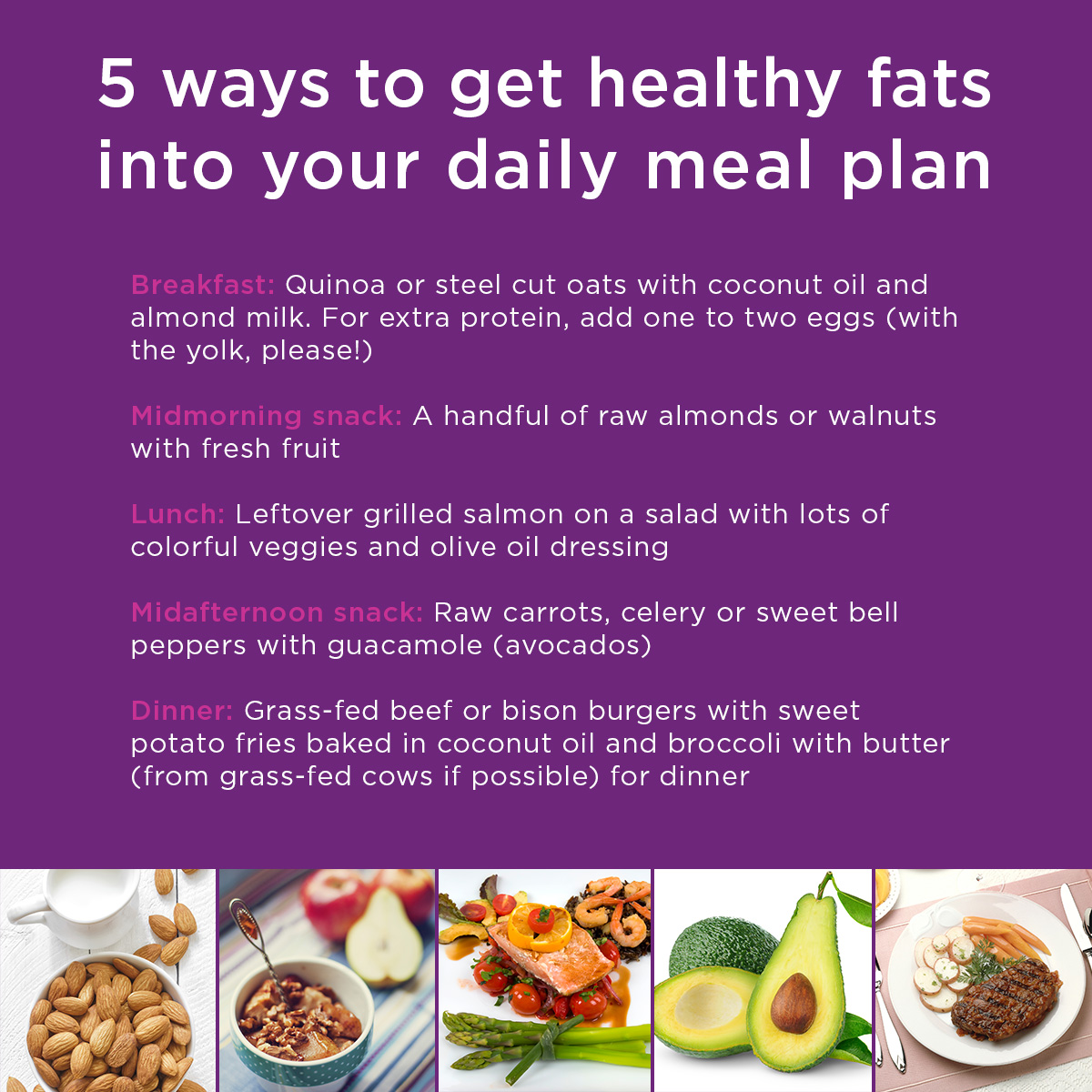
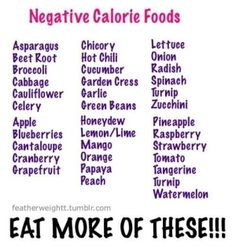
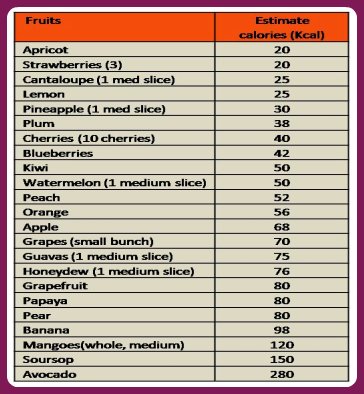
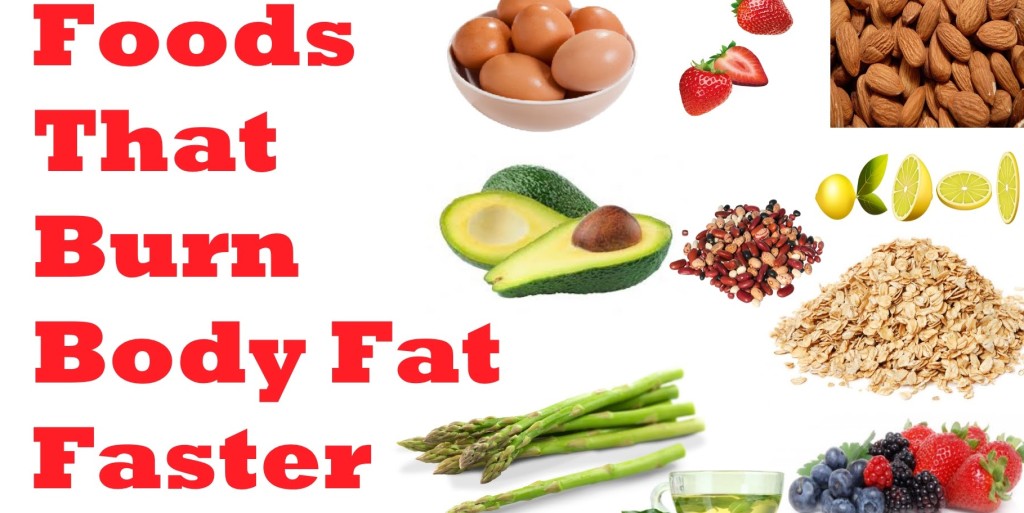
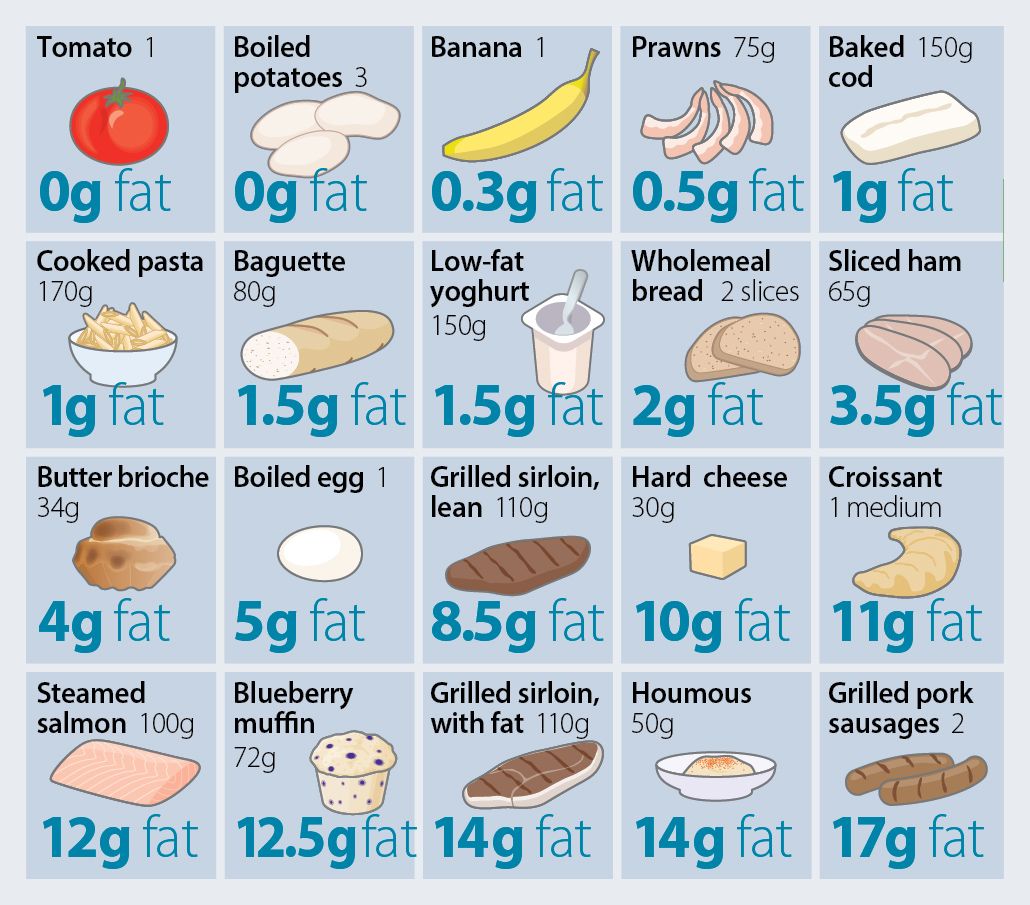
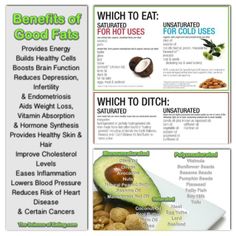
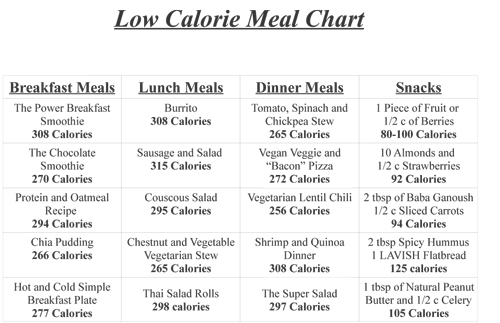
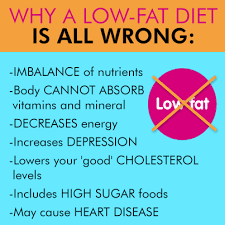
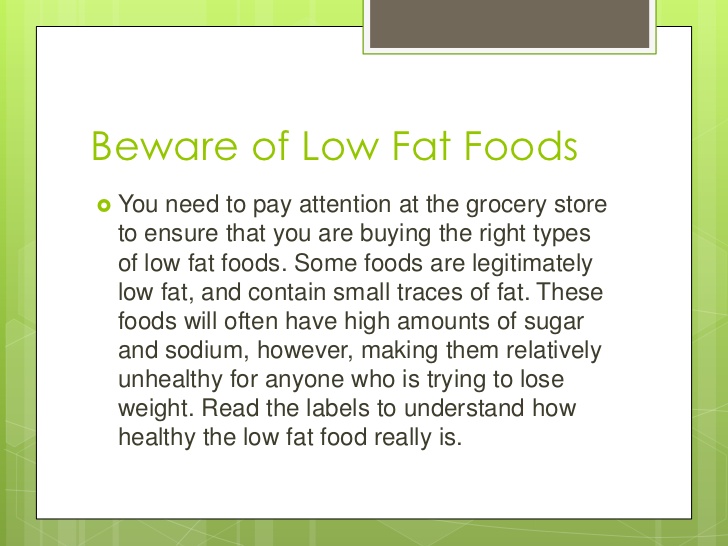
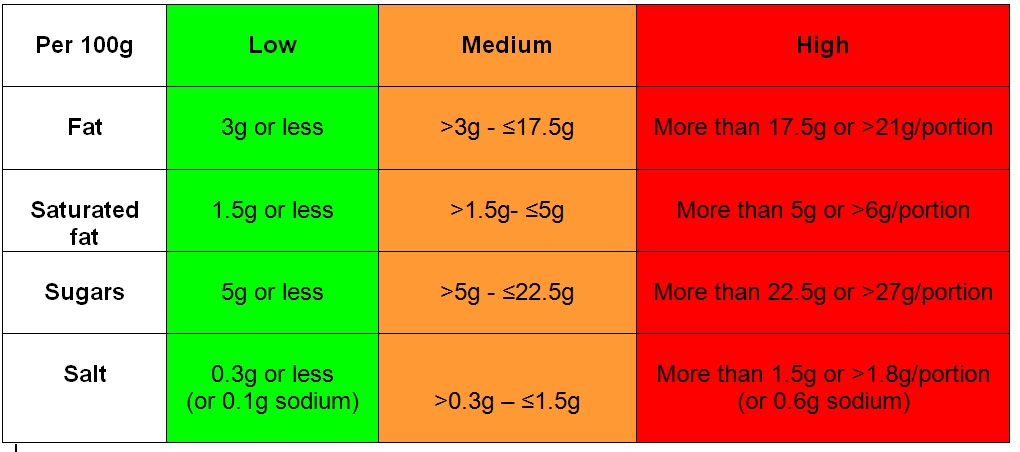

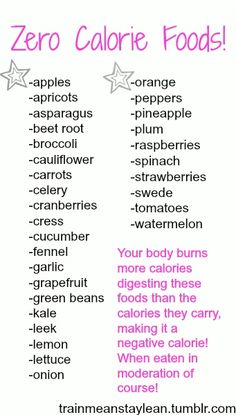
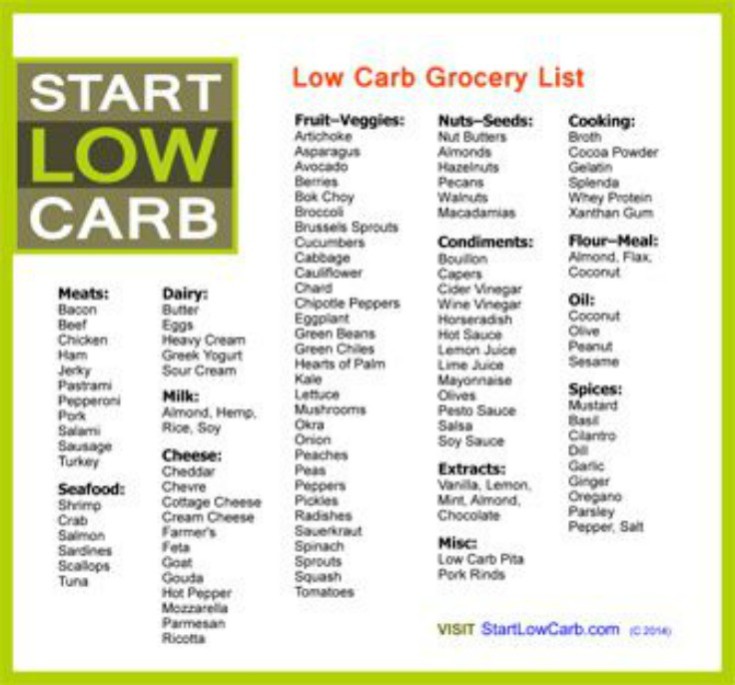
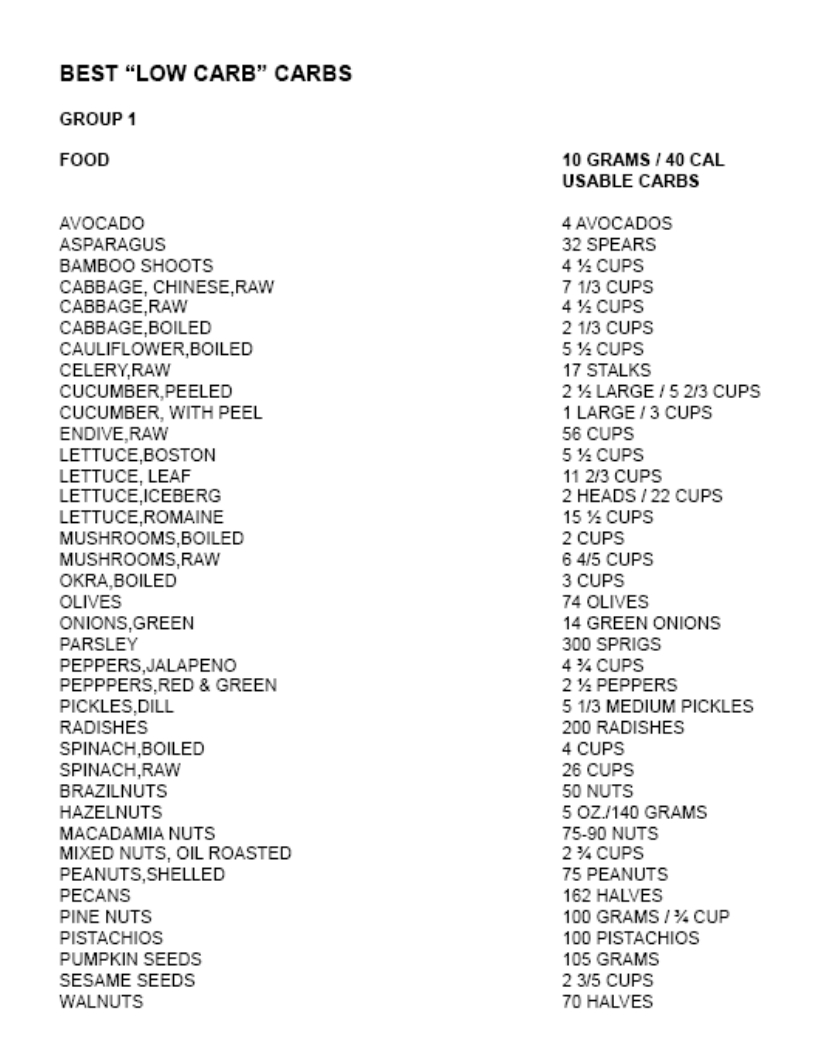
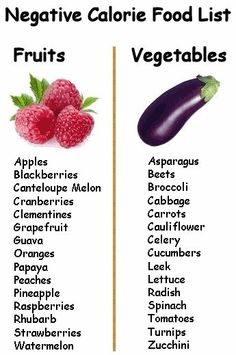
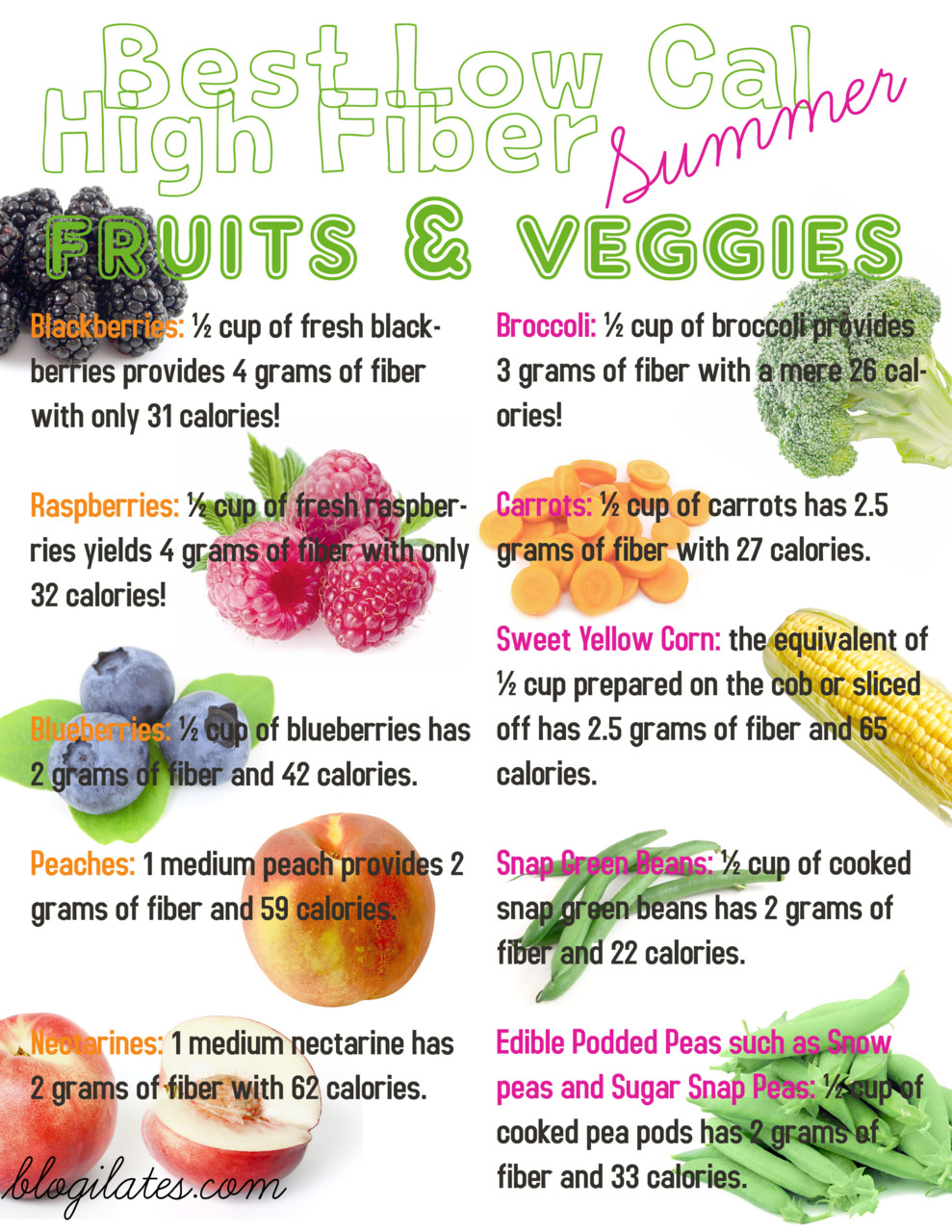

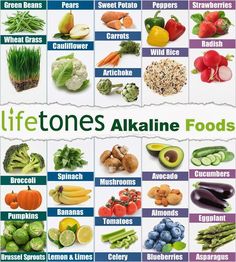
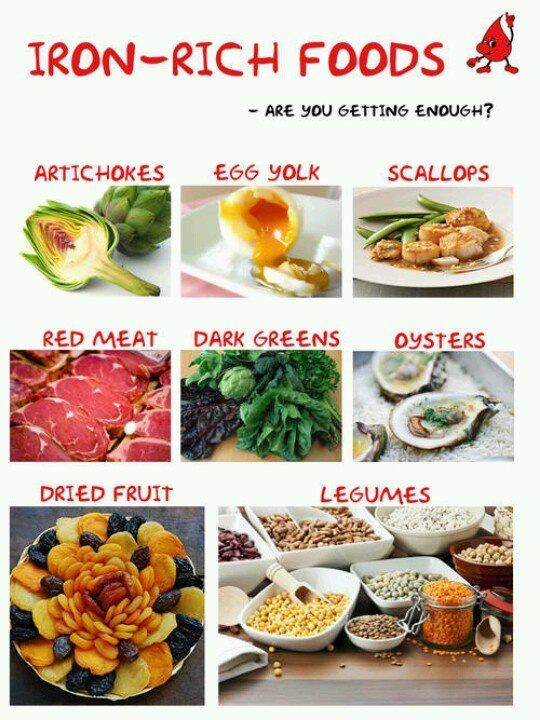
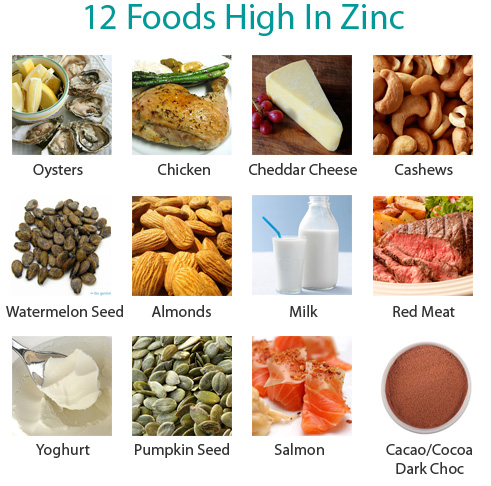
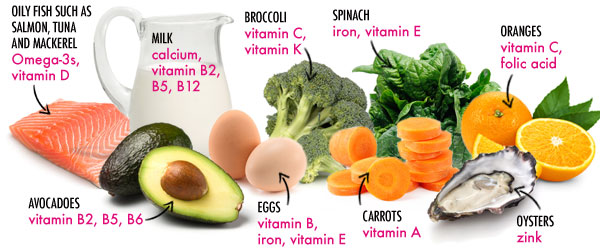
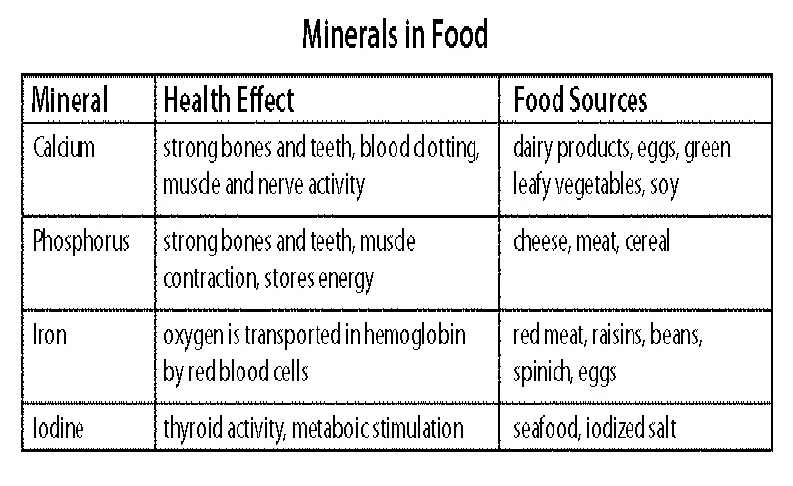
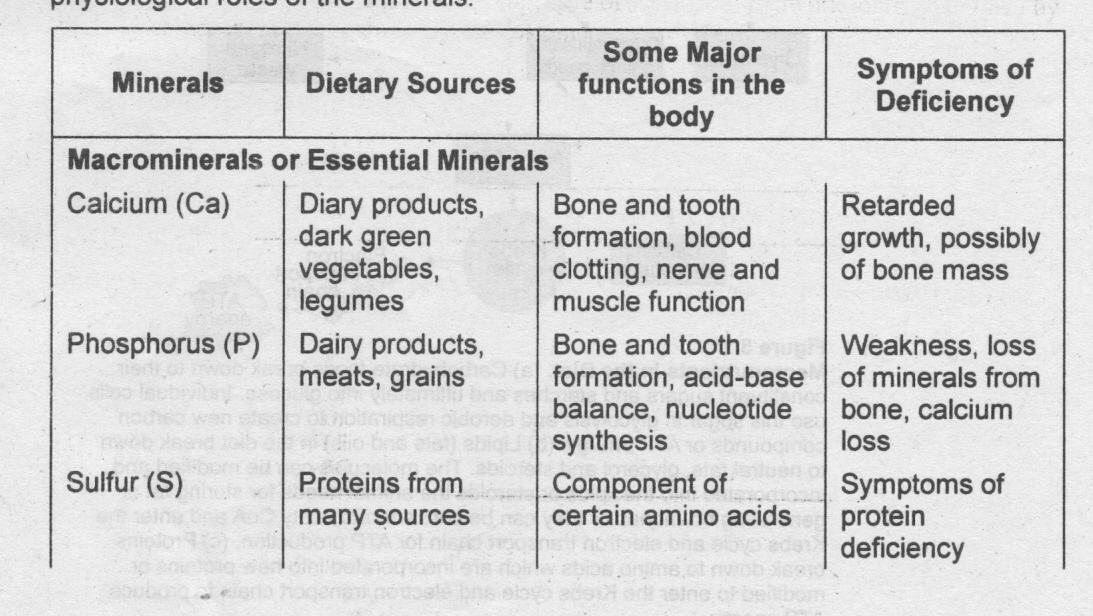
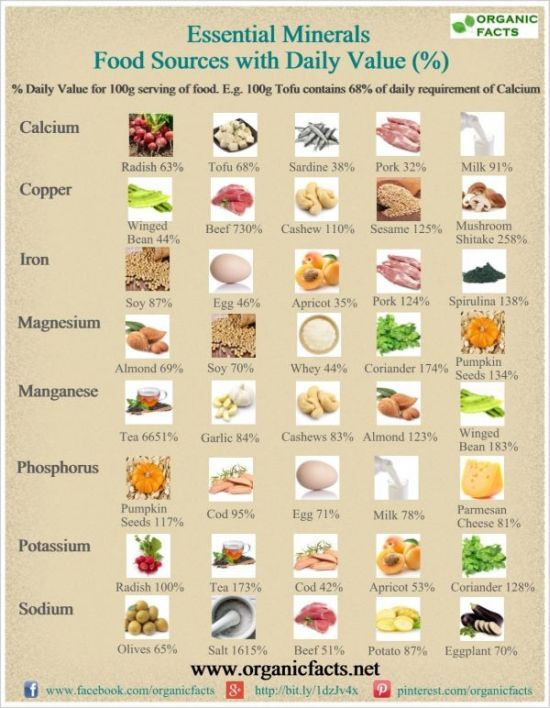
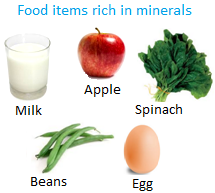
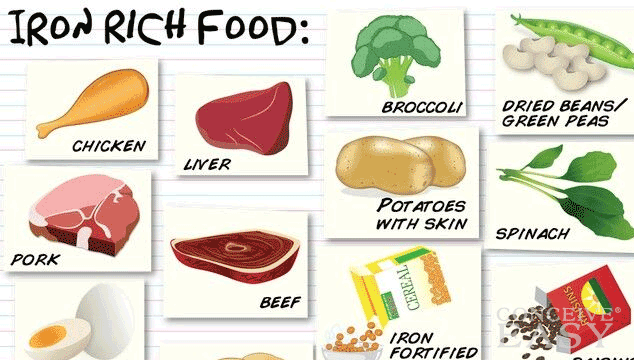
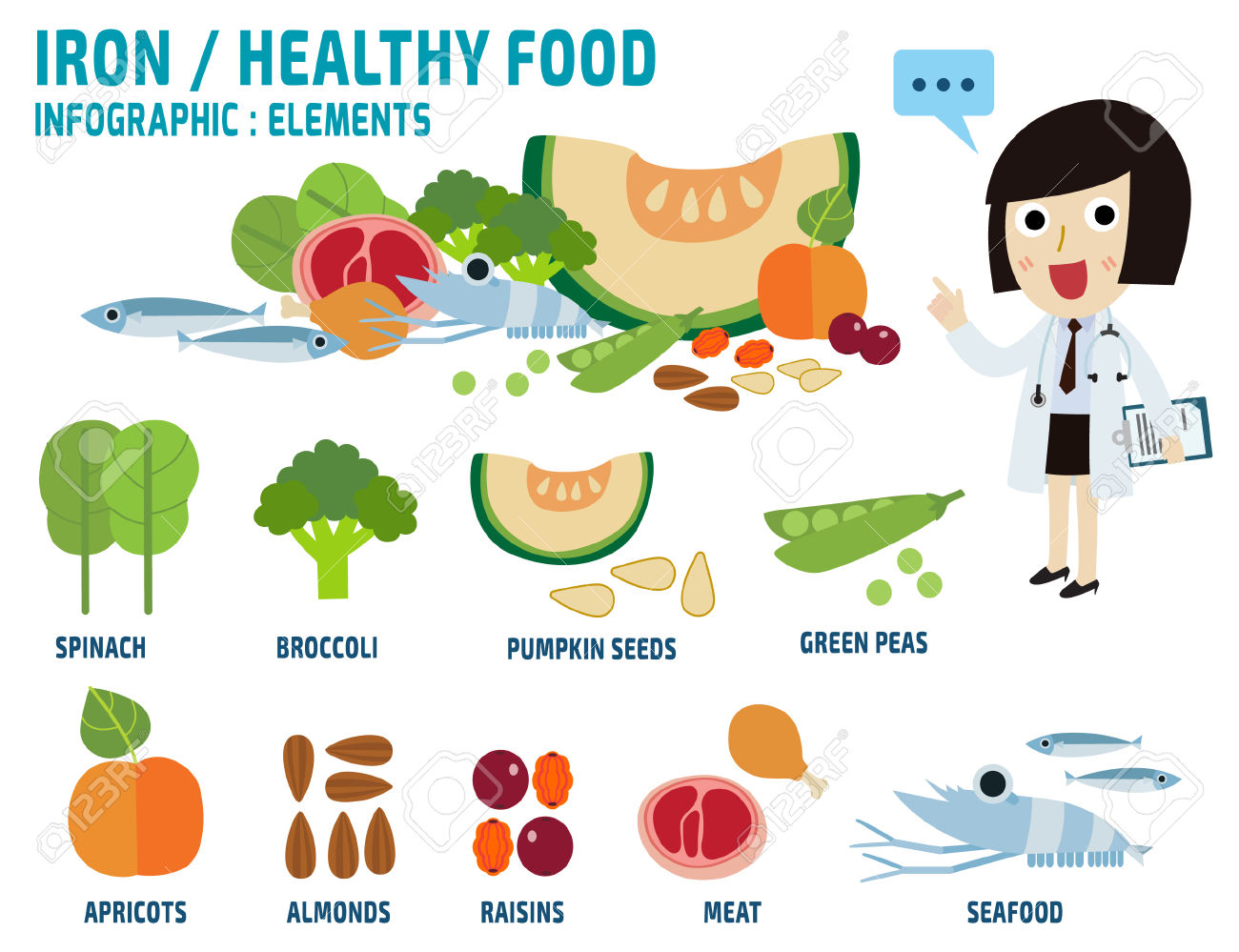
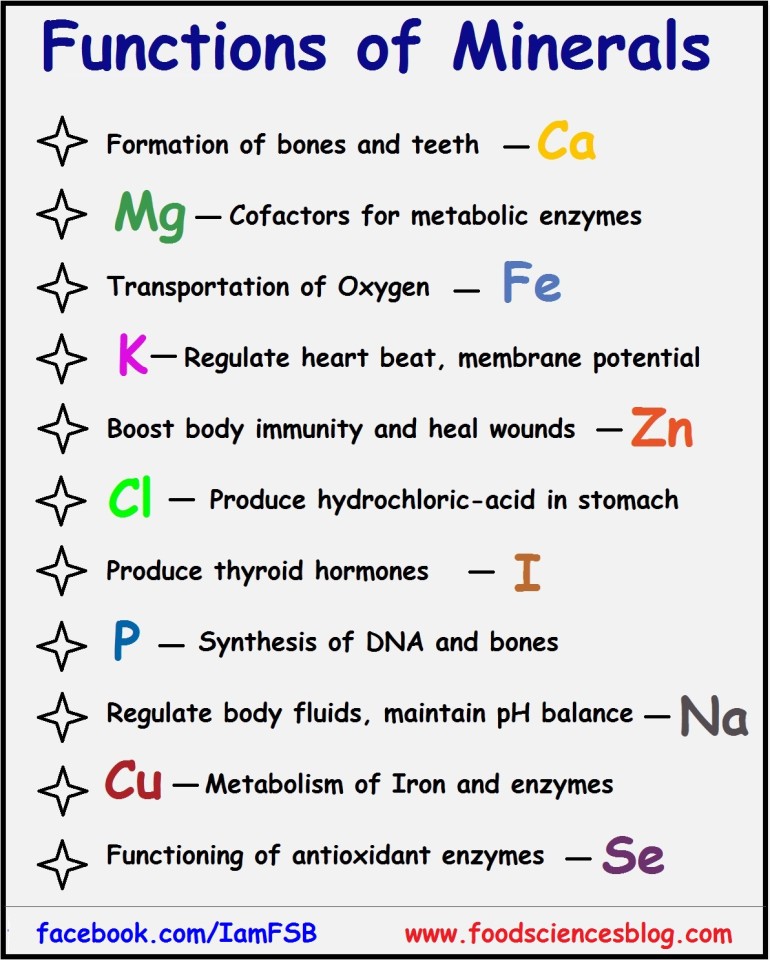
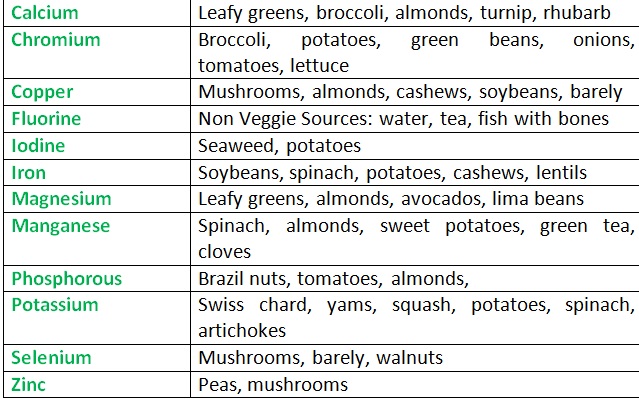
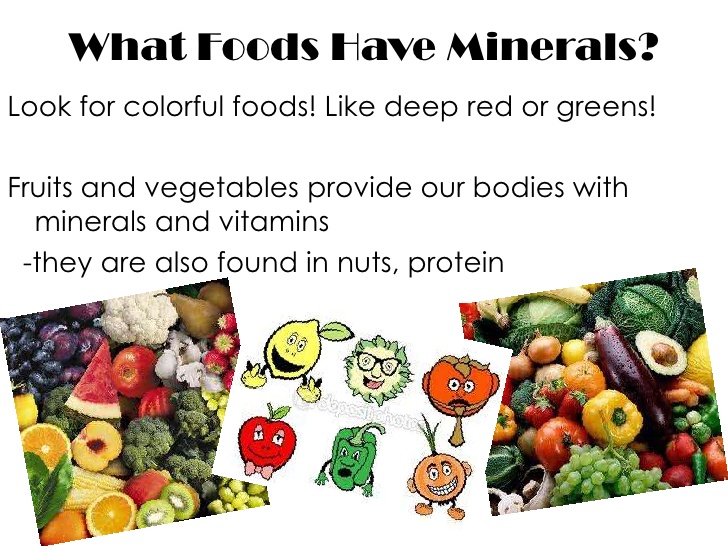
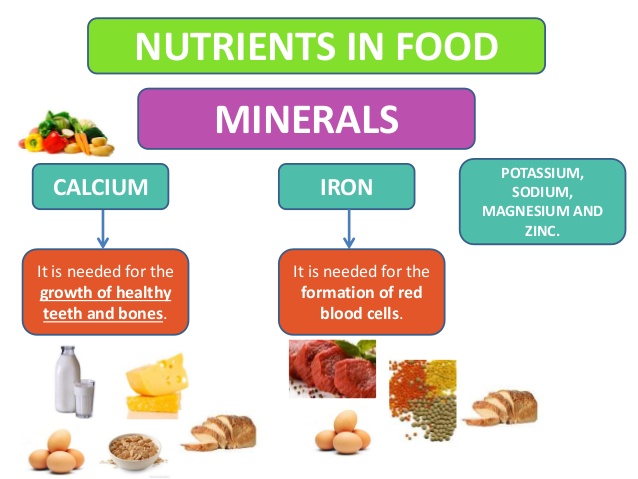
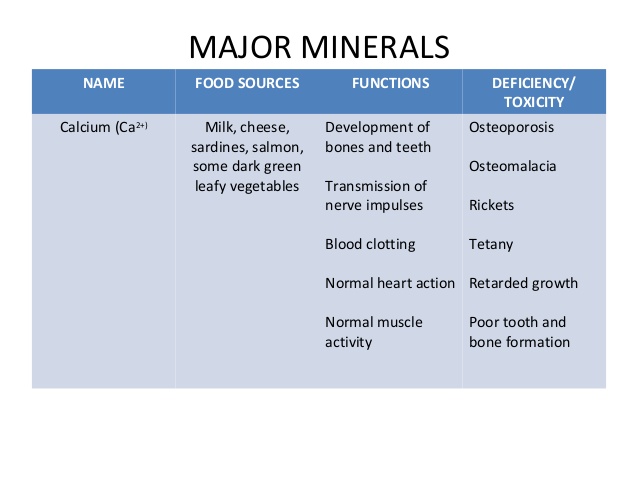
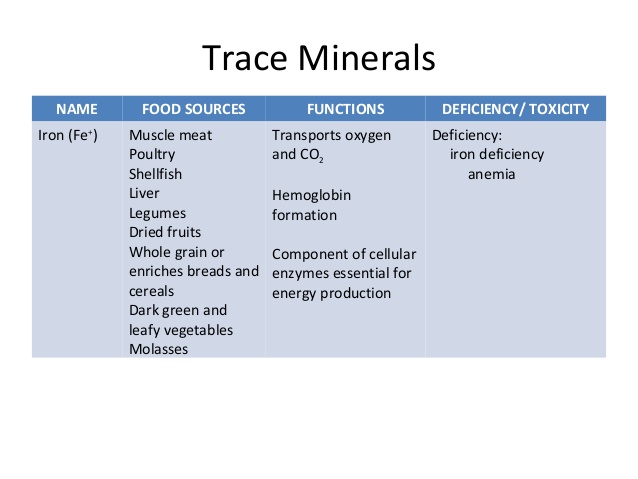
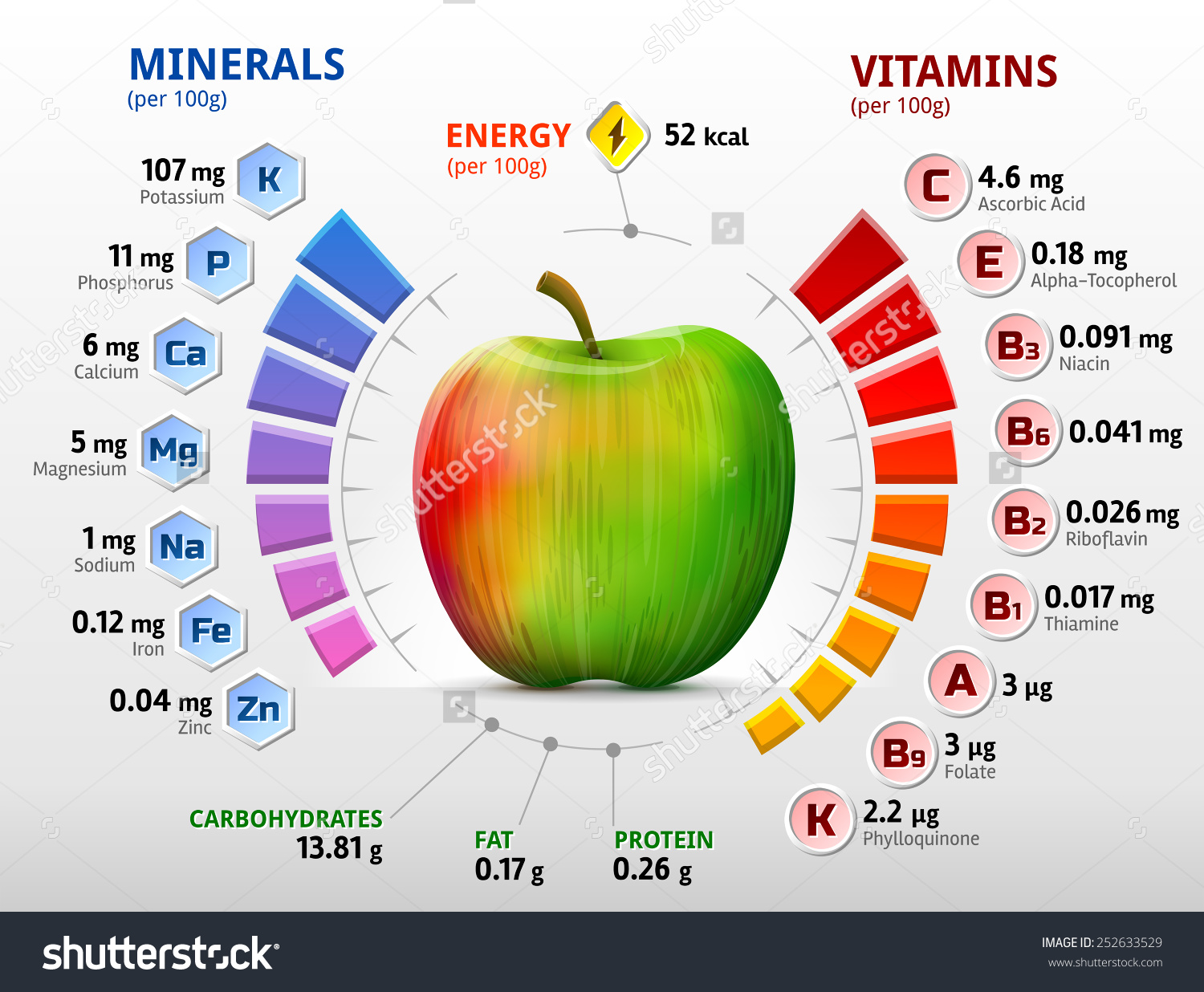
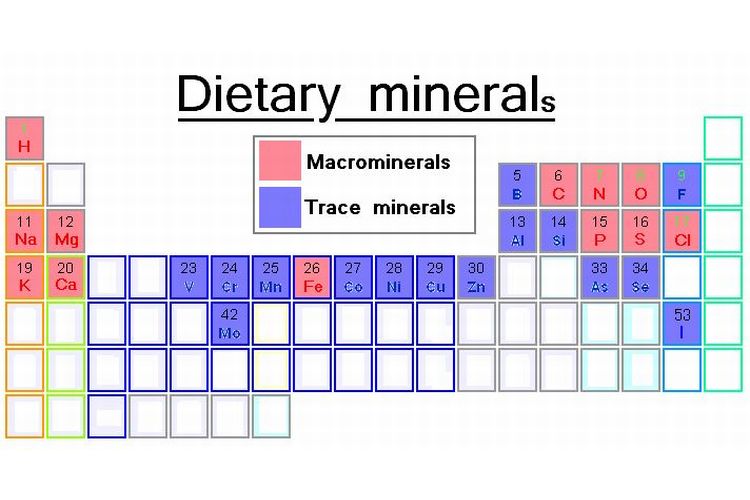
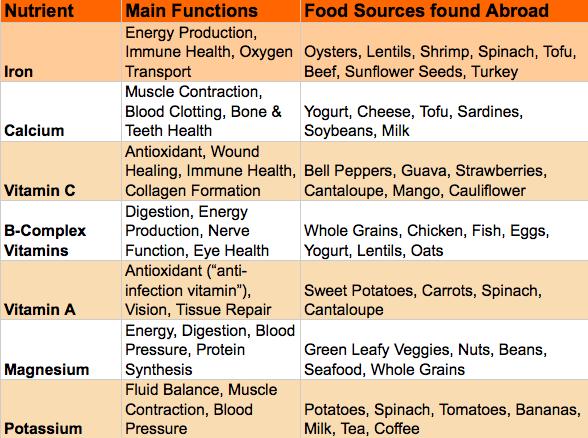
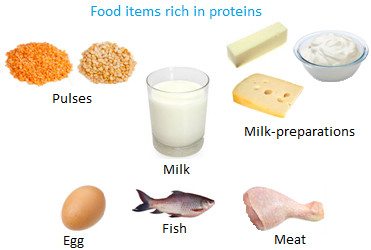
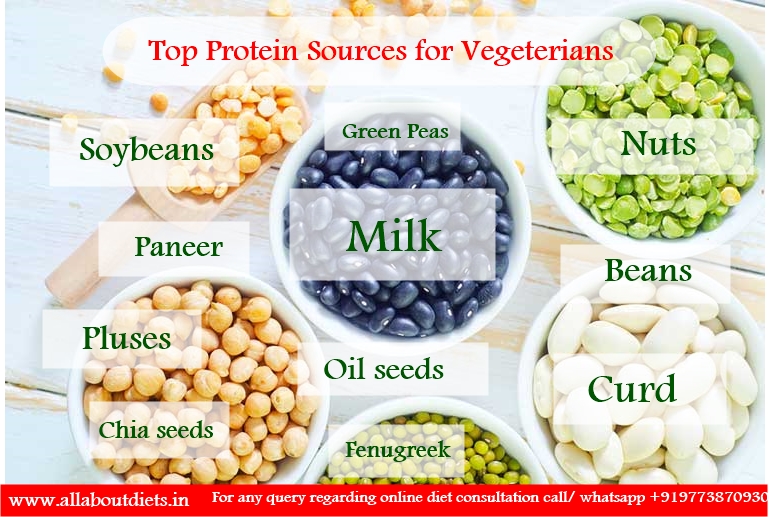
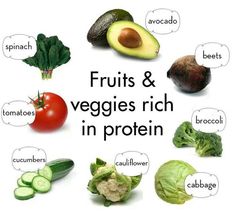
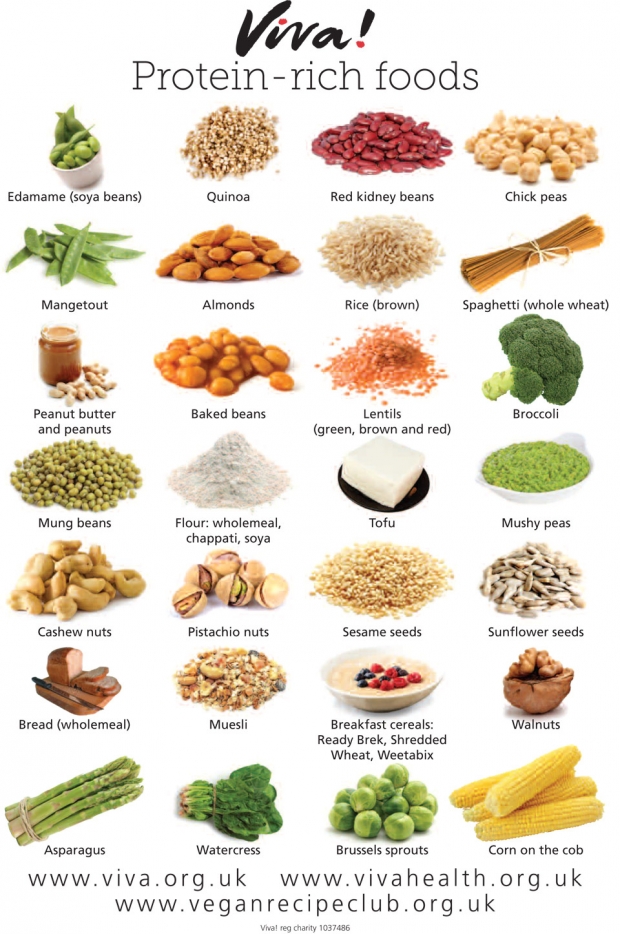
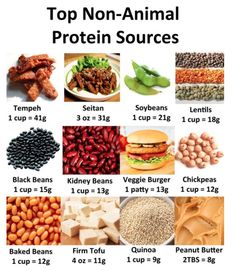
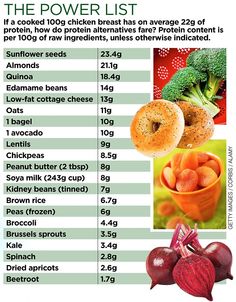
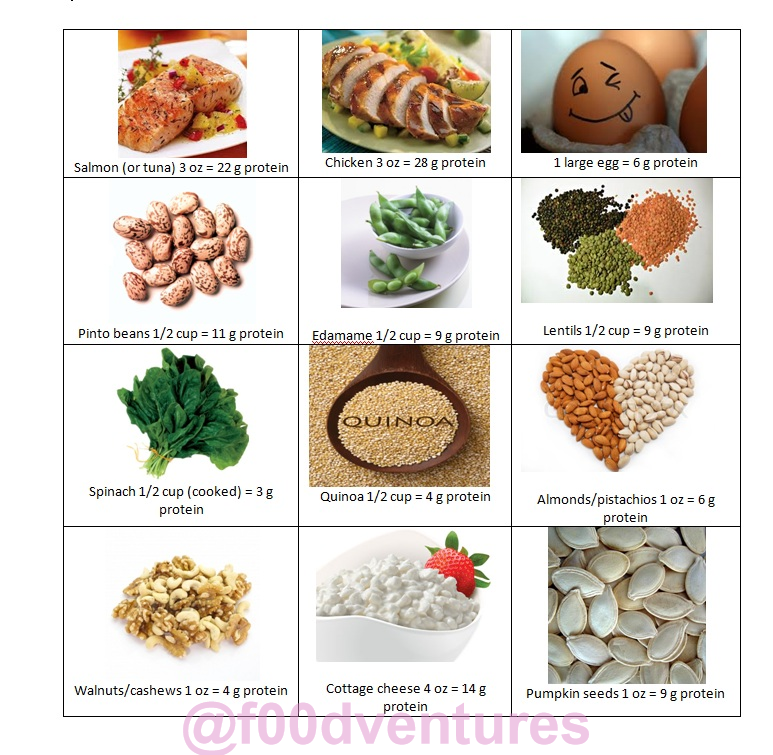
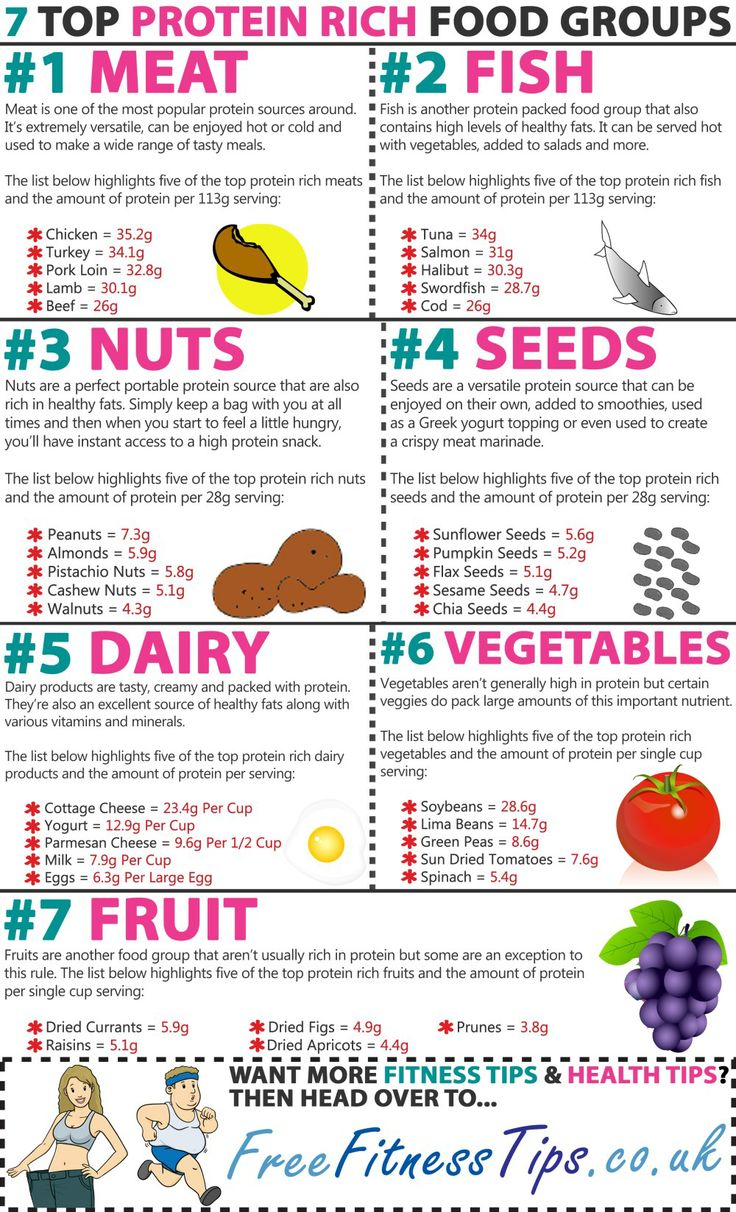
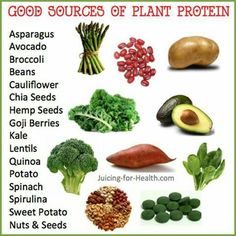
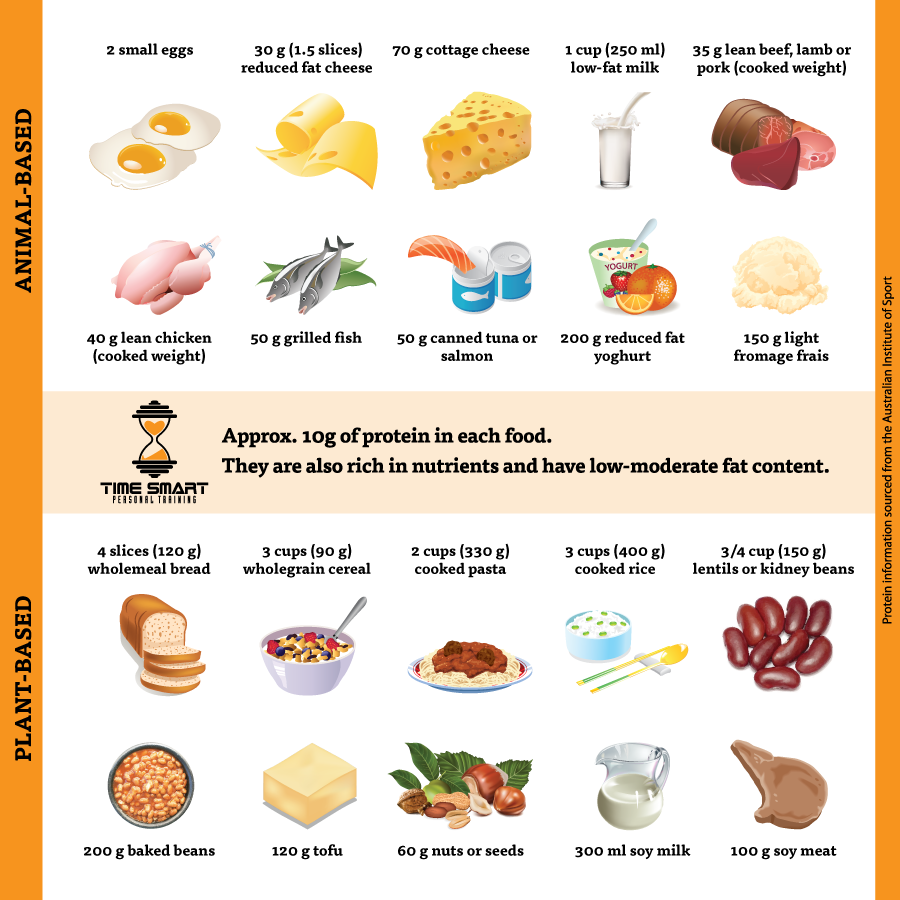
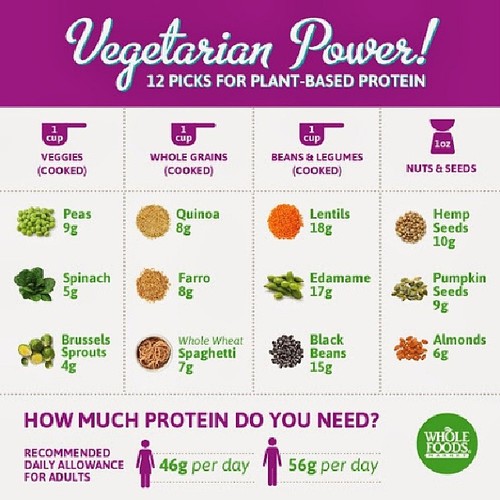
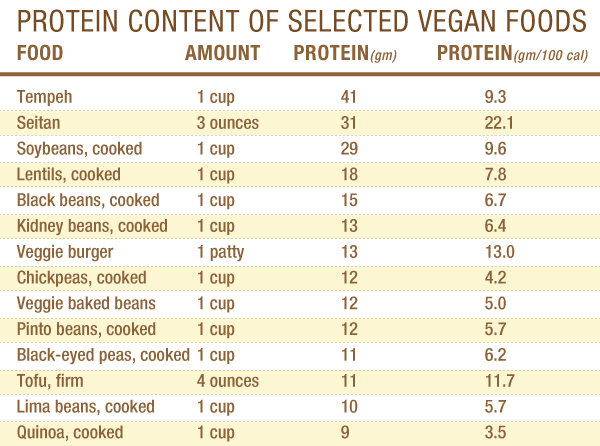
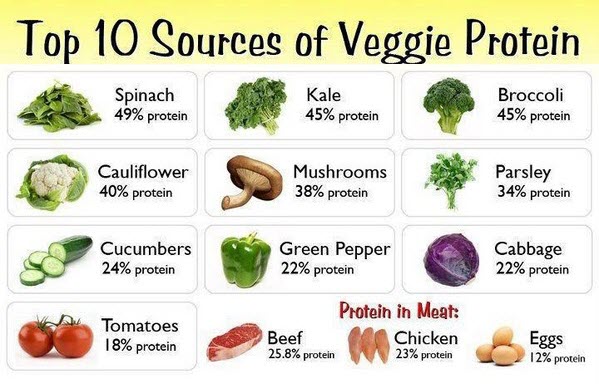
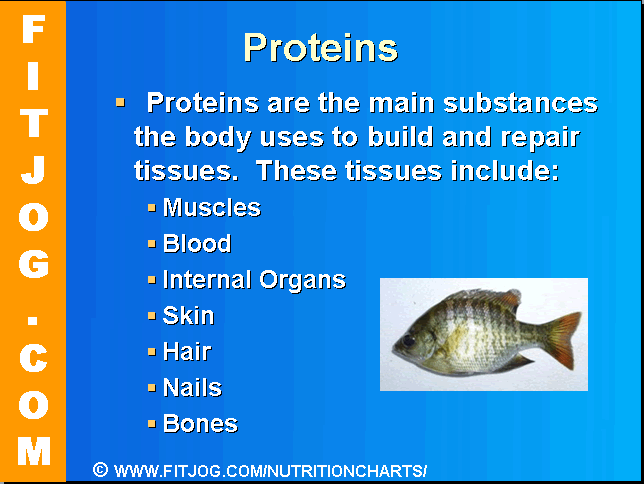
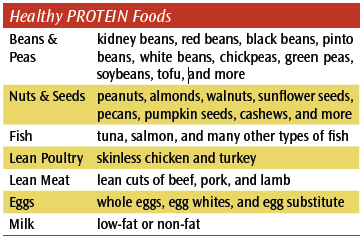
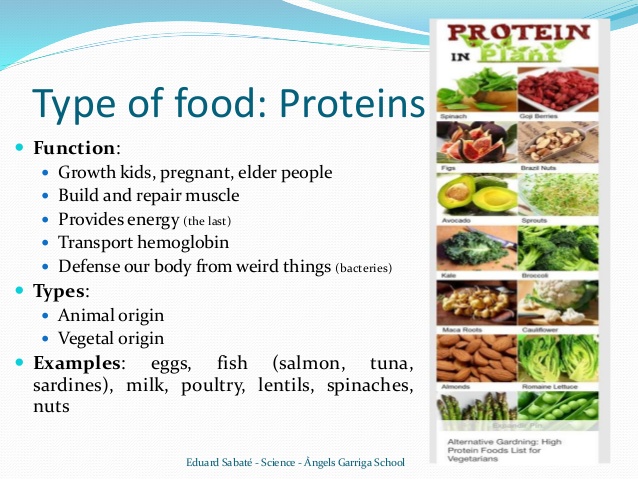
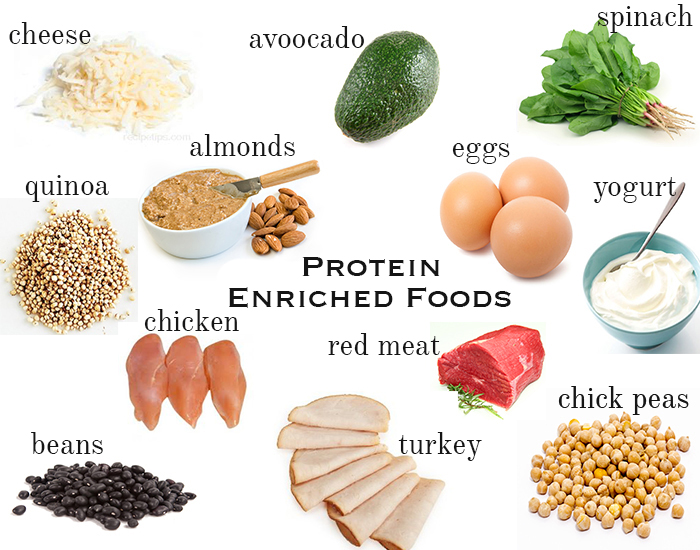
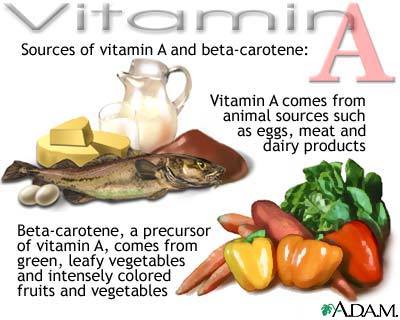
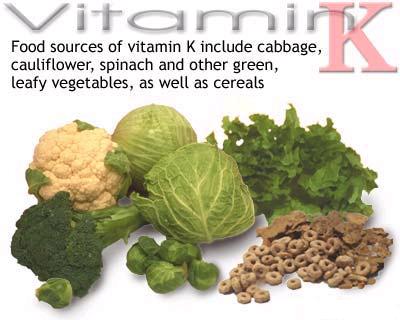
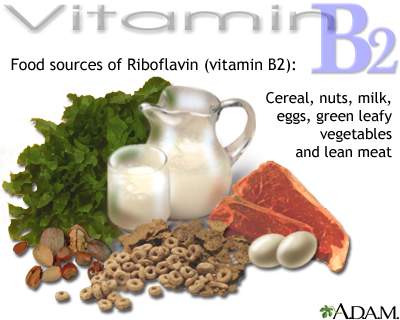
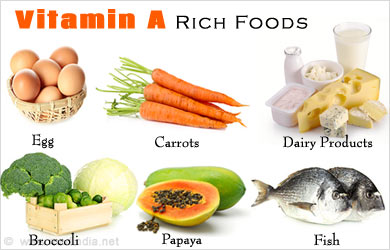
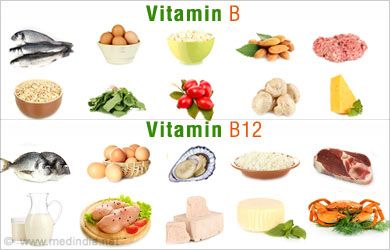
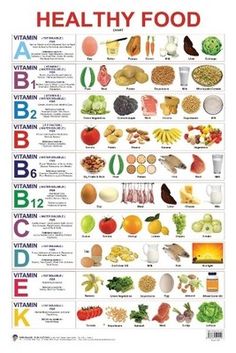
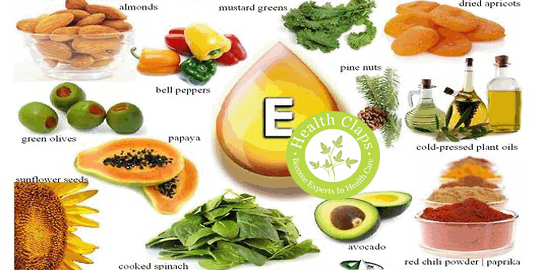
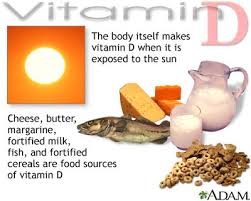
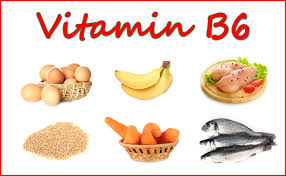
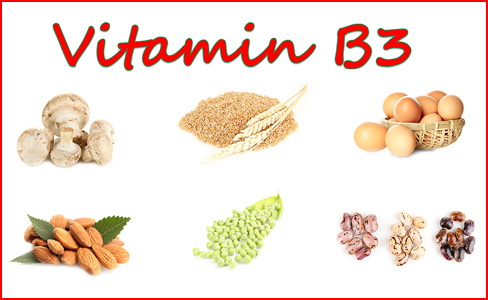
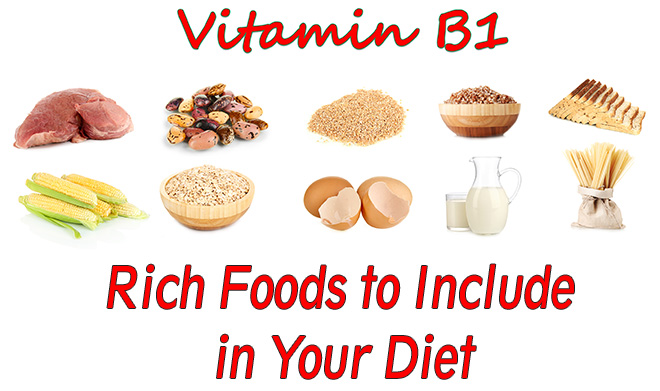
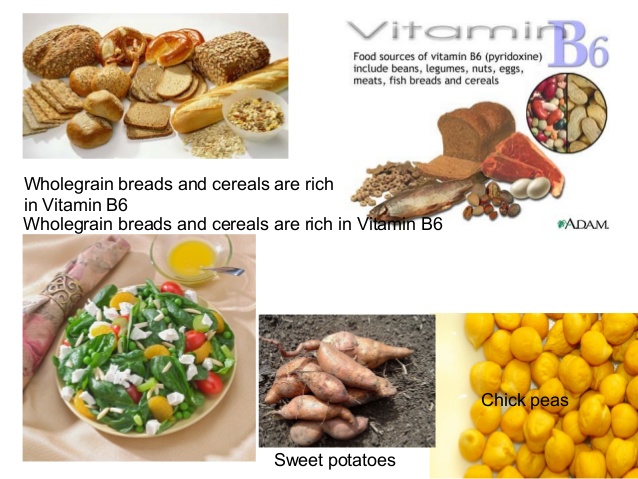
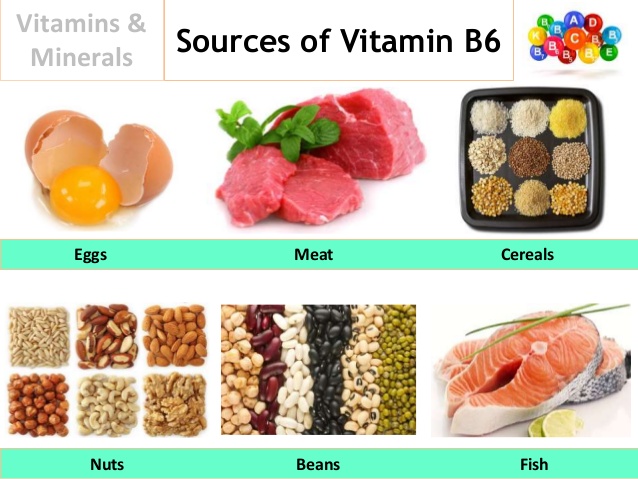

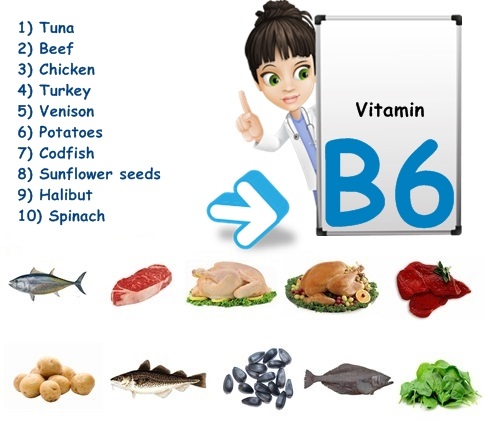
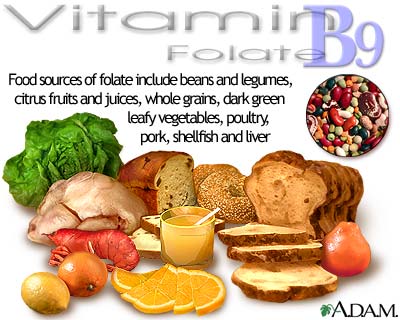
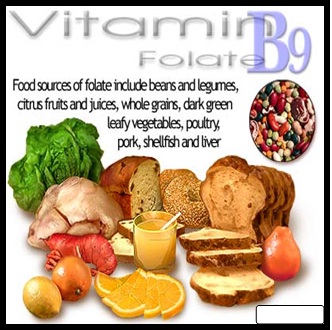
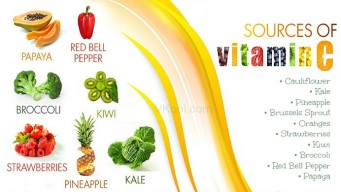
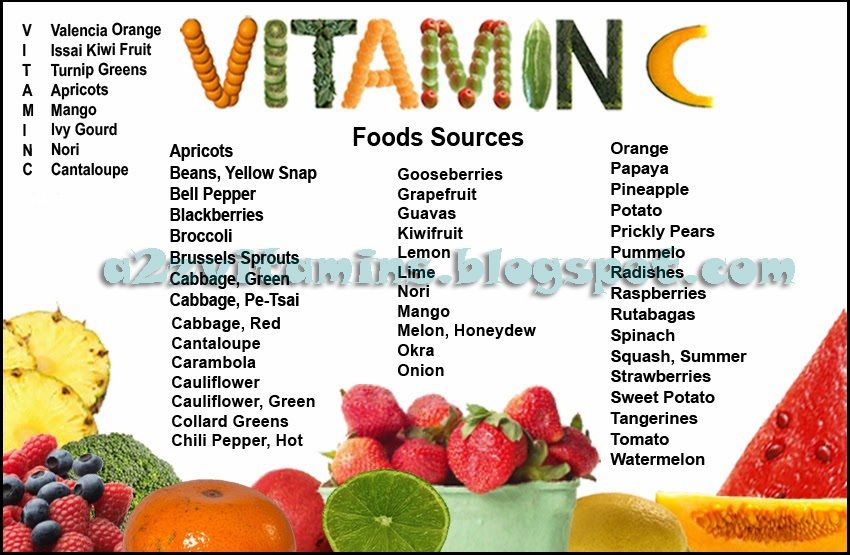
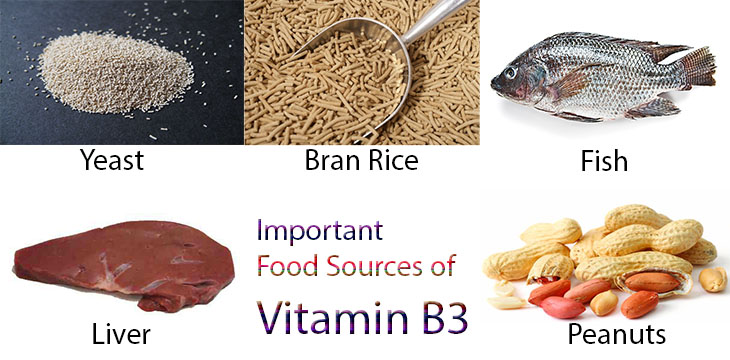
 more fibre, vitamins and minerals.
more fibre, vitamins and minerals.






























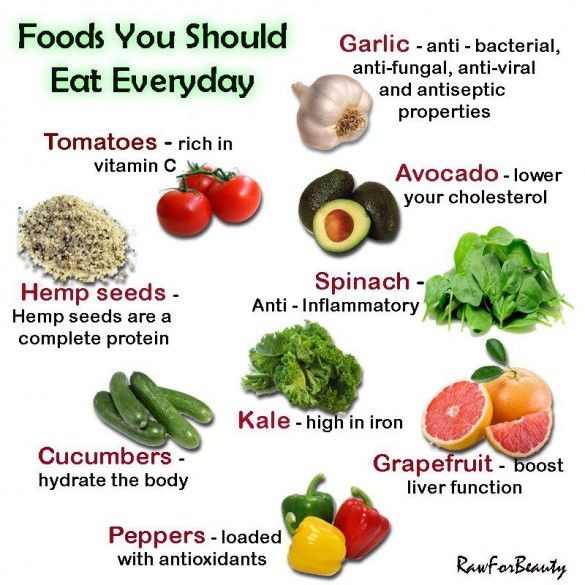
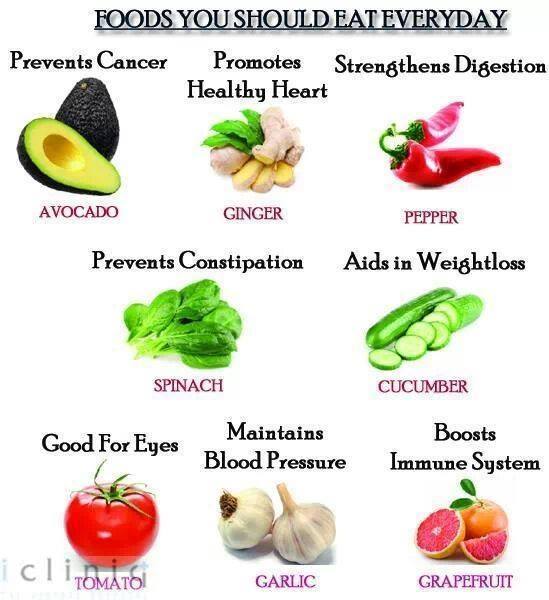
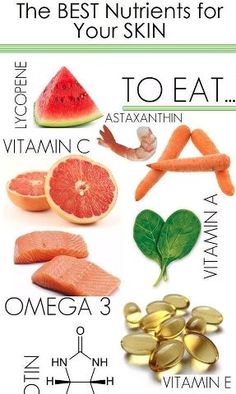
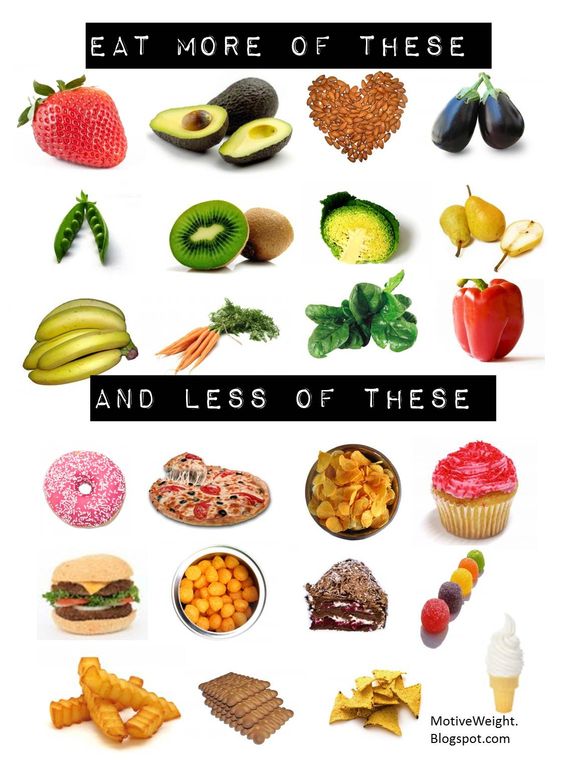
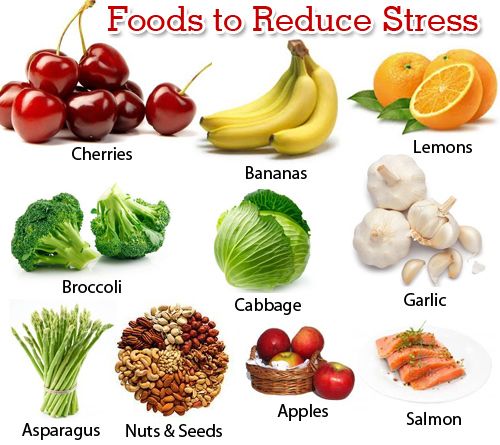
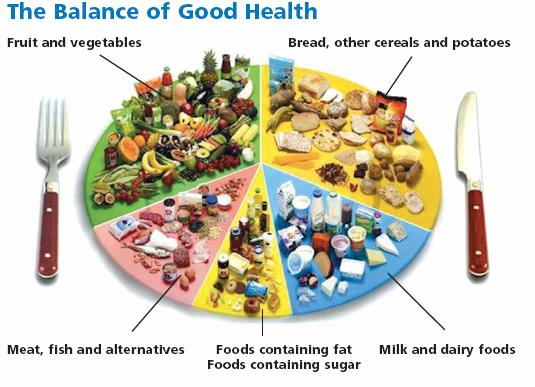
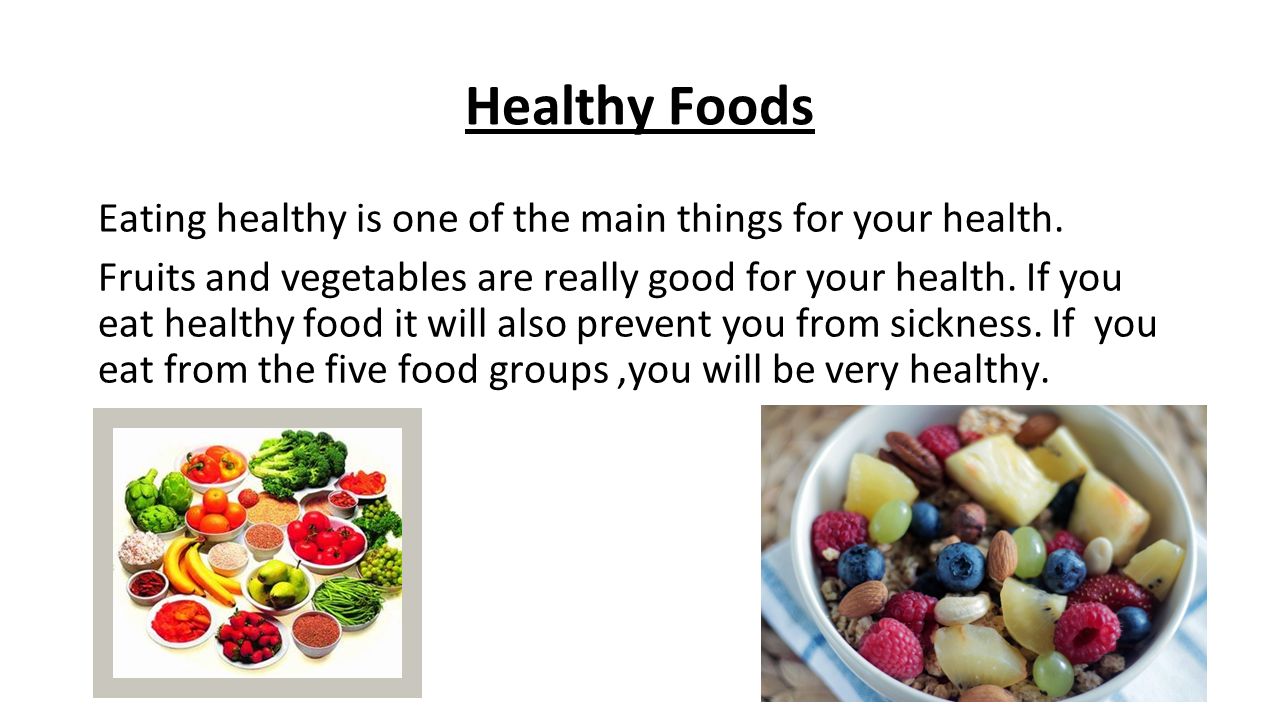
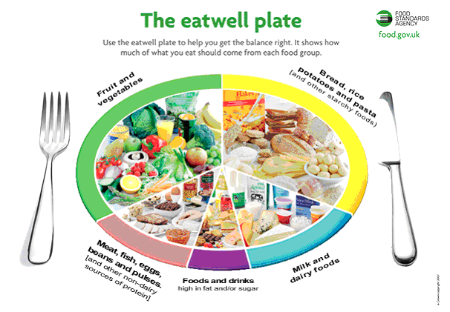
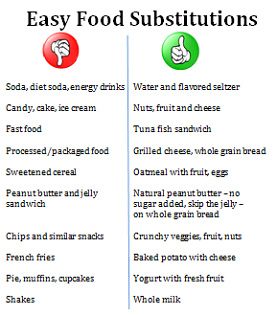
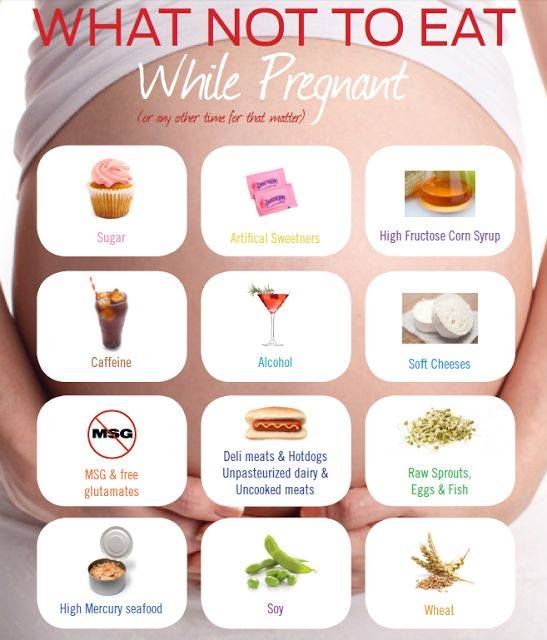
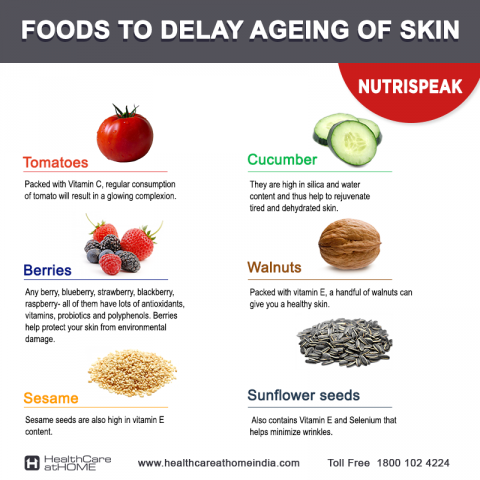
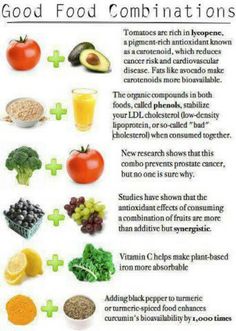

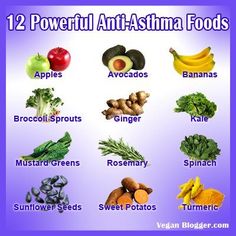
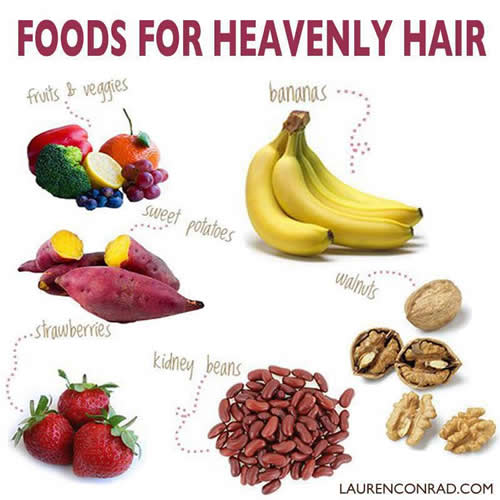
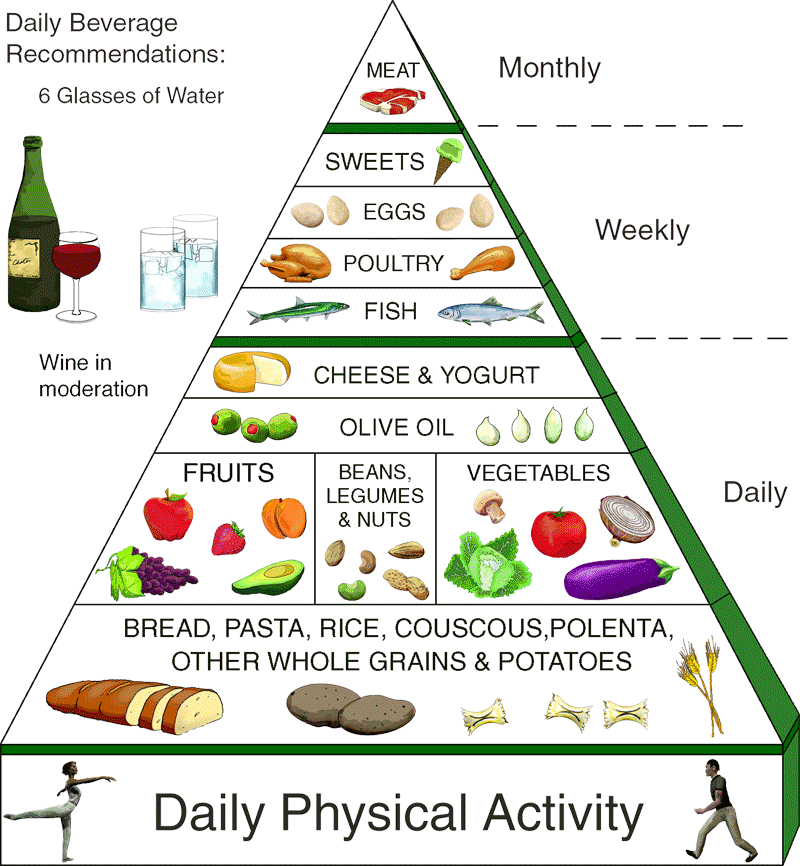
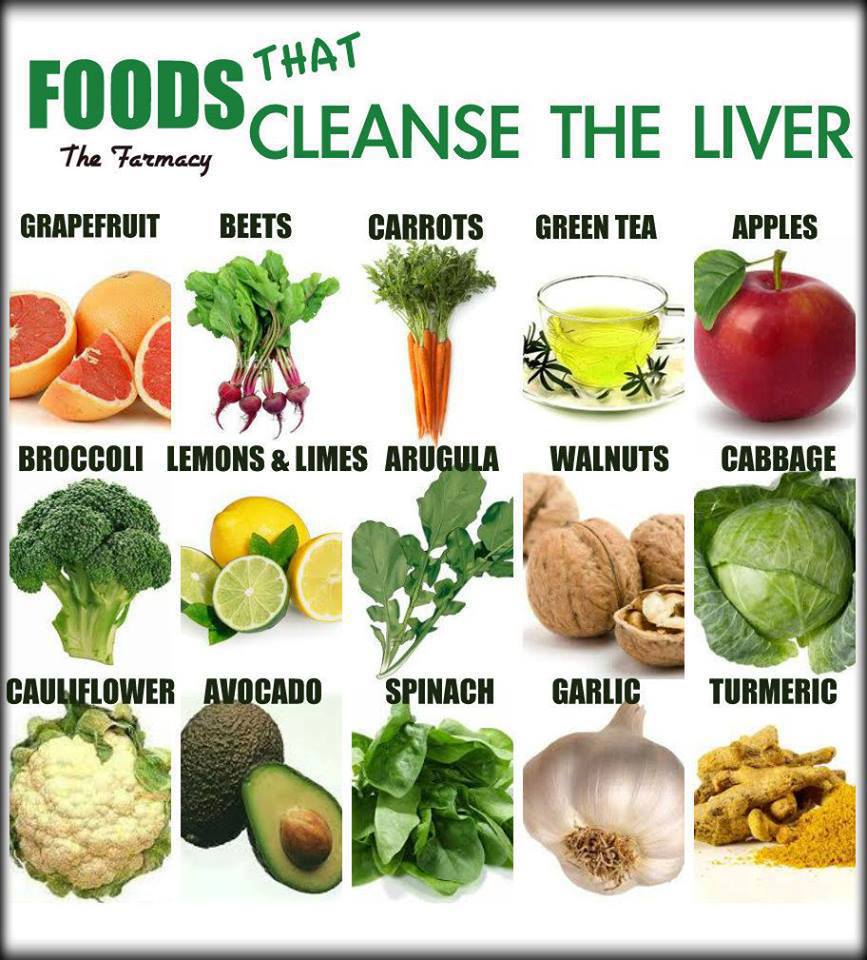
 Fruit has been recognized as a good source of vitamins and minerals, and for their role in preventing vitamin C and vitamin A deficiencies. People who eat fruit as part of an overall healthy diet generally have a reduced risk of chronic diseases. USDA's MyPlate encourages making half your plate fruits and vegetables for healthy eating.
Fruit has been recognized as a good source of vitamins and minerals, and for their role in preventing vitamin C and vitamin A deficiencies. People who eat fruit as part of an overall healthy diet generally have a reduced risk of chronic diseases. USDA's MyPlate encourages making half your plate fruits and vegetables for healthy eating.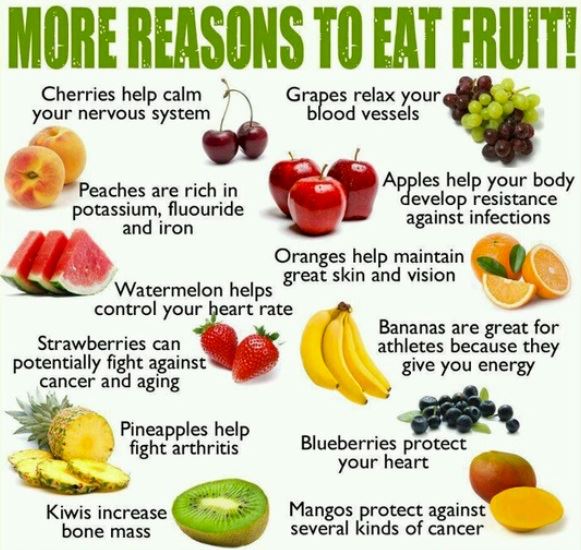
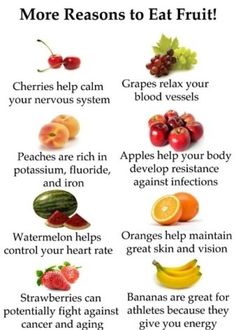
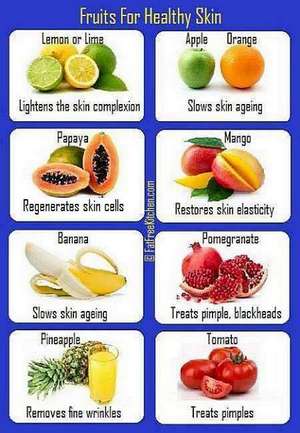
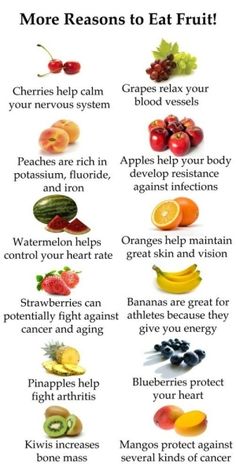
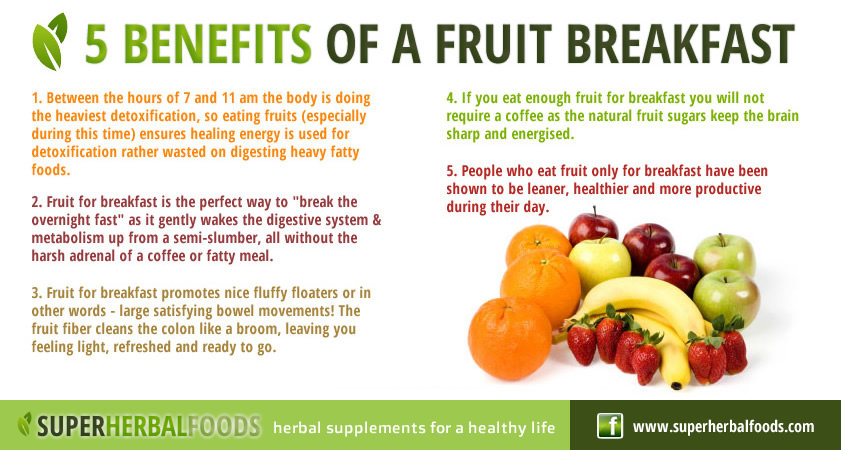
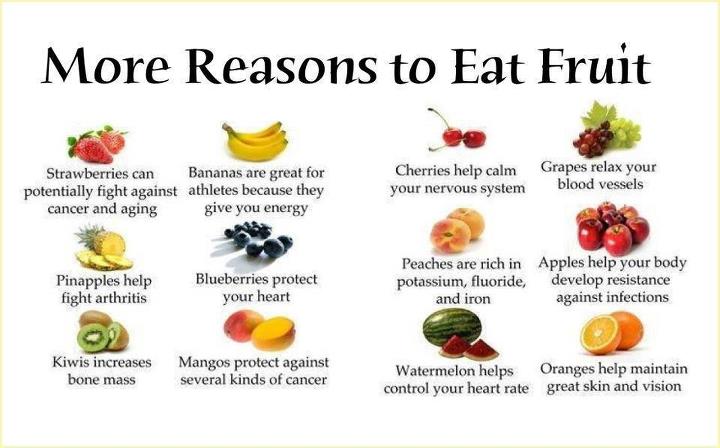
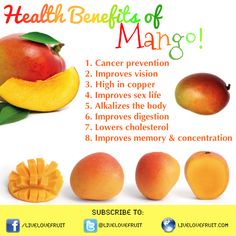
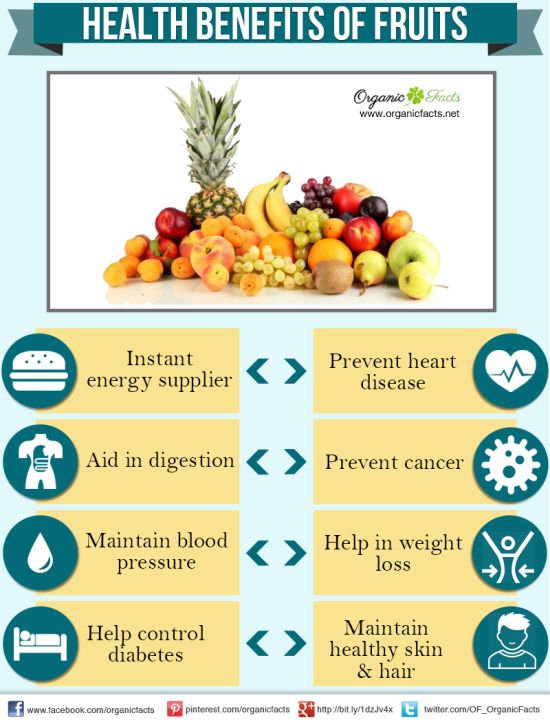
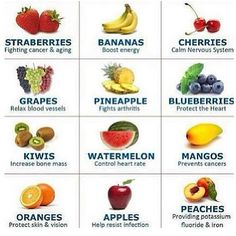
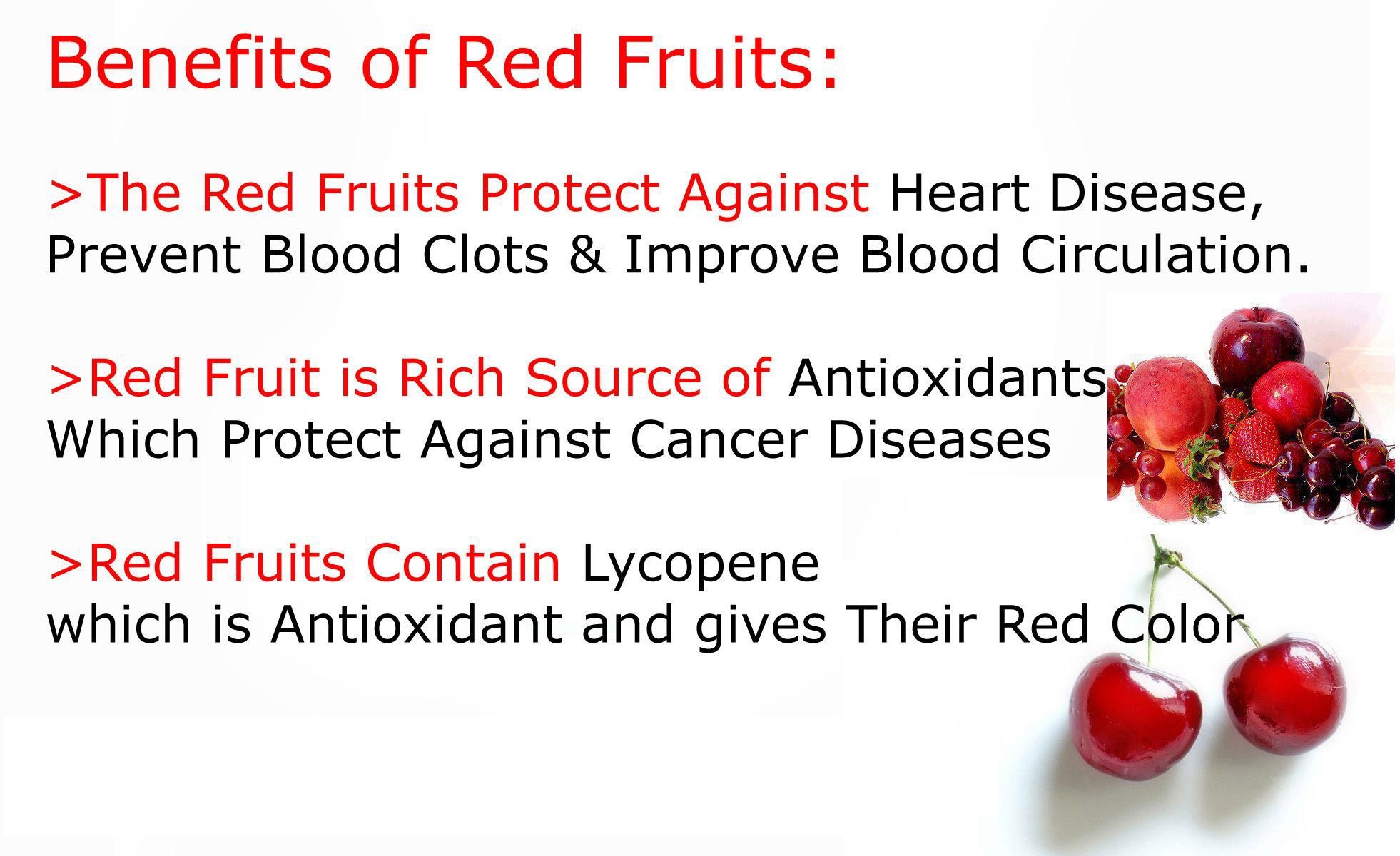
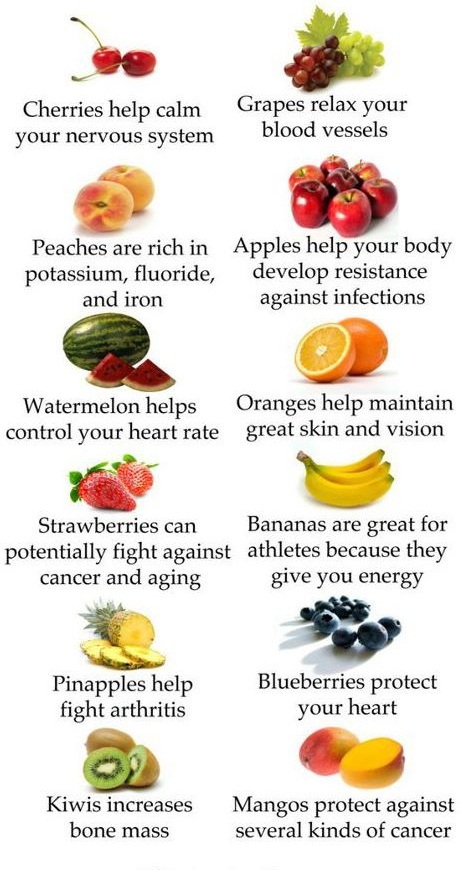
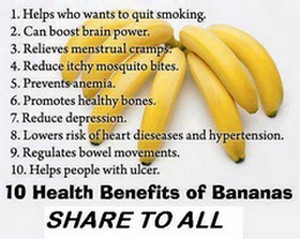
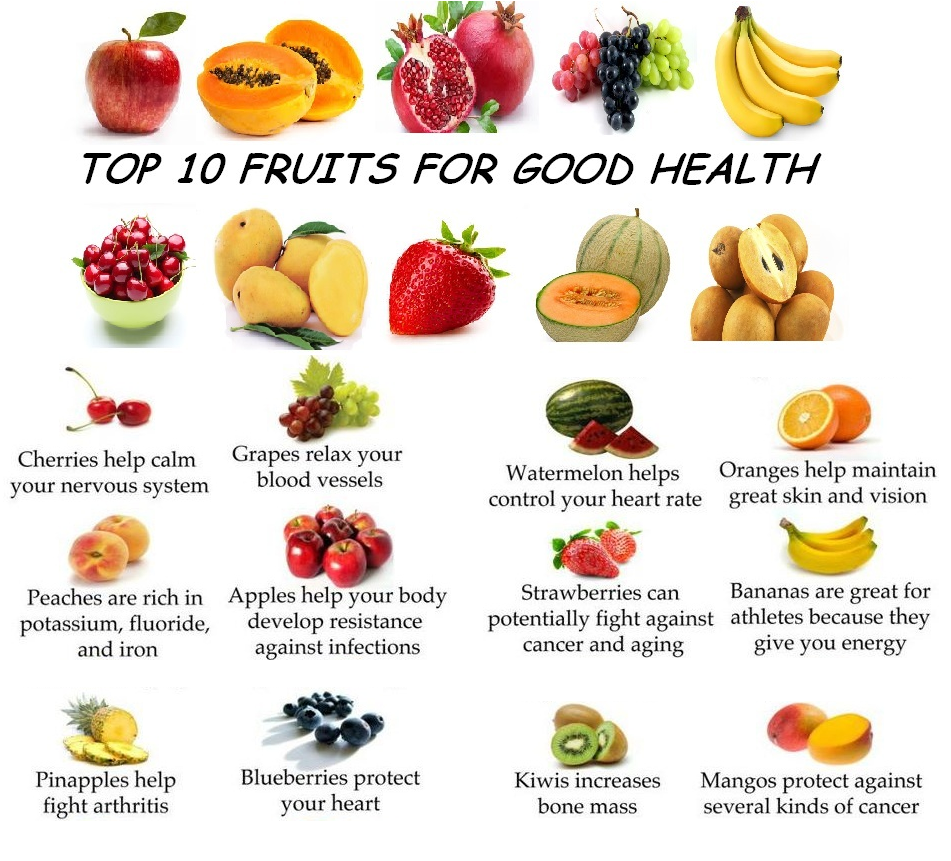
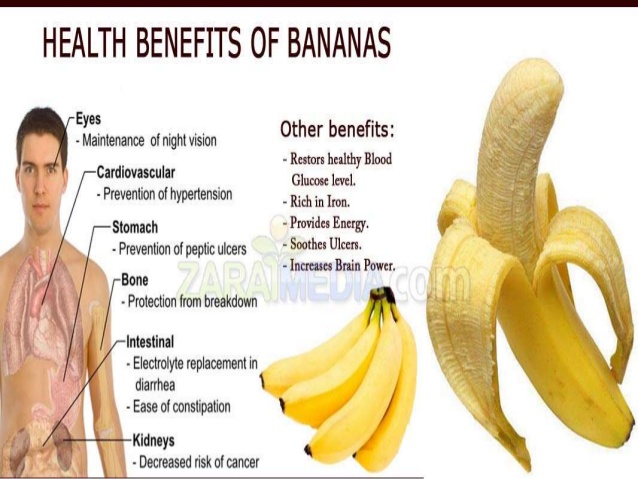
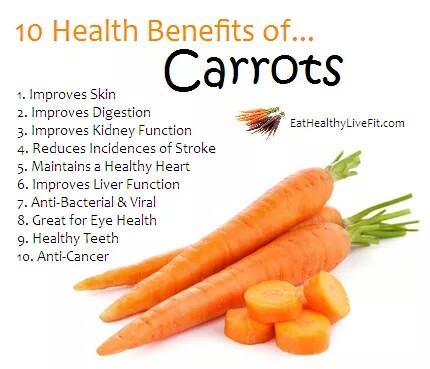
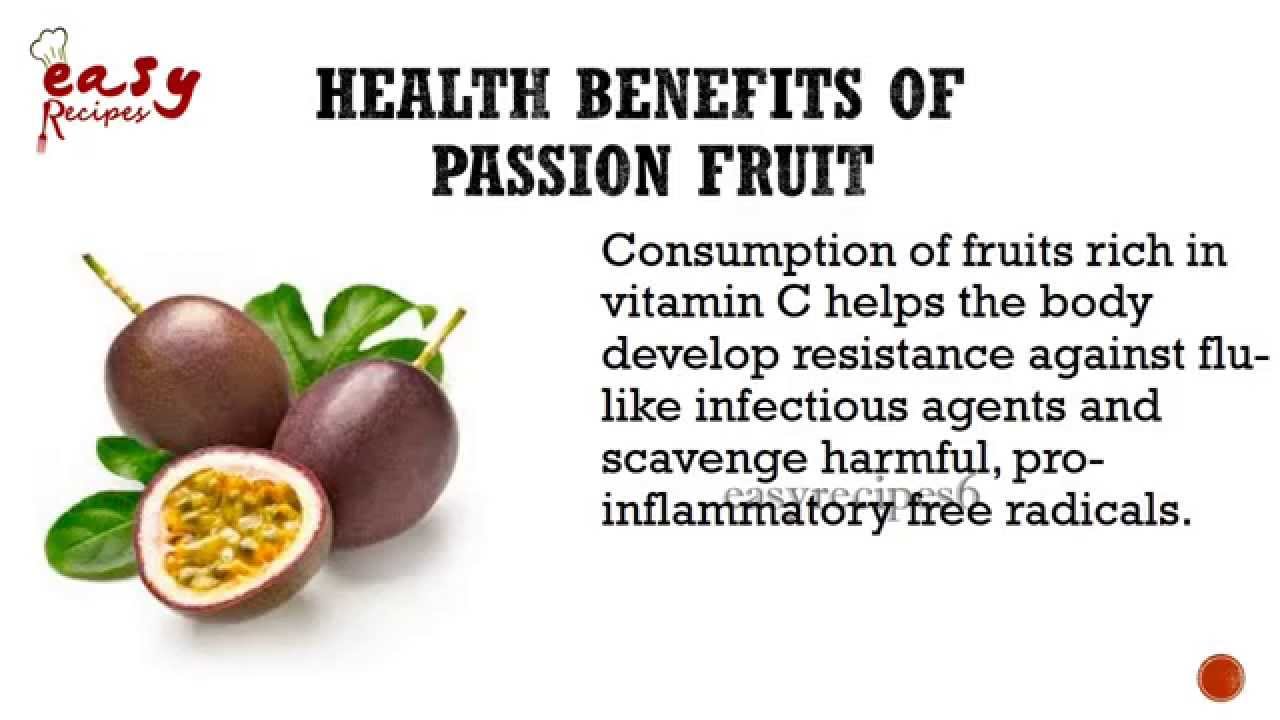
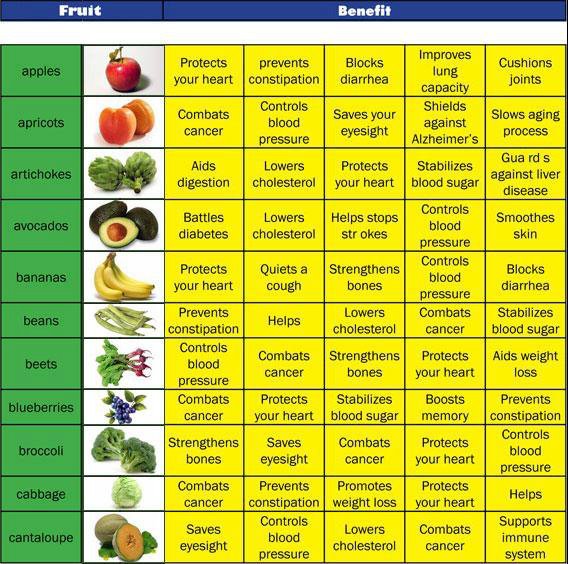
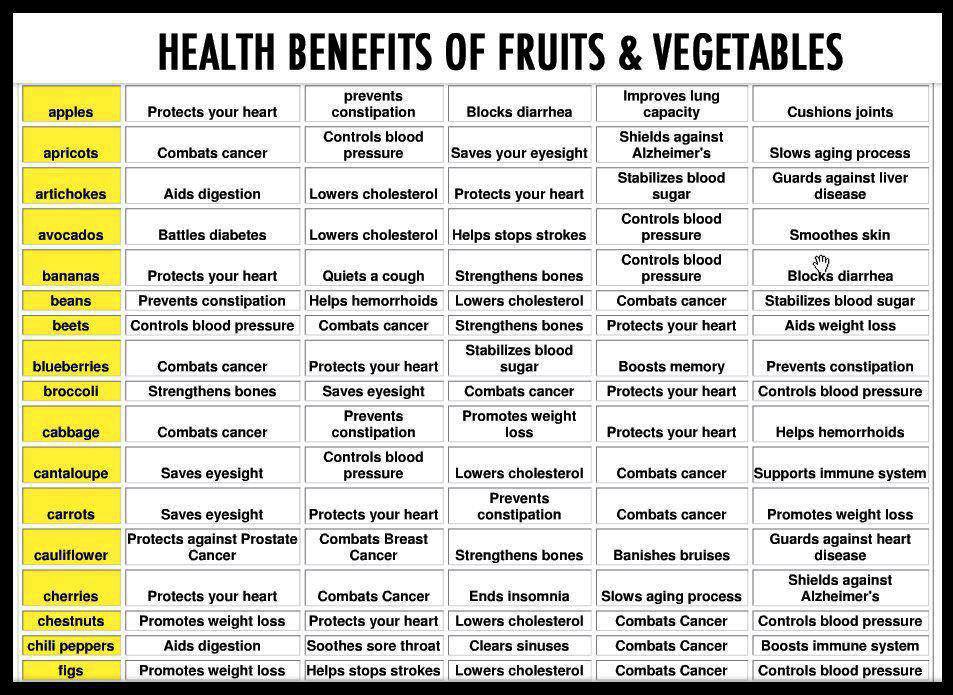
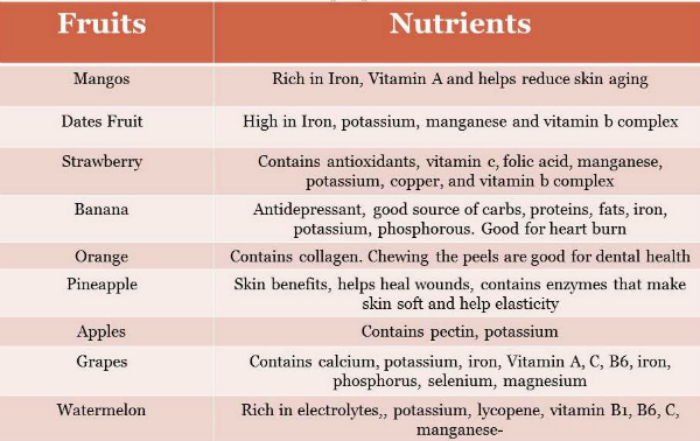
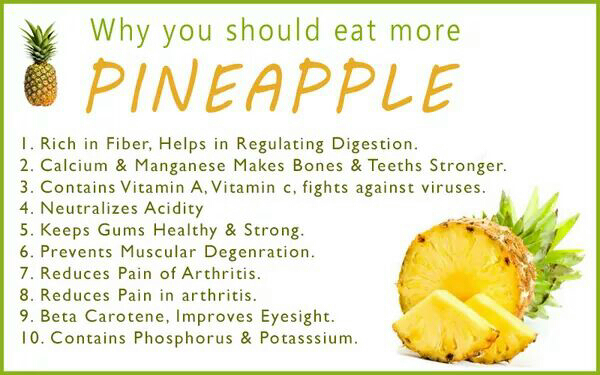










 hydration. Pregnant women are advised to consume no more than 200mg or caffeine a day. This is equivalent to about two mugs of instant coffee or about two and a half mugs of tea. Other hot drinks such as herbal teas, hot chocolates and malted drinks can provide water. If these drinks are sweetened with sugar it increases their calorie content. The sugar also increases their potential to damage teeth if good dental hygiene is not practiced.
hydration. Pregnant women are advised to consume no more than 200mg or caffeine a day. This is equivalent to about two mugs of instant coffee or about two and a half mugs of tea. Other hot drinks such as herbal teas, hot chocolates and malted drinks can provide water. If these drinks are sweetened with sugar it increases their calorie content. The sugar also increases their potential to damage teeth if good dental hygiene is not practiced.



 Research has found that diets don't work. Introducing healthy habits – even small ones to start – is the best way to maintain a healthy weight or work toward sustained weight loss. Read more and be inspired to make positive changes and additions in food and exercise rather than try to limit and restrict yourself.
Research has found that diets don't work. Introducing healthy habits – even small ones to start – is the best way to maintain a healthy weight or work toward sustained weight loss. Read more and be inspired to make positive changes and additions in food and exercise rather than try to limit and restrict yourself. 
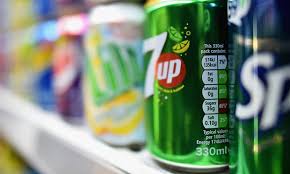











 Many parents worry about when and how to wean their little ones, but weaning needn't be a stressful time. Read our practical guide below to find out more about giving your baby his or her first solid foods. We have incorporated current guidance in this area to help your baby get a good start.
Many parents worry about when and how to wean their little ones, but weaning needn't be a stressful time. Read our practical guide below to find out more about giving your baby his or her first solid foods. We have incorporated current guidance in this area to help your baby get a good start.





 Current Government recommendations state that parents can give their baby foods containing peanuts from 6 months of age, but not before this time. Finely chopped/ground peanuts and peanut butter are ok to be introduced from 6 months of age in babies with no known allergies and no history of allergy in their immediate family. If you are concerned you can pay close attention to your baby for a few days after eating peanuts to spot any reaction. Note that chopped or whole nuts should not be given to children under 5 because of the risk of choking.
Current Government recommendations state that parents can give their baby foods containing peanuts from 6 months of age, but not before this time. Finely chopped/ground peanuts and peanut butter are ok to be introduced from 6 months of age in babies with no known allergies and no history of allergy in their immediate family. If you are concerned you can pay close attention to your baby for a few days after eating peanuts to spot any reaction. Note that chopped or whole nuts should not be given to children under 5 because of the risk of choking.
 Protein is made up of amino acids, which are the building blocks of your body's cells – and of your baby's. Essential amino acids are those that the body cannot make itself and so are needed from the diet. Most vegans and vegetarians get enough protein from their diets. However, it is important to consume a range of different proteins to make sure you get enough of all of the different essential amino acids. Soya is a particularly good source of protein for vegetarians and vegans as it contains a good range of essential amino acids.
Protein is made up of amino acids, which are the building blocks of your body's cells – and of your baby's. Essential amino acids are those that the body cannot make itself and so are needed from the diet. Most vegans and vegetarians get enough protein from their diets. However, it is important to consume a range of different proteins to make sure you get enough of all of the different essential amino acids. Soya is a particularly good source of protein for vegetarians and vegans as it contains a good range of essential amino acids. Iron is important for the normal growth and development of your baby. A lack of iron can make you feel tired too. Anaemia due to iron deficiency can often occur during pregnancy, and your doctor or midwife can diagnose this through a simple blood test.
Iron is important for the normal growth and development of your baby. A lack of iron can make you feel tired too. Anaemia due to iron deficiency can often occur during pregnancy, and your doctor or midwife can diagnose this through a simple blood test.  Calcium is important for the growth of your baby’s bones as well as helping to maintain yours. Calcium is also important when breastfeeding and requirements for calcium increase during this time. Dairy foods, such as milk and yogurt, are a good source of calcium. Try to select low fat versions where possible, these are likely to contain at least the same amount of calcium but without the extra calories. Cheese is also a great source of calcium but many can be high in fat and salt so eat in moderation and choose reduced-fat varieties where possible. Many varieties of cheese are safe to eat in pregnancy. However, some cheeses aren't safe to eat including soft cheeses with white rinds (e.g. brie and chevre) and soft blue veined cheese (e.g. Danish blue).
Calcium is important for the growth of your baby’s bones as well as helping to maintain yours. Calcium is also important when breastfeeding and requirements for calcium increase during this time. Dairy foods, such as milk and yogurt, are a good source of calcium. Try to select low fat versions where possible, these are likely to contain at least the same amount of calcium but without the extra calories. Cheese is also a great source of calcium but many can be high in fat and salt so eat in moderation and choose reduced-fat varieties where possible. Many varieties of cheese are safe to eat in pregnancy. However, some cheeses aren't safe to eat including soft cheeses with white rinds (e.g. brie and chevre) and soft blue veined cheese (e.g. Danish blue).

 A healthy balanced diet is also important when you are breastfeeding to help your baby get all the nutrients he/she needs to grow. For vegetarian and vegan mums, the nutrients mentioned previously for pregnancy are things to still be aware of during breastfeeding.
A healthy balanced diet is also important when you are breastfeeding to help your baby get all the nutrients he/she needs to grow. For vegetarian and vegan mums, the nutrients mentioned previously for pregnancy are things to still be aware of during breastfeeding.
 Shark, marlin and swordfish, as they can contain high levels of mercury that can harm your baby’s developing nervous system. Tuna can also contain mercury, so you should not eat more than two tuna steaks or four cans a week.
Shark, marlin and swordfish, as they can contain high levels of mercury that can harm your baby’s developing nervous system. Tuna can also contain mercury, so you should not eat more than two tuna steaks or four cans a week.